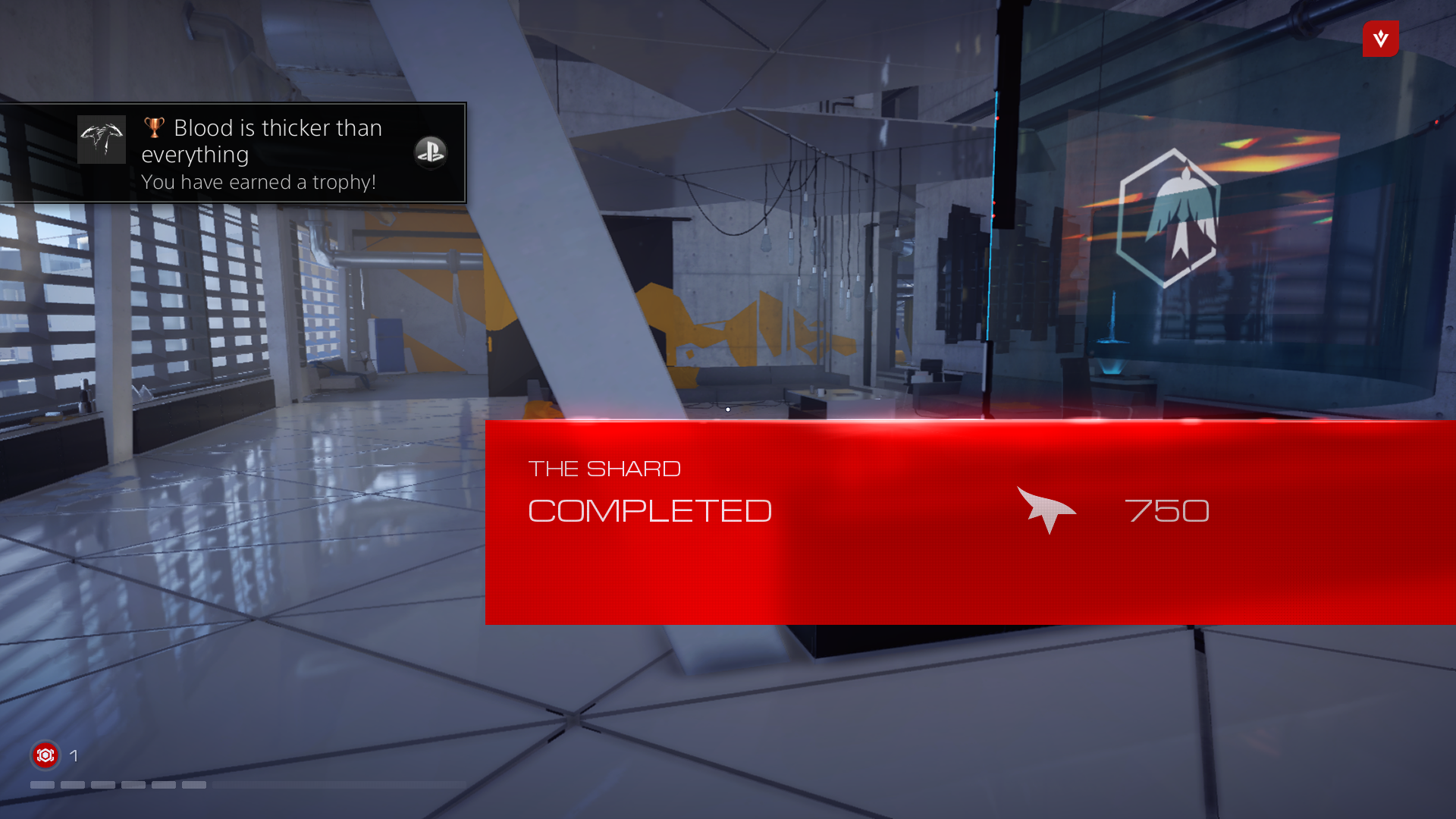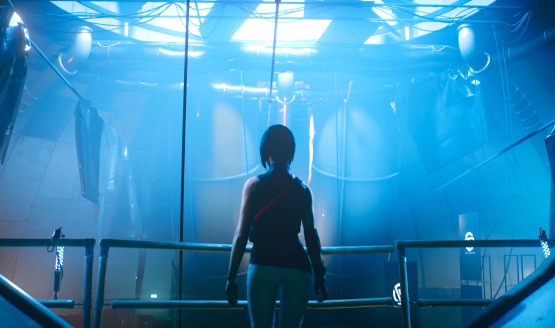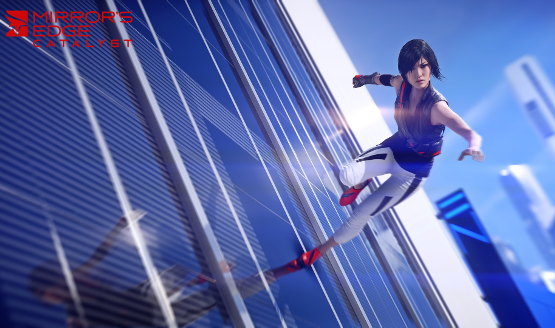
It has been nearly eight whole years since the original Mirror’s Edge released. The series has always been divisive – you either loved it, or hated it. It’s been a long road to get this sequel out the door, but now it’s time to see if DICE and crew were able to lift Faith up to new heights, or if the series should have been left alone after all this time. Read our Mirror’s Edge Catalyst review to find out.
Better Than Before
Mirror’s Edge Catalyst improves upon the original in every conceivable way. The city looks better (if a bit unpopulated). Combat has mercifully been improved. The open-world concept actually works quite well. Loading times are very short. Runner’s vision is helpful, and also optional for those masochists out there. We’ll dive into each of these sections below, but if you’re looking for the skinny: Mirror’s Edge Catalyst is the sequel the fans have been yearning for.
If you were never comfortable with Mirror’s Edge’s control scheme, then Catalyst will only compound on your issues. Besides jumping with L1 and crouching/sliding with L2, thanks to several new attachments to Faith’s right wrist, you also need to pay attention when to hold L1 to use a grappling hook-like device, or X to pull certain items towards you. The new gadgets open up new ways of traveling, though they feel a little underutilized. Otherwise, controls remain the same as in the original.
Combat sucked in the first Mirror’s Edge. Here, it’s not nearly as bad, but can still be aggravating from time to time. Thankfully, you cannot pick up a gun in Catalyst, which, as anyone who played the original can tell you, is a good thing. You will, however, likely kill a few enemies as you send them plunging to their deaths. Faith is an adept fighter, and if you keep your speed up, your focus shield fills up, and acts like a literal shield from enemy damage for a few hits. Rotating around enemies and knocking them into each other becomes one of your better tactics, as well as using the environment to your advantage to perform flying kicks. A new progression system starts you out missing a few key abilities from the first game, but you level up quite quickly and should have all of Faith’s moves unlocked in no time. Without spoiling anything, I will say that the game’s final mission is a show of DICE and/or EA’s massive lack of confidence in the game’s combat mechanics.
Good Production Values
Mirror’s Edge Catalyst maintains the original’s look and feel of the city of Glass, which was unnamed in the first game. Expect to see a mostly pristine utopia, with a seedy underside that can only be glimpsed at from the surface. The Frostbite 3 engine performs very well, though some texture pop-in can be seen at high speeds, though only on distant screens that are playing video – anything that’s important does not appear to have this problem. As you traverse this sprawling city, you’ll be given a short bit of information about the area in which you currently find yourself, as well as stats on what you’ve collected thus far. One issue that may bother some is that the city is very sparsely populated. Perhaps most of the city’s inhabitants are indoors, but you rarely see anyone inside any buildings, even including luxury apartments and lobbies. It’s a little jarring, however this does fit in with the game’s narrative of a subdued populace, complacent with their lot in life as conglomerate slaves.
The soundtrack is once again composed by Solar Fields, who also created the memorable soundtrack to the original game. The audio work is hard to describe, but fits right in with the dystopian outlook that the game’s protagonist and other characters have on the supposed utopia of Glass. There’s also howling wind whenever you’re perched up high on a skyscraper, and the familiar squeak of sneaker meeting glass or polished platform as you run around.
DICE probably found themselves at a tough spot when it came time to pen Catalyst’s story. Since the story here focuses on Faith’s past, it’s not as if the conglomerate known as KrugerSec could be overthrown in this game. But they came up with a new cast of characters, with more than a few nods to the game’s roots. There’s Noah, Faith’s father figure and leader of a group of rebels. Icarus is a douche, at least when you first meet him. Naturally, the story progresses and he and Faith bond a little bit. The story this time around is a bit more fleshed out, though it has an abrupt ending, which, given the constraints placed upon the team due to the story of the original Mirror’s Edge, is the best we could hope for.
Open World Works
One major change in Catalyst is the game’s change to an open-world. Some may think that this is an odd fit when the original game was so linear, but it works quite well. The city has been expanded, and named, with different areas to explore, each featuring a certain architecture style and caste of citizens. From down in the underbelly of the city’s sewers, up to the clouds in the highest of skyscrapers, the city of Glass has a lot to take in, and you are free to roam about it from the game’s outset. If you so desire, you can ignore the story missions and opt to do side jobs, or compete online with Catalyst’s asynchronous user generated content. While the main campaign can be completed in around 8 hours or so, the game’s longevity lies in the side missions and user generated content. I’d expect a play time of closer to 30 hours to achieve the coveted Platinum trophy. Obtaining a three-star rating on all of the game’s time trials will take a lot of patience, skill, and muscle memory.
Mirror’s Edge Catalyst continues in the series tradition of being a divisive game. If you loved the original Mirror’s Edge, you will likely love Catalyst as well. On the other hand, the same issues that some people had with the first game are still present in Catalyst. This doesn’t feel like it’s going to win over any non-fans of the franchise. Yet, I wouldn’t say that is a bad thing. Mirror’s Edge Catalyst knows exactly what it is, and more importantly what it is not. It is a stylish platforming game that just so happens to be in the first-person perspective; it is not a shooter, and it is not for everyone. The change to an open-world map was a huge gamble, but it paid off. This is a more-realized version of the original Mirror’s Edge, and is a fun game in its own right.
Mirror’s Edge Catalyst review code provided by publisher. For more information on scoring please see our Review Policy here.
-
Open-world setting works well
-
More fully-realized version of original
-
City of Glass looks great
-
Combat can still frustrate
-
Occasionally unreliable platforming
Mirror's Edge Catalyst Review
-
Mirrors Edge Catalyst Review 01
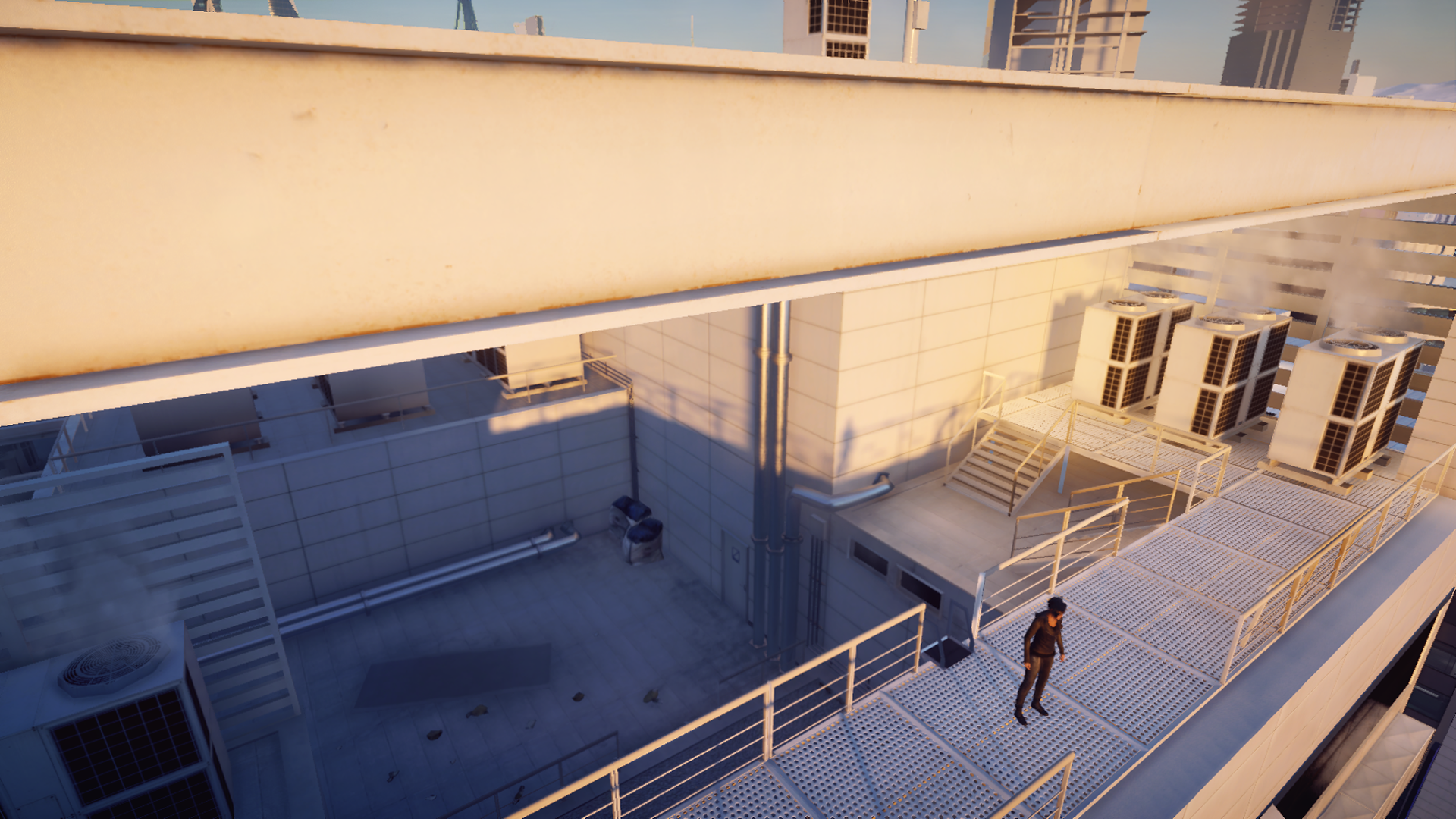
-
Mirrors Edge Catalyst Review 02
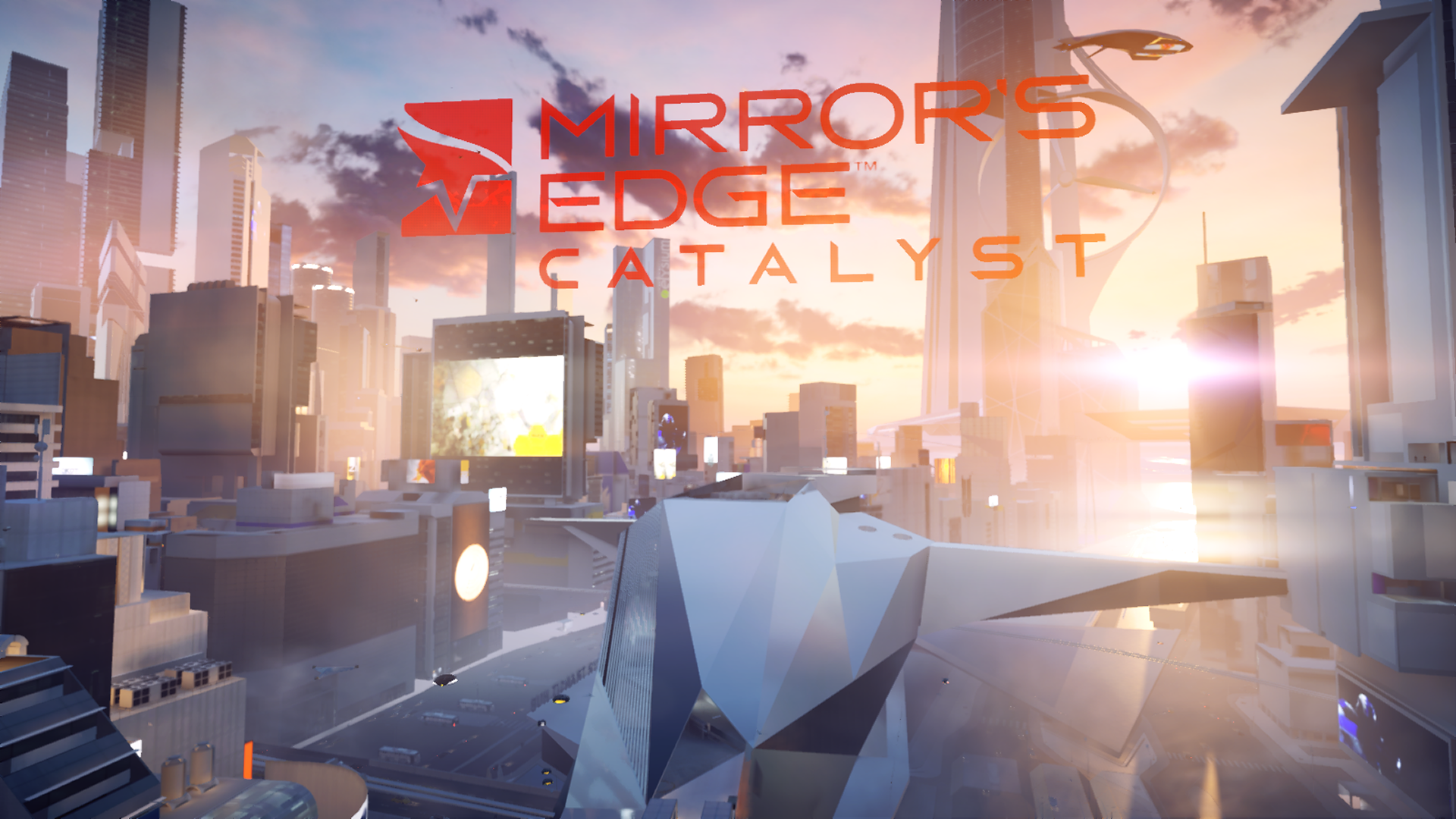
-
Mirrors Edge Catalyst Review 03
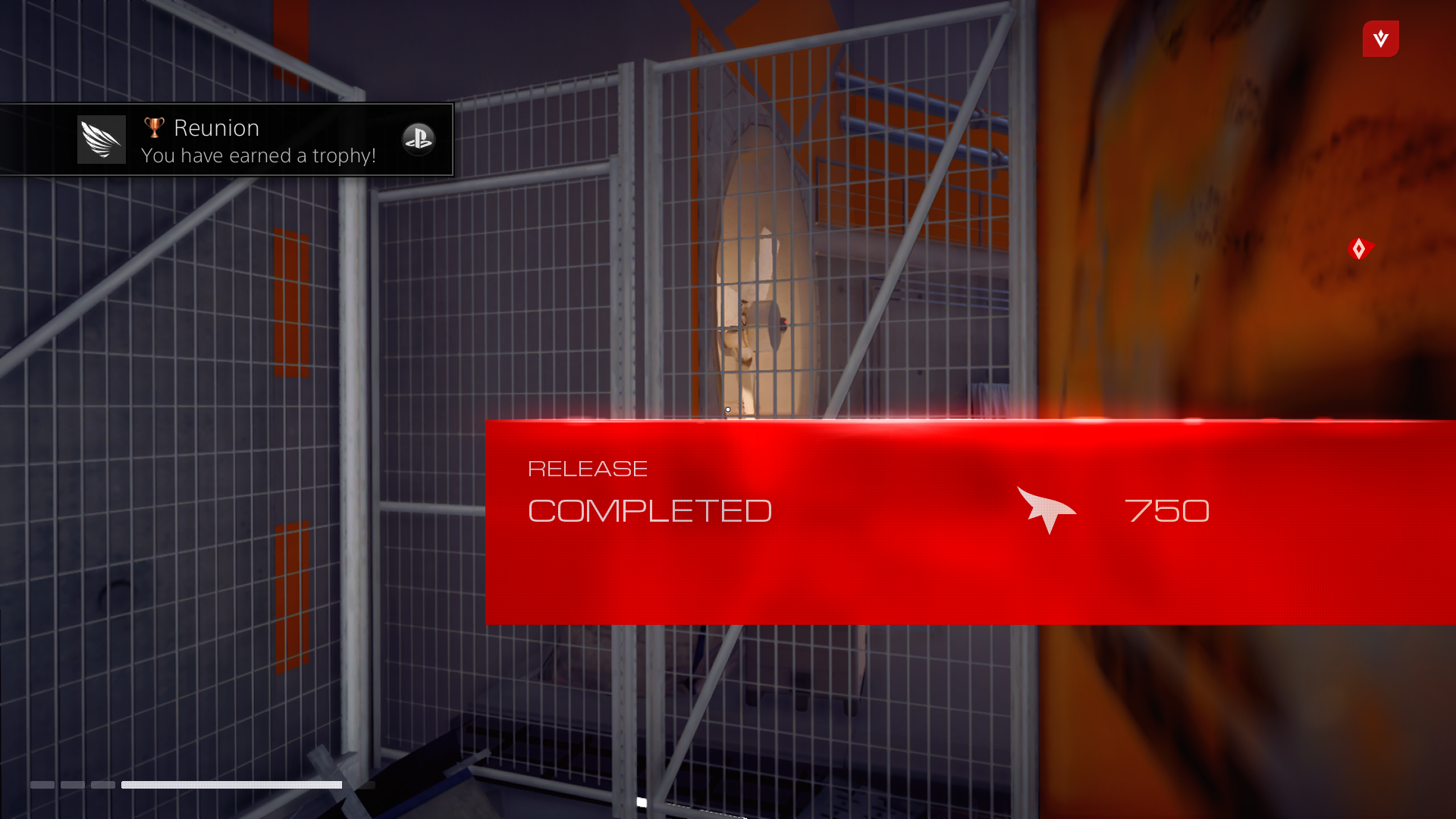
-
Mirrors Edge Catalyst Review 04
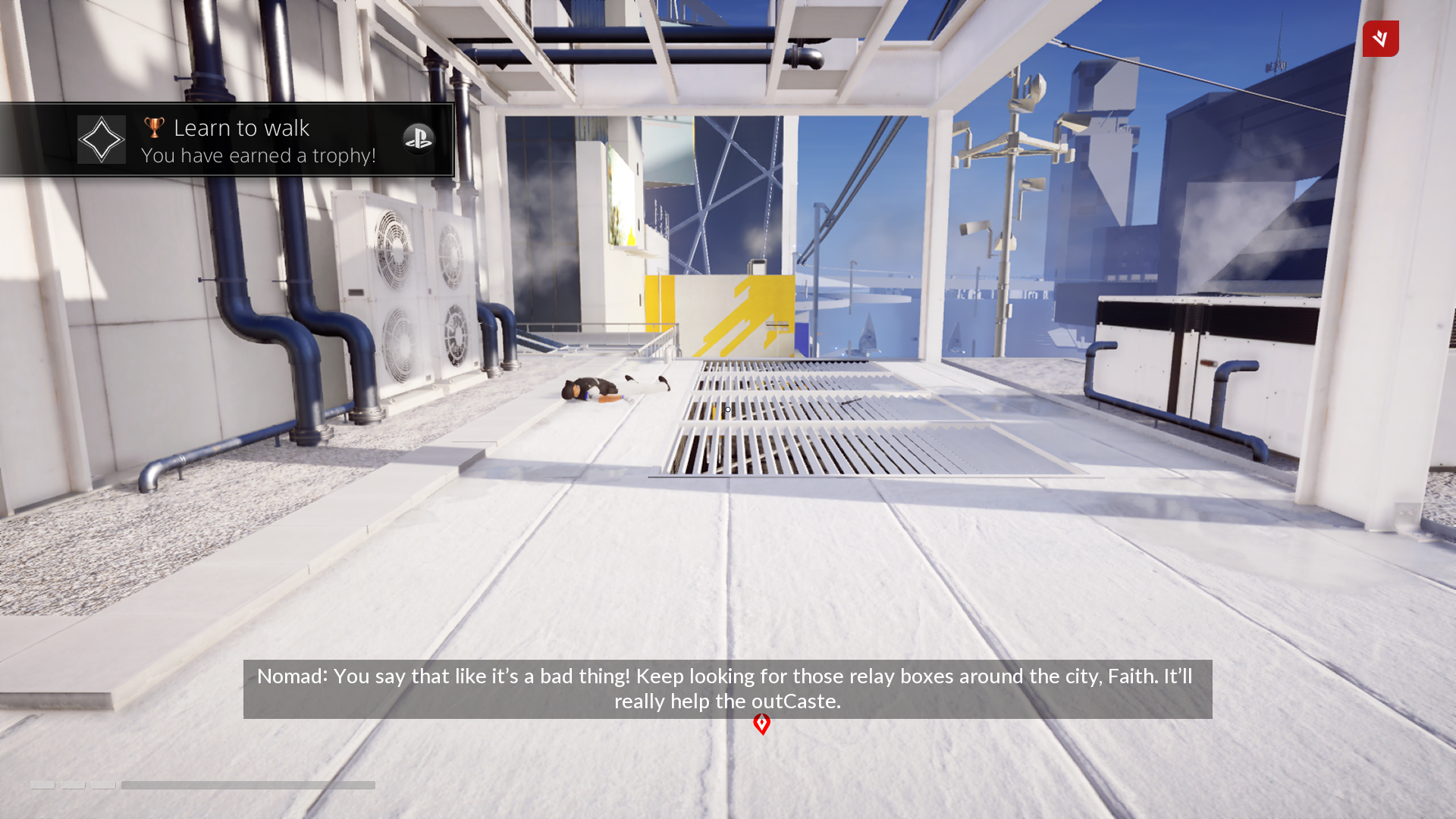
-
Mirrors Edge Catalyst Review 05
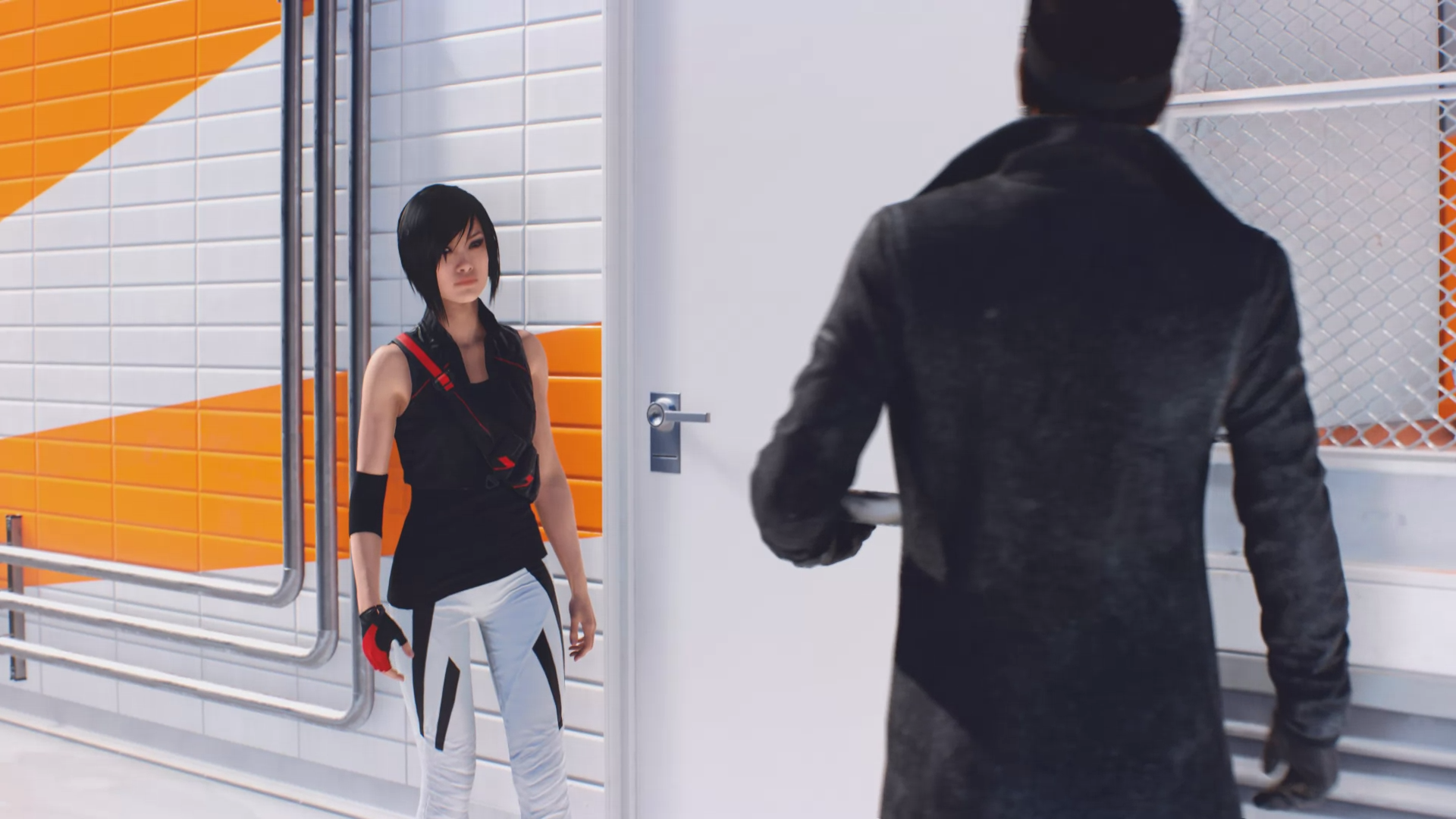
-
Mirrors Edge Catalyst Review 06
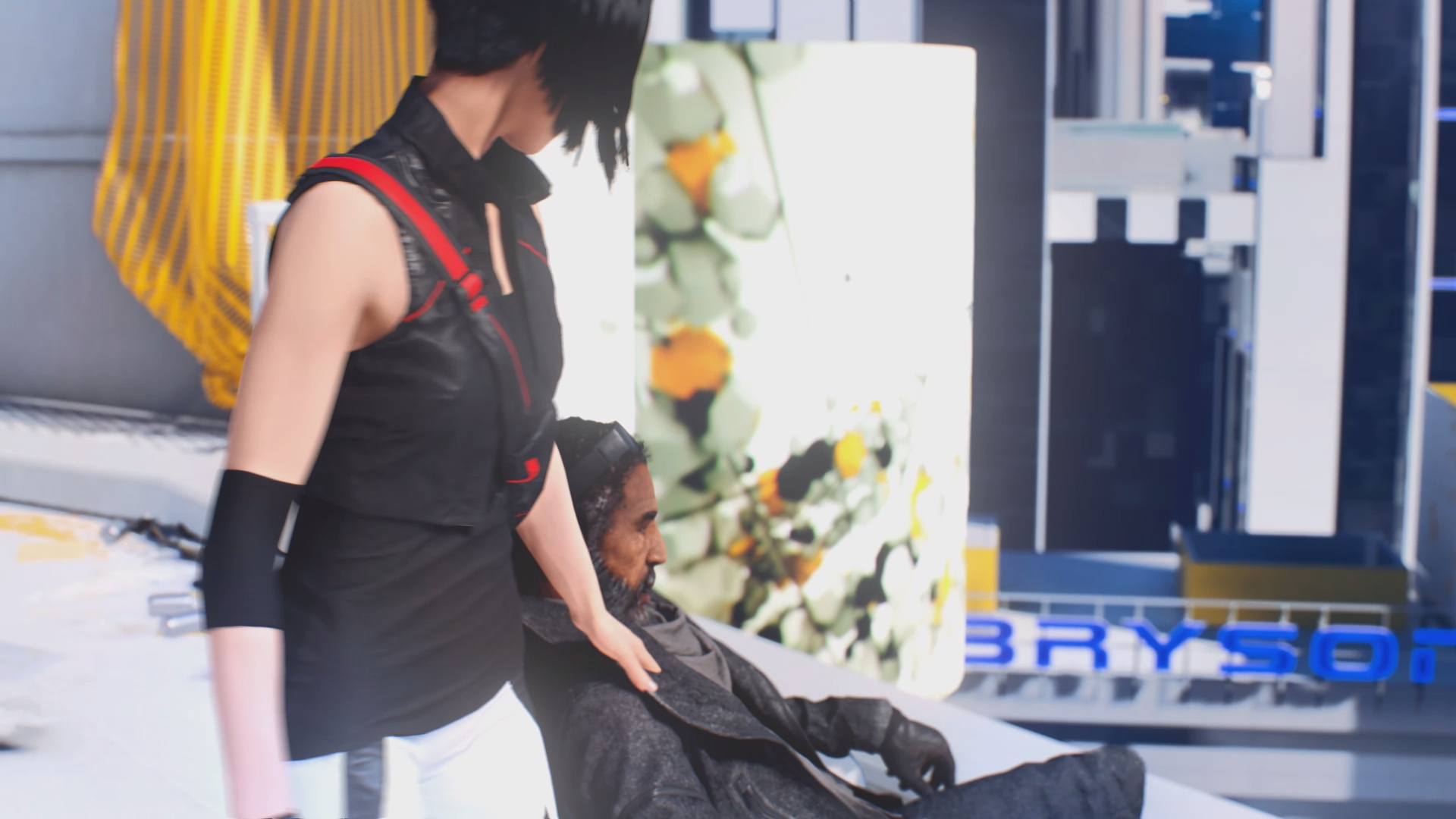
-
Mirrors Edge Catalyst Review 07

-
Mirrors Edge Catalyst Review 08
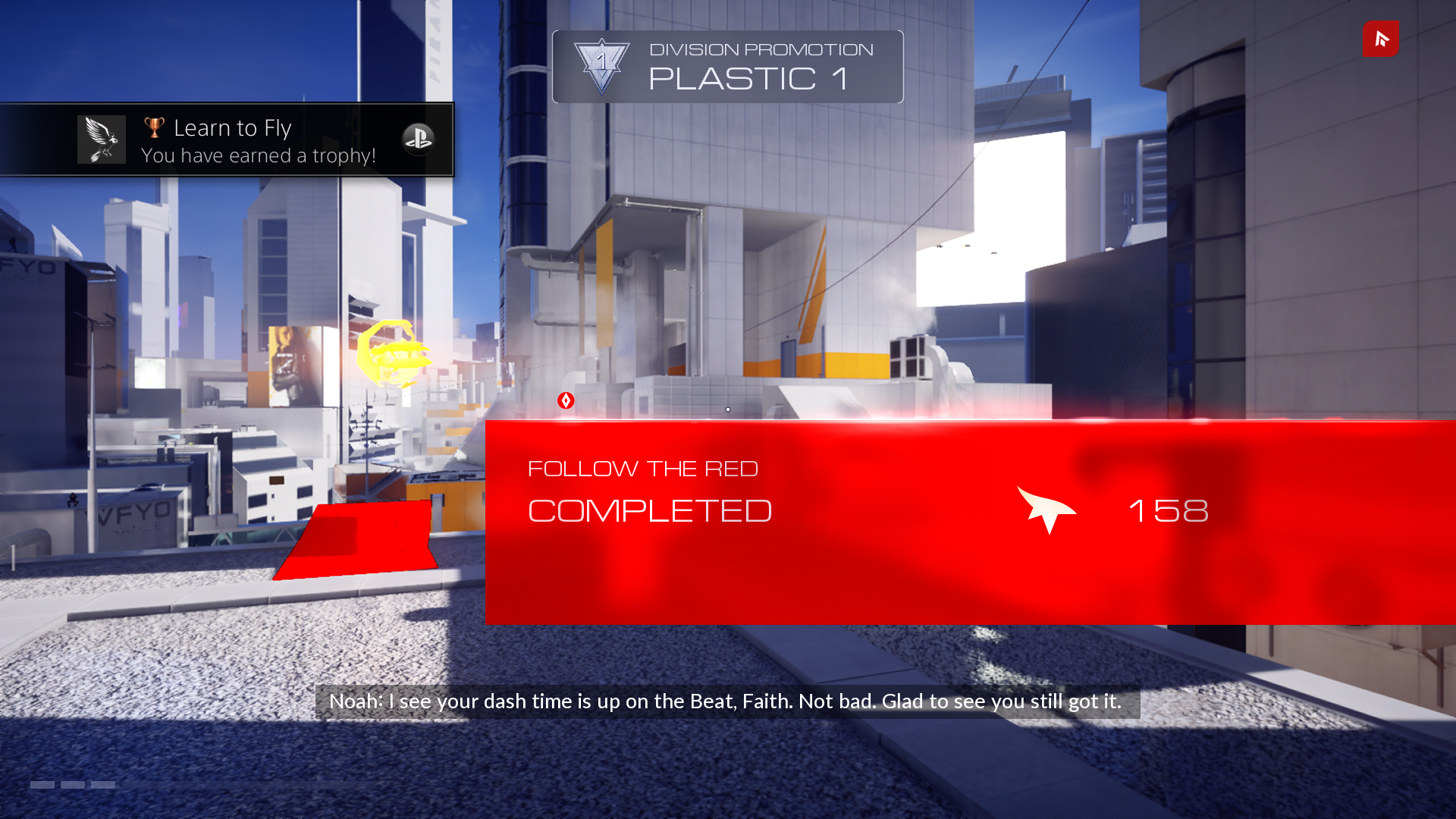
-
Mirrors Edge Catalyst Review 09
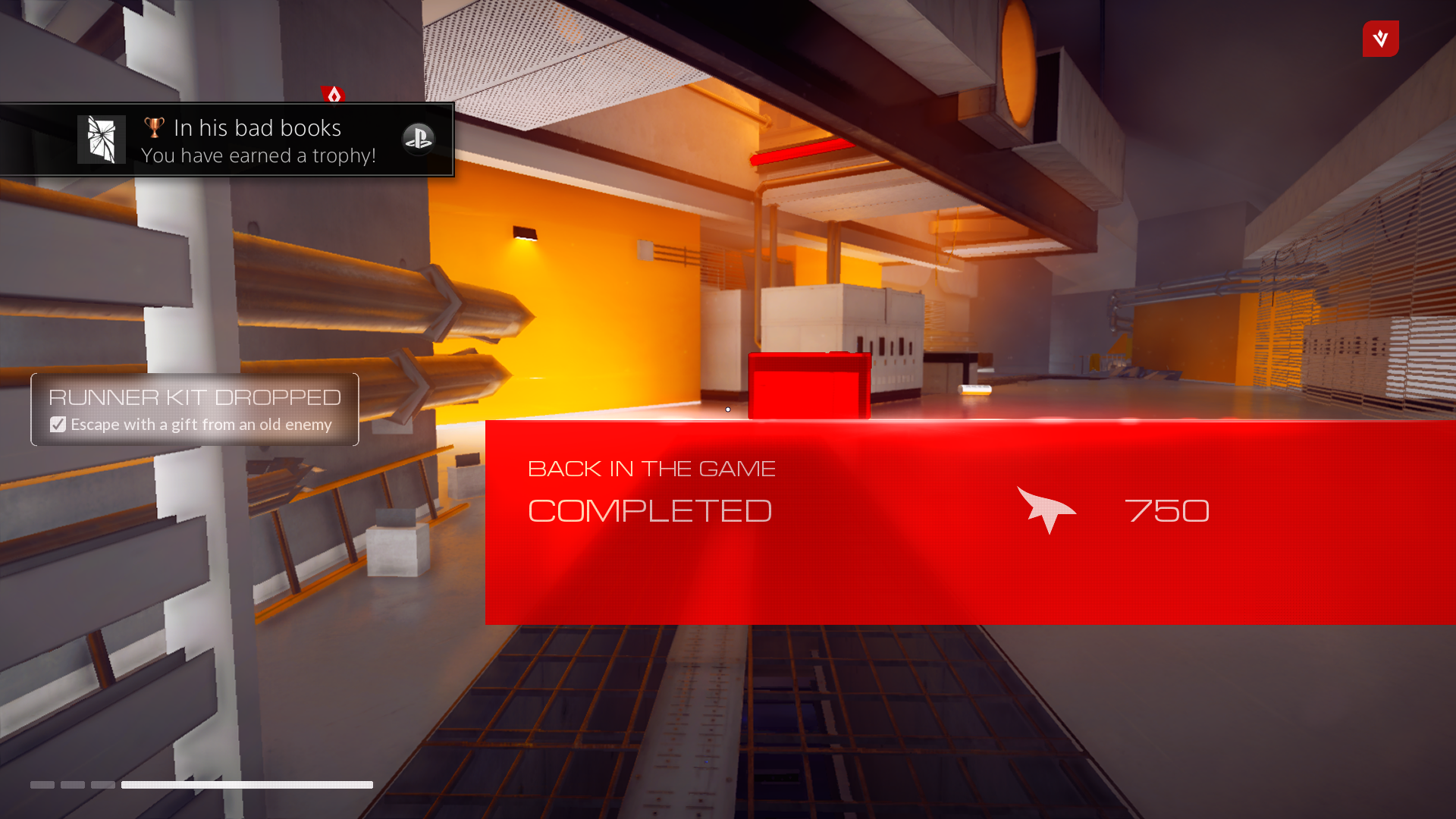
-
Mirrors Edge Catalyst Review 10
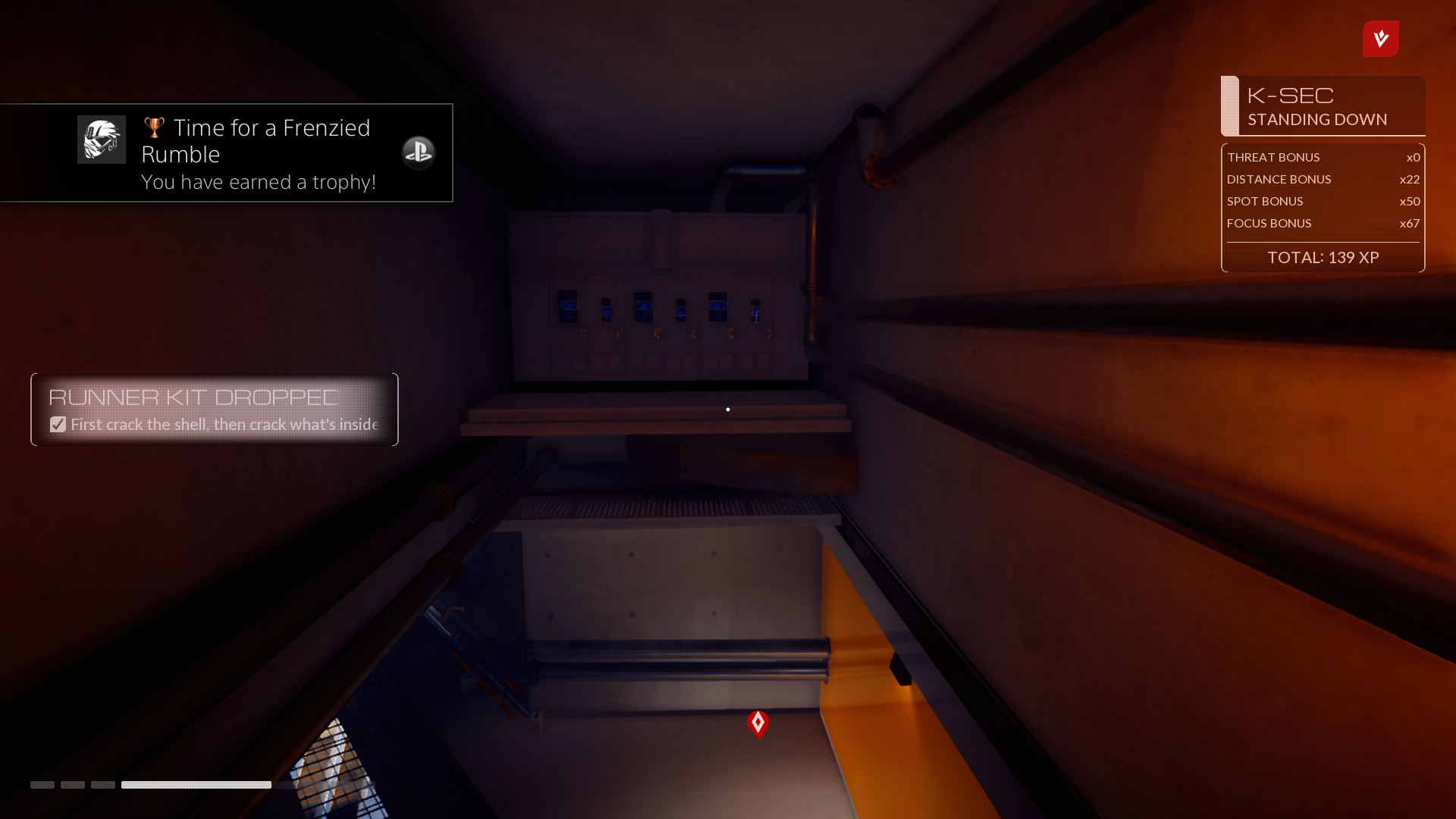
-
Mirrors Edge Catalyst Review 11
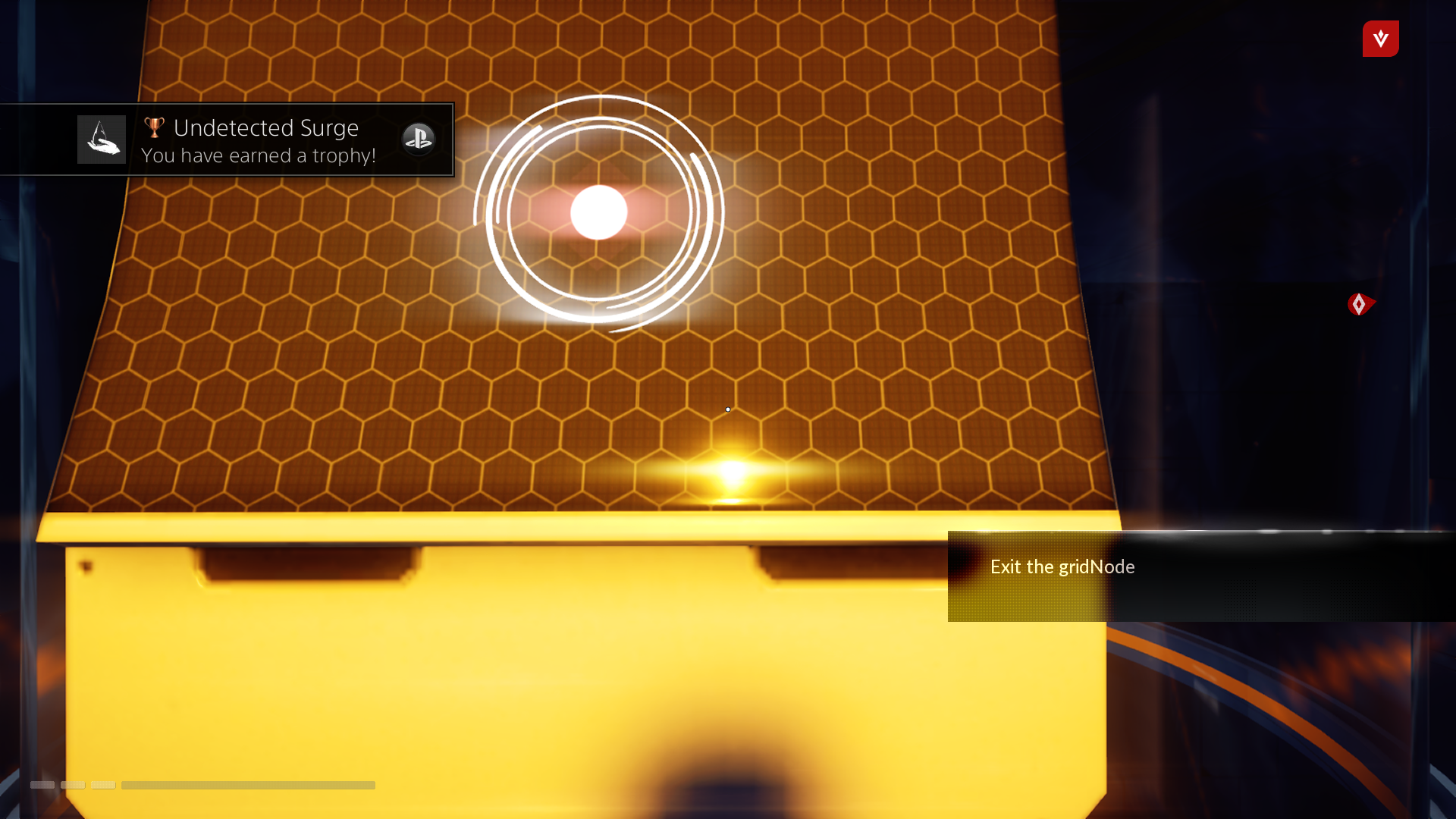
-
Mirrors Edge Catalyst Review 12
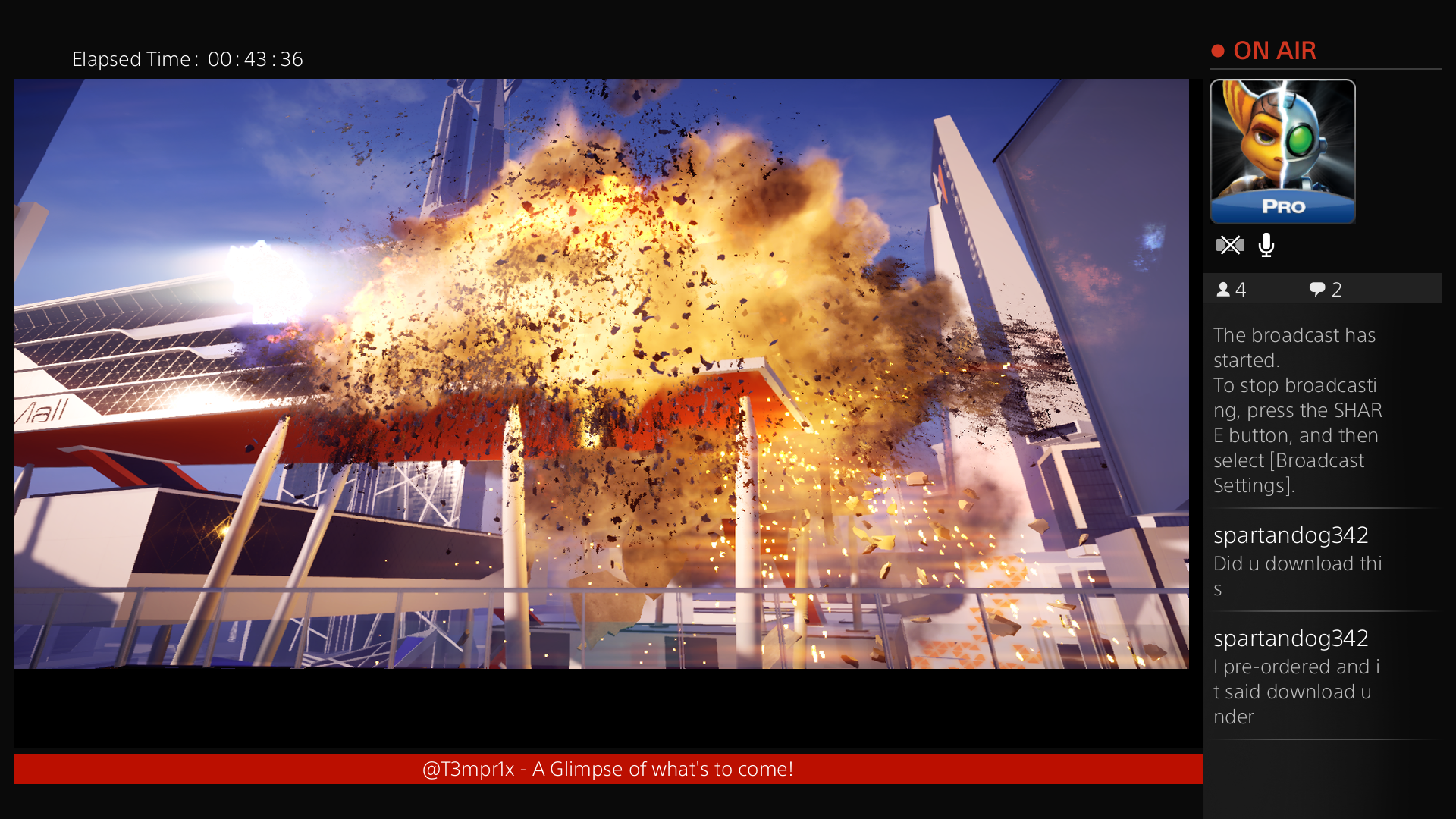
-
Mirrors Edge Catalyst Review 13
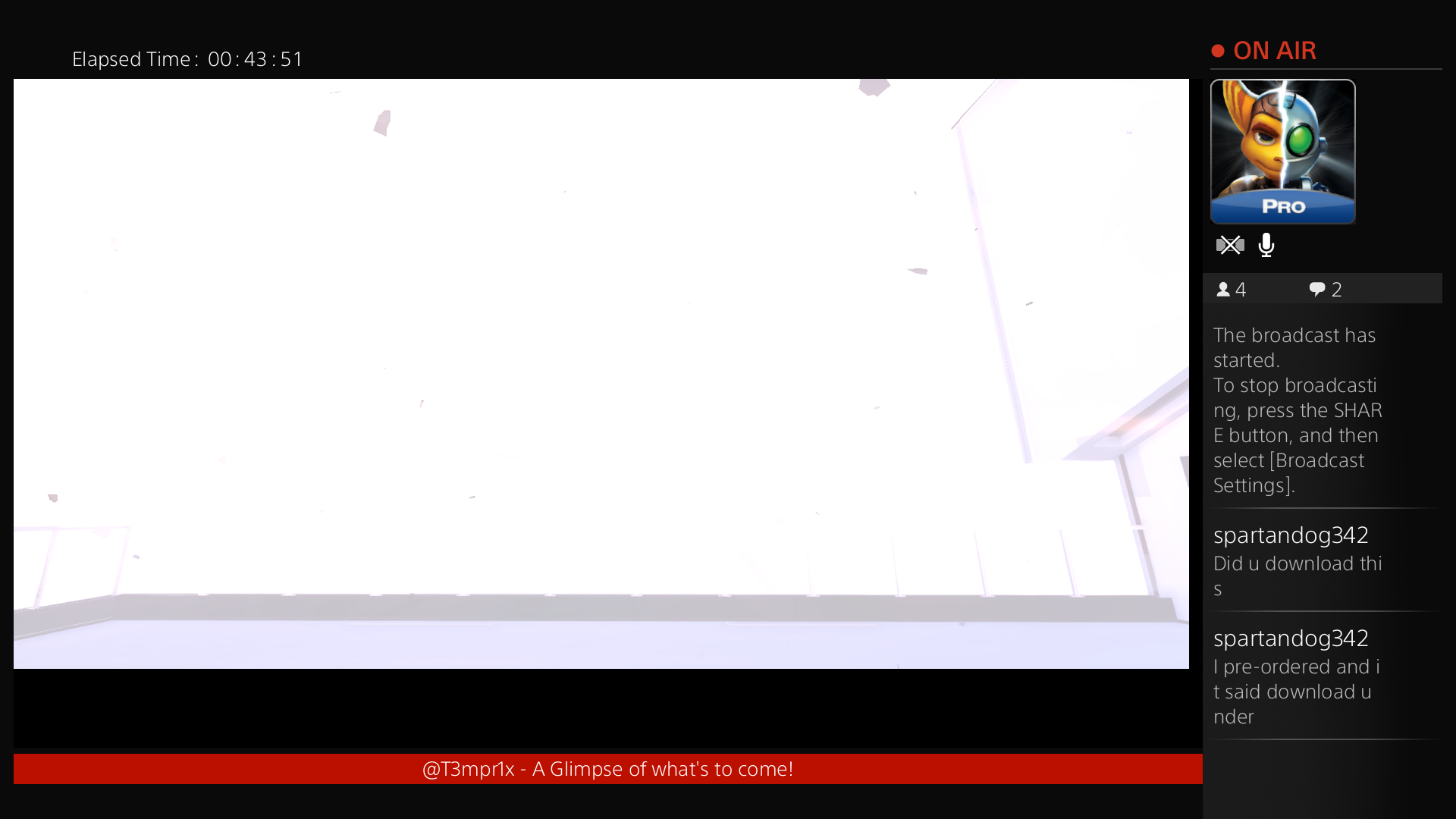
-
Mirrors Edge Catalyst Review 14
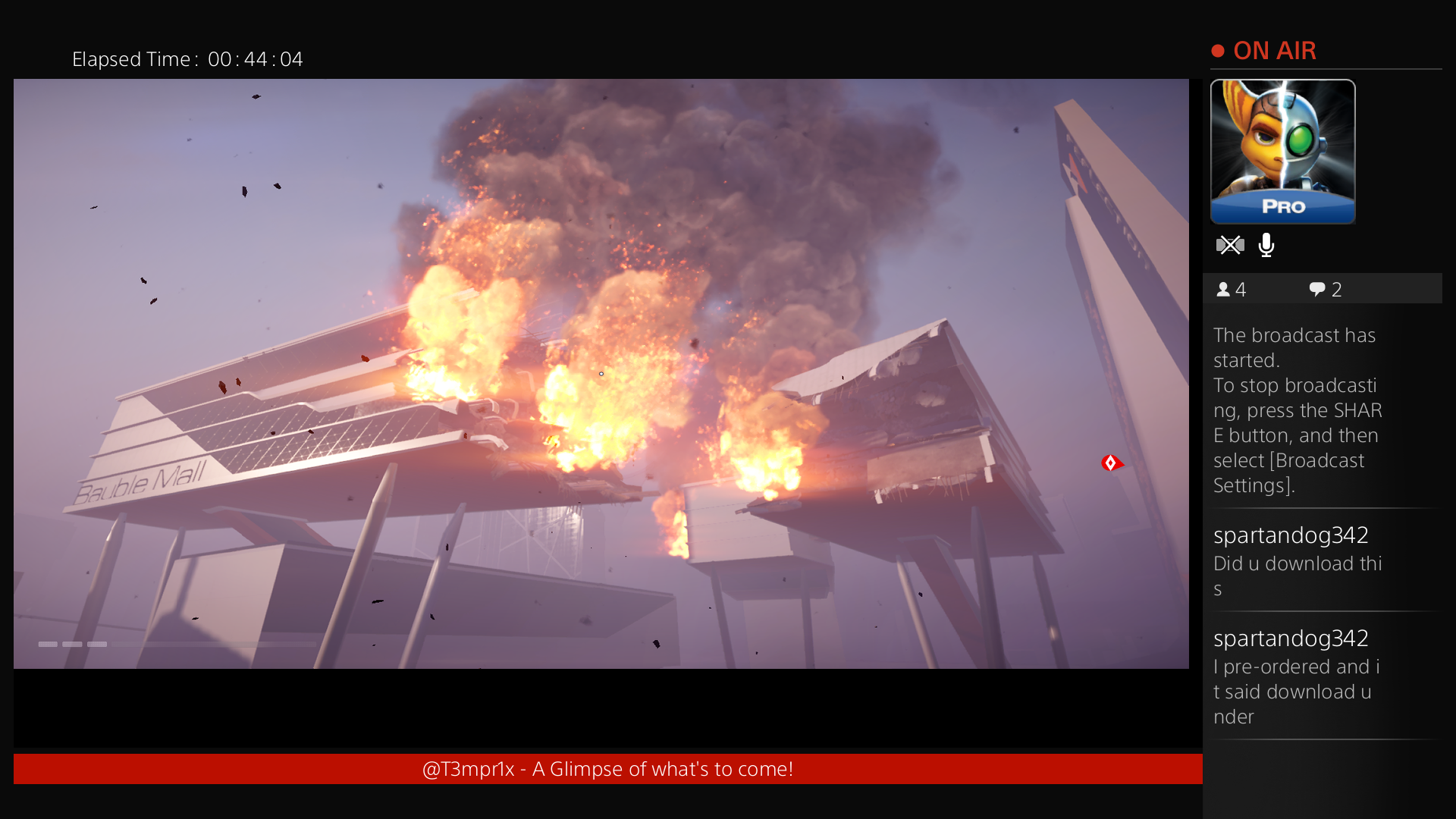
-
Mirrors Edge Catalyst Review 15
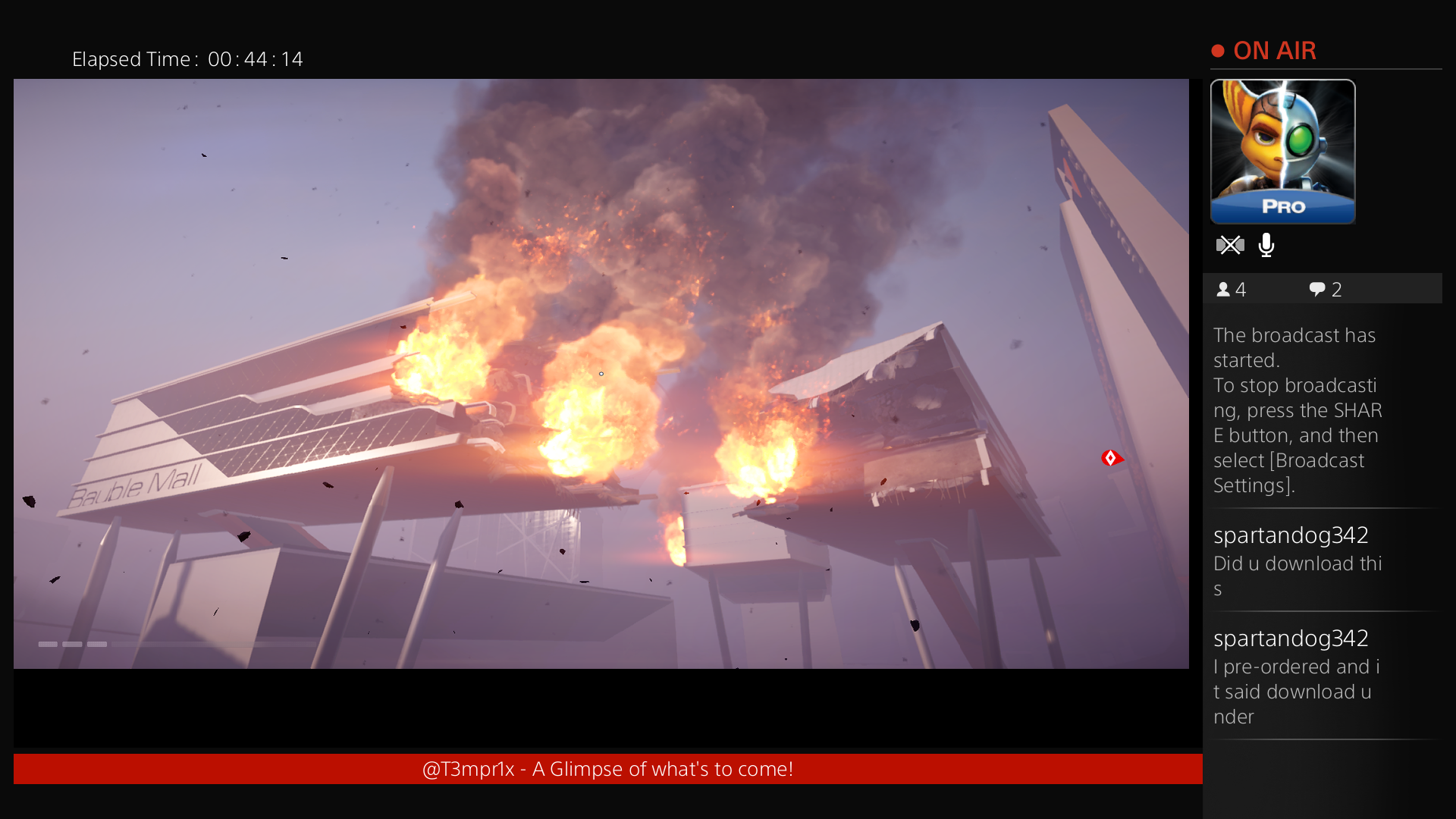
-
Mirrors Edge Catalyst Review 16
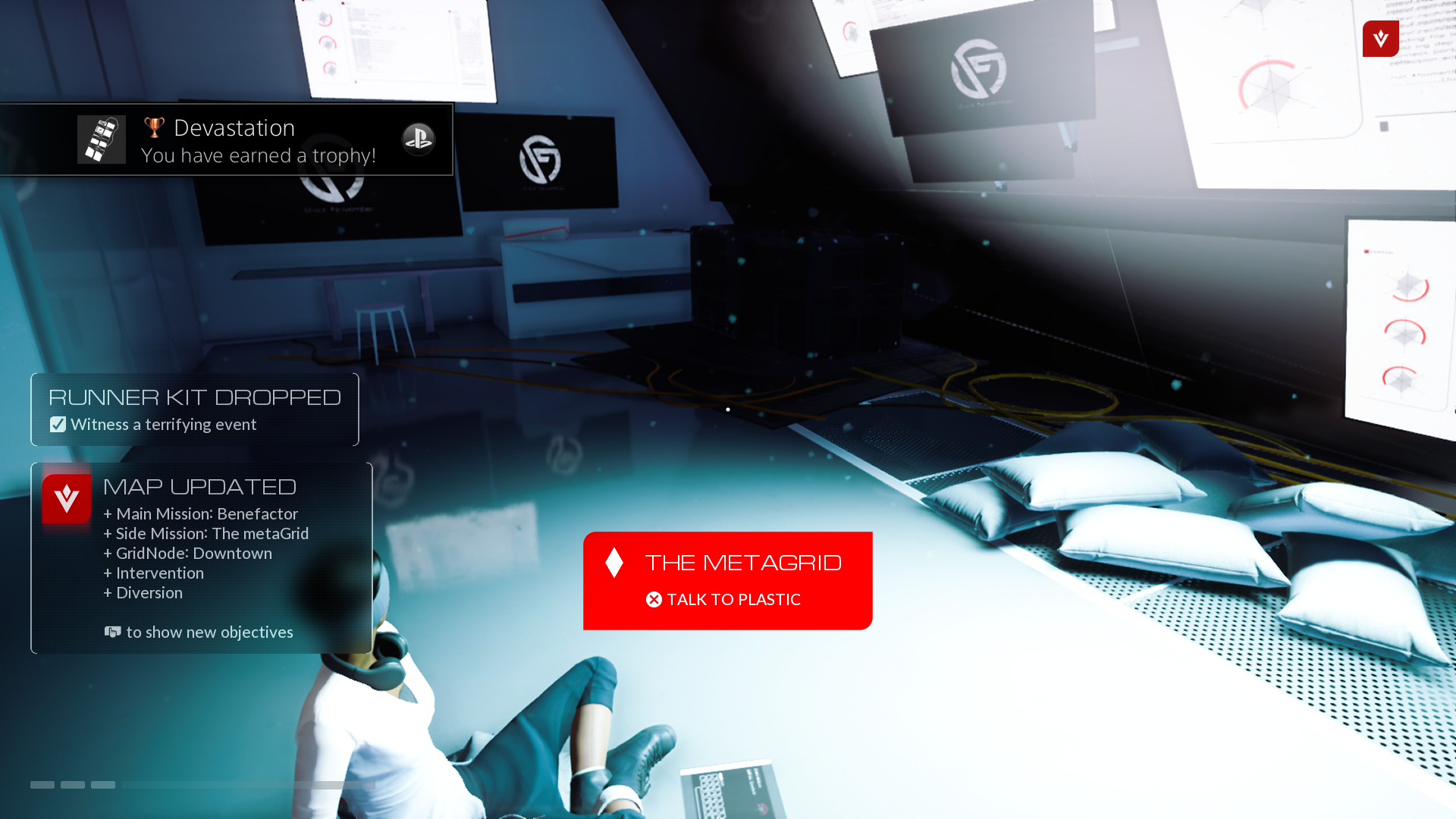
-
Mirrors Edge Catalyst Review 17
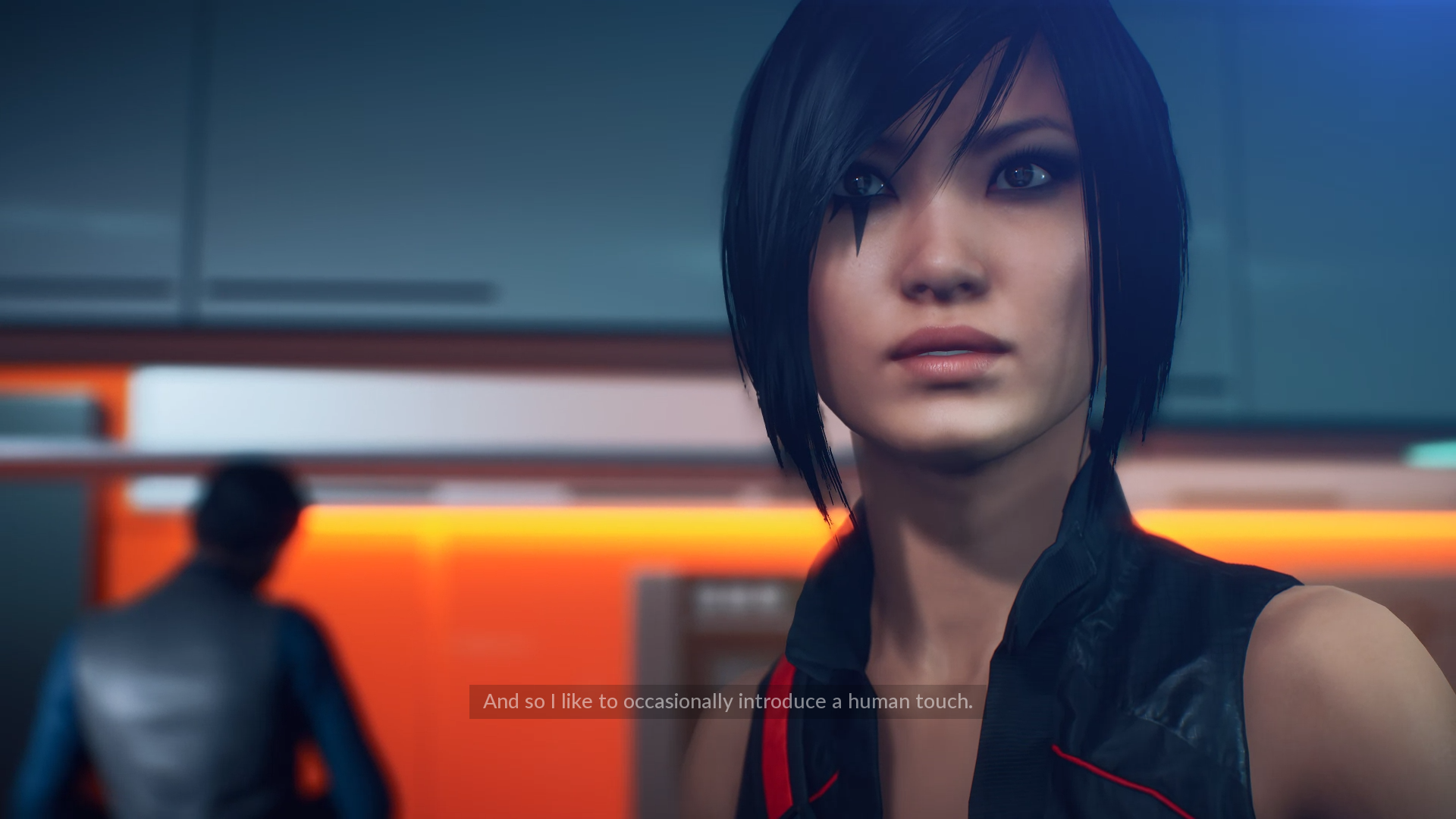
-
Mirrors Edge Catalyst Review 18
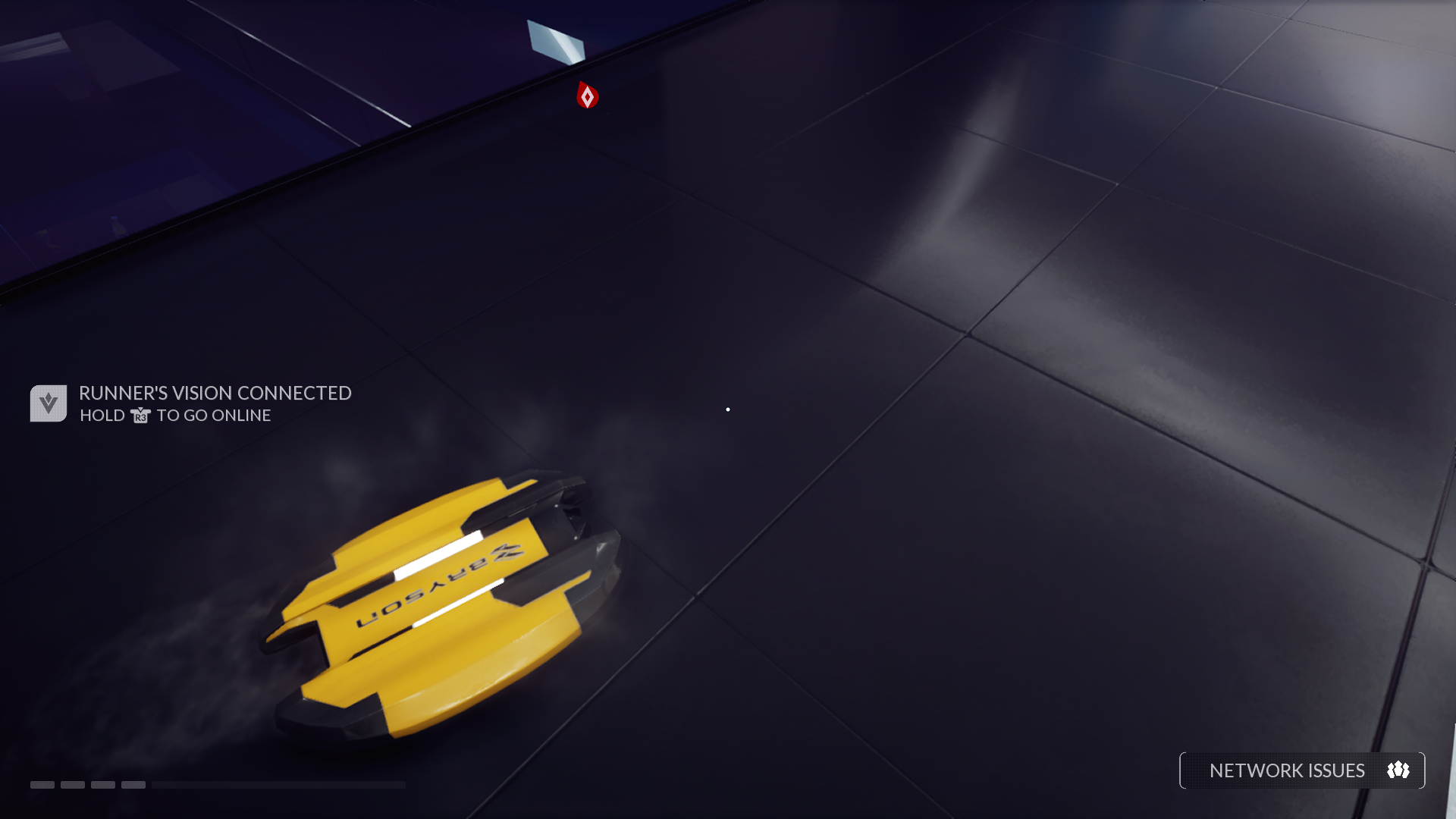
-
Mirrors Edge Catalyst Review 19
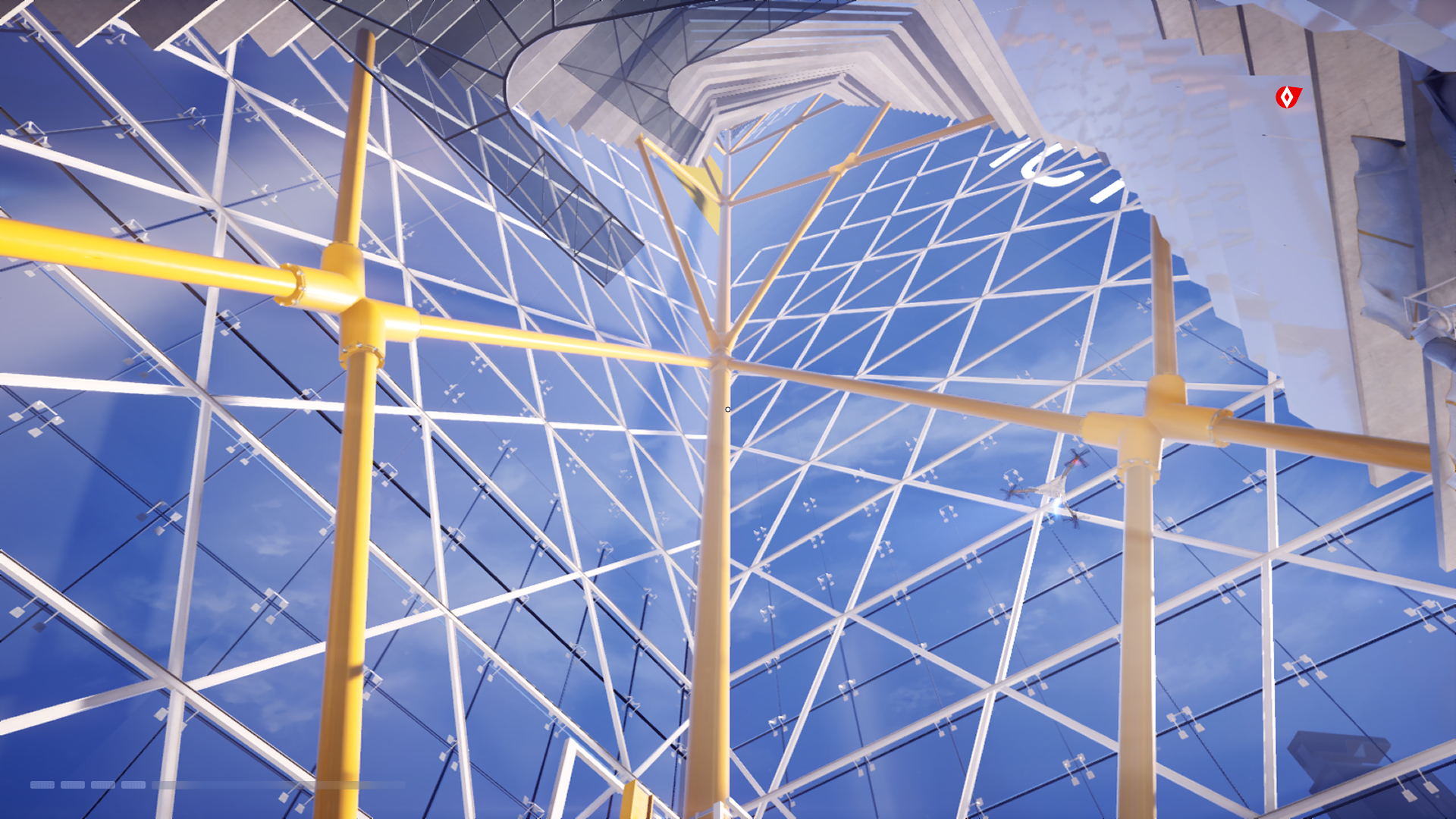
-
Mirrors Edge Catalyst Review 20
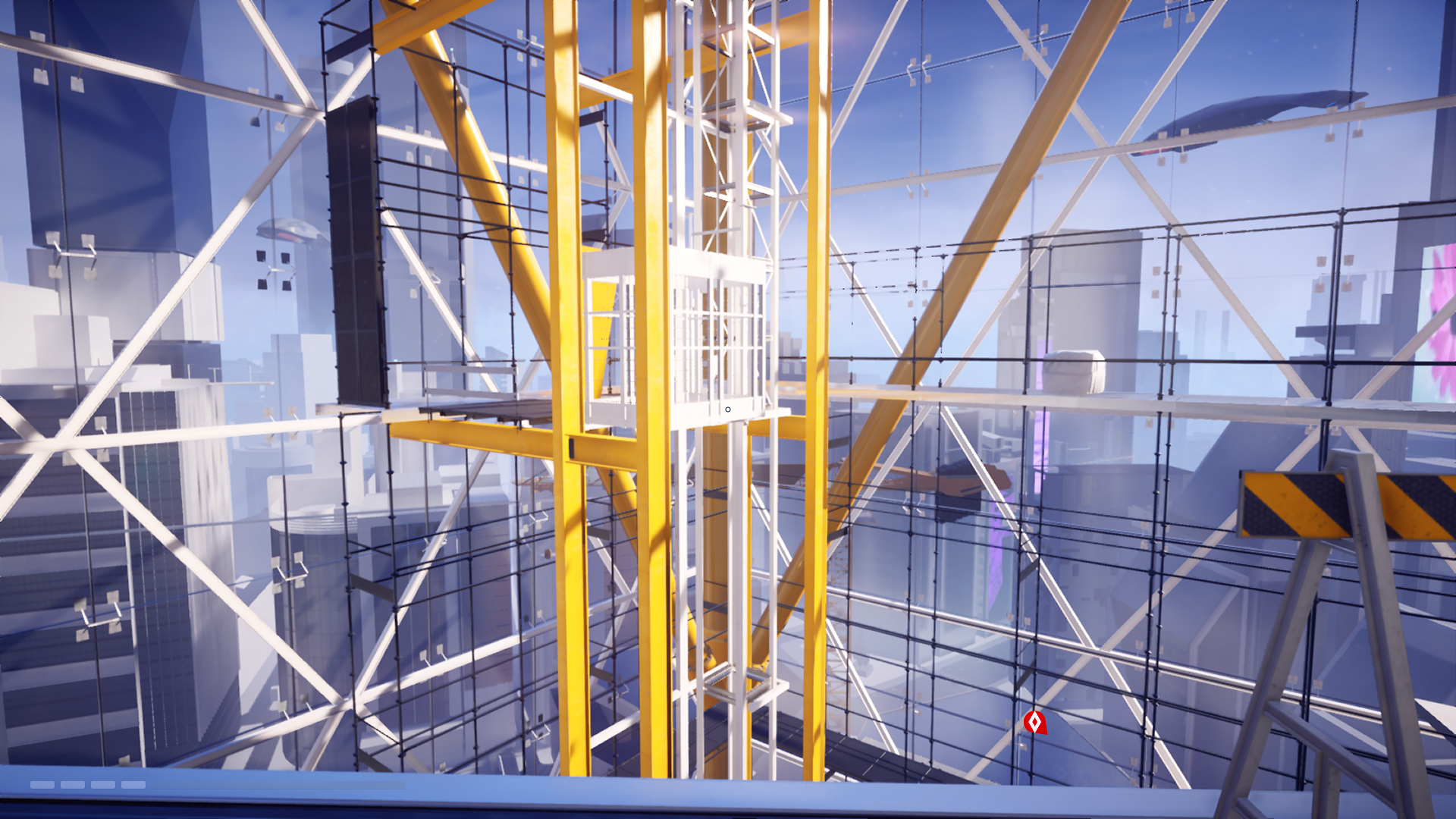
-
Mirrors Edge Catalyst Review 21
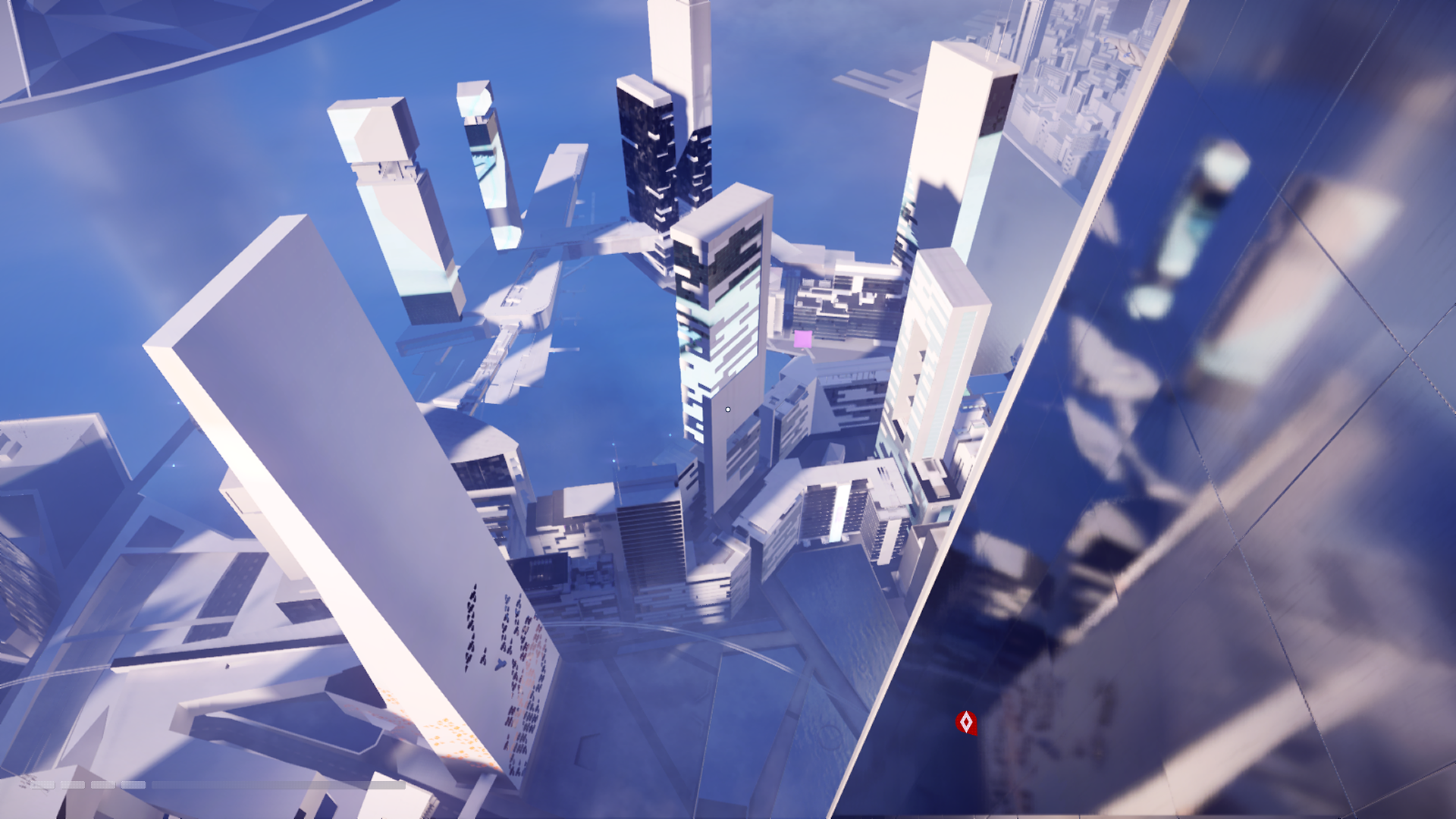
-
Mirrors Edge Catalyst Review 22
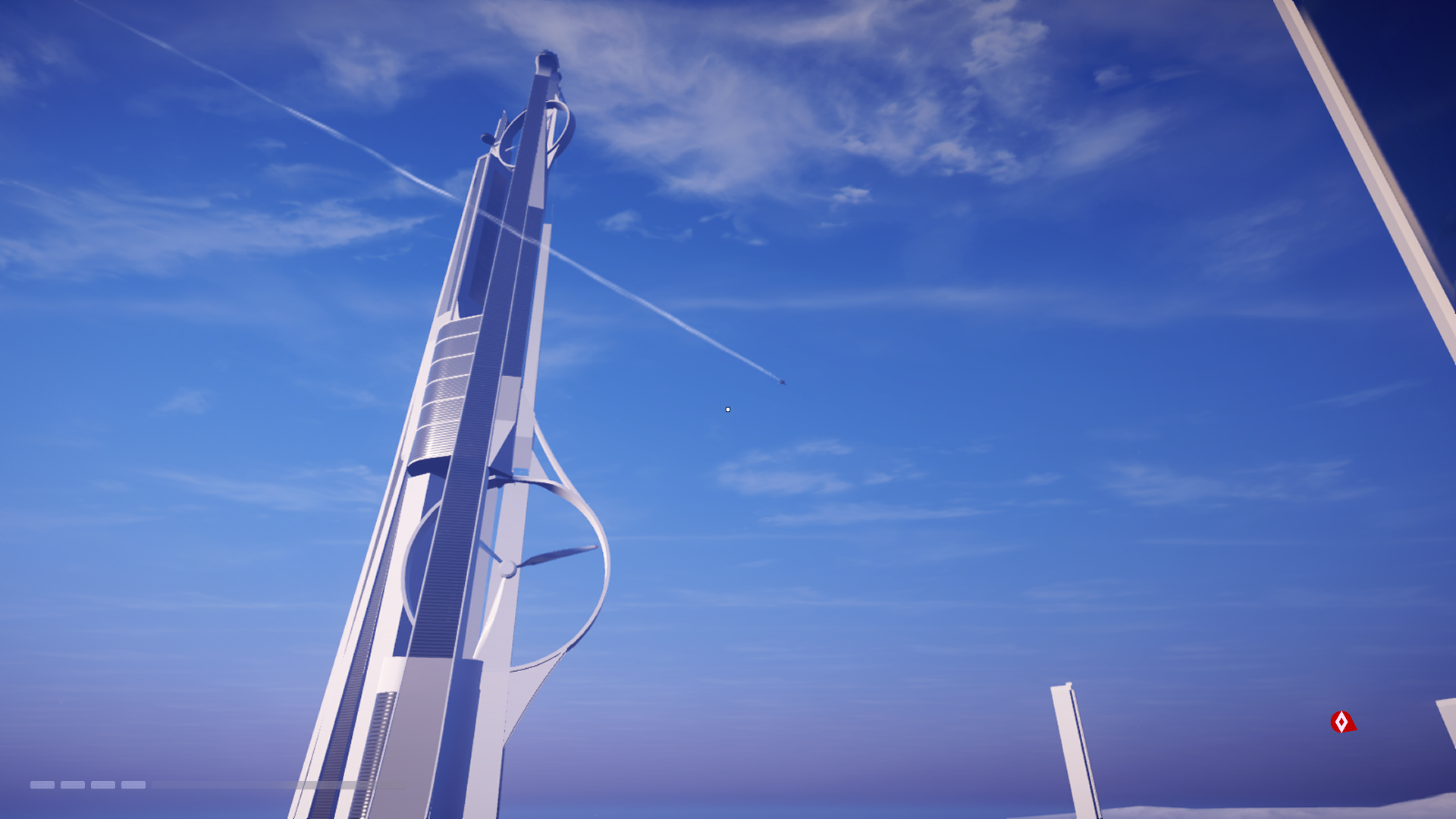
-
Mirrors Edge Catalyst Review 23
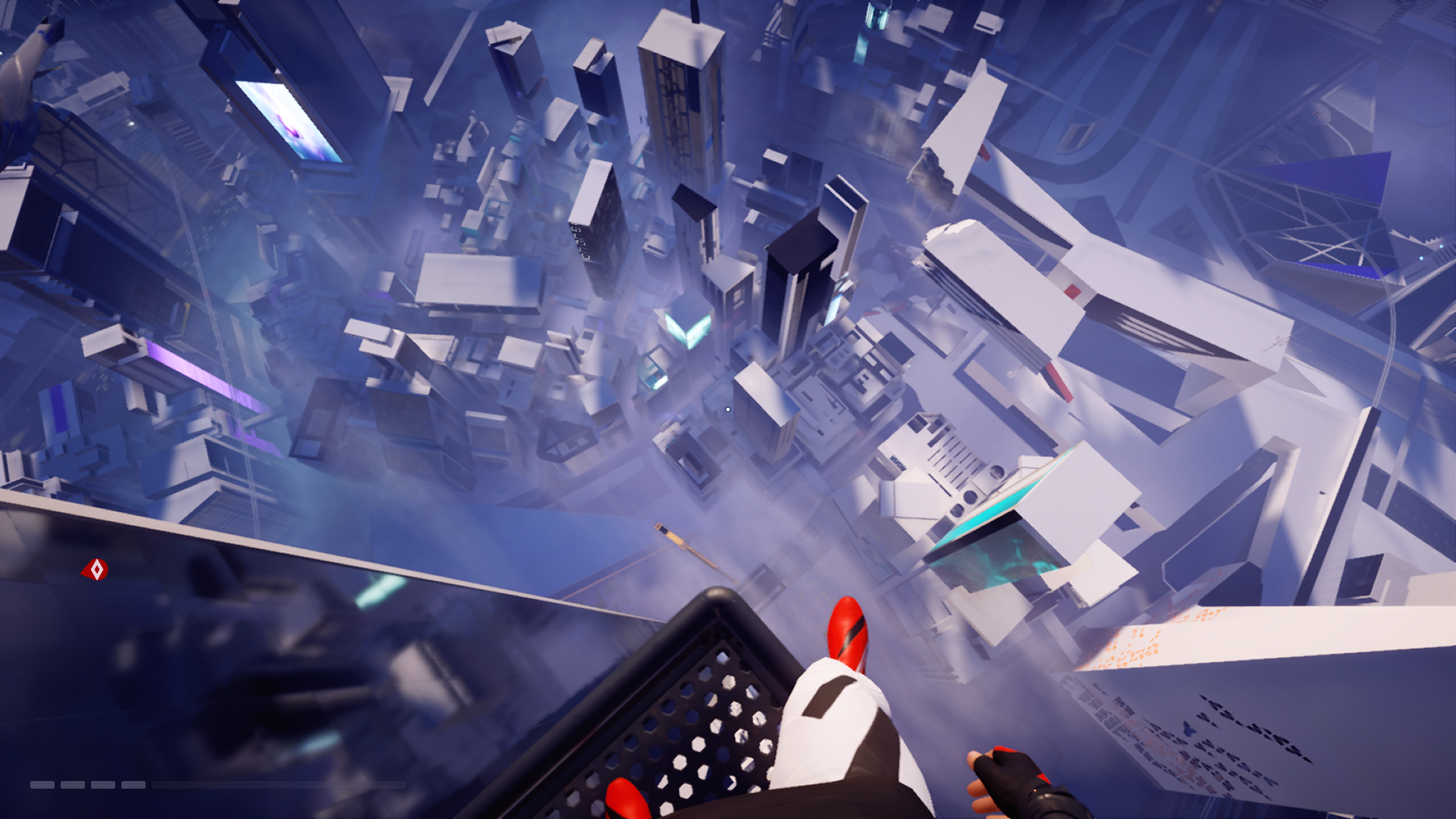
-
Mirrors Edge Catalyst Review 24
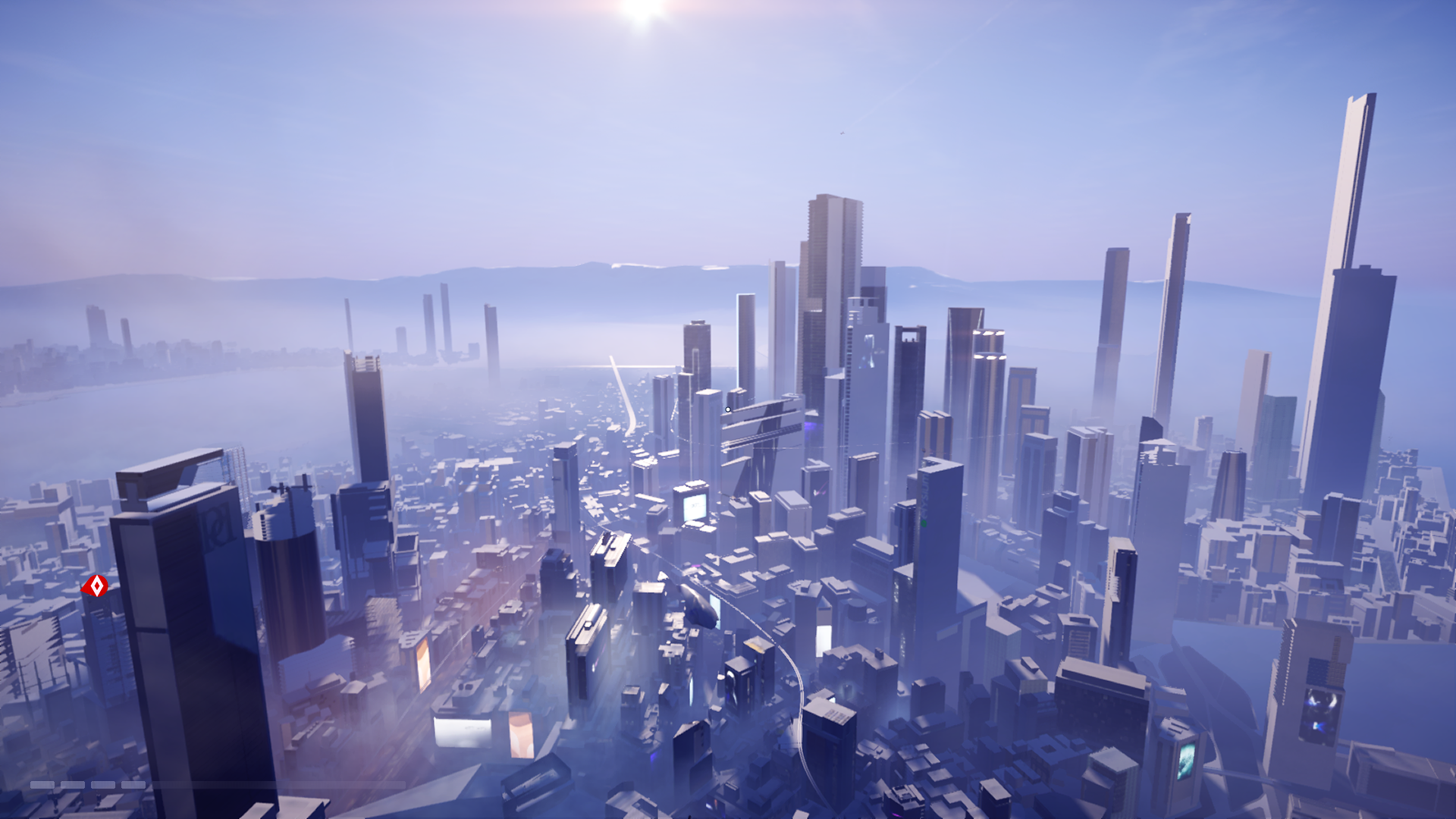
-
Mirrors Edge Catalyst Review 25
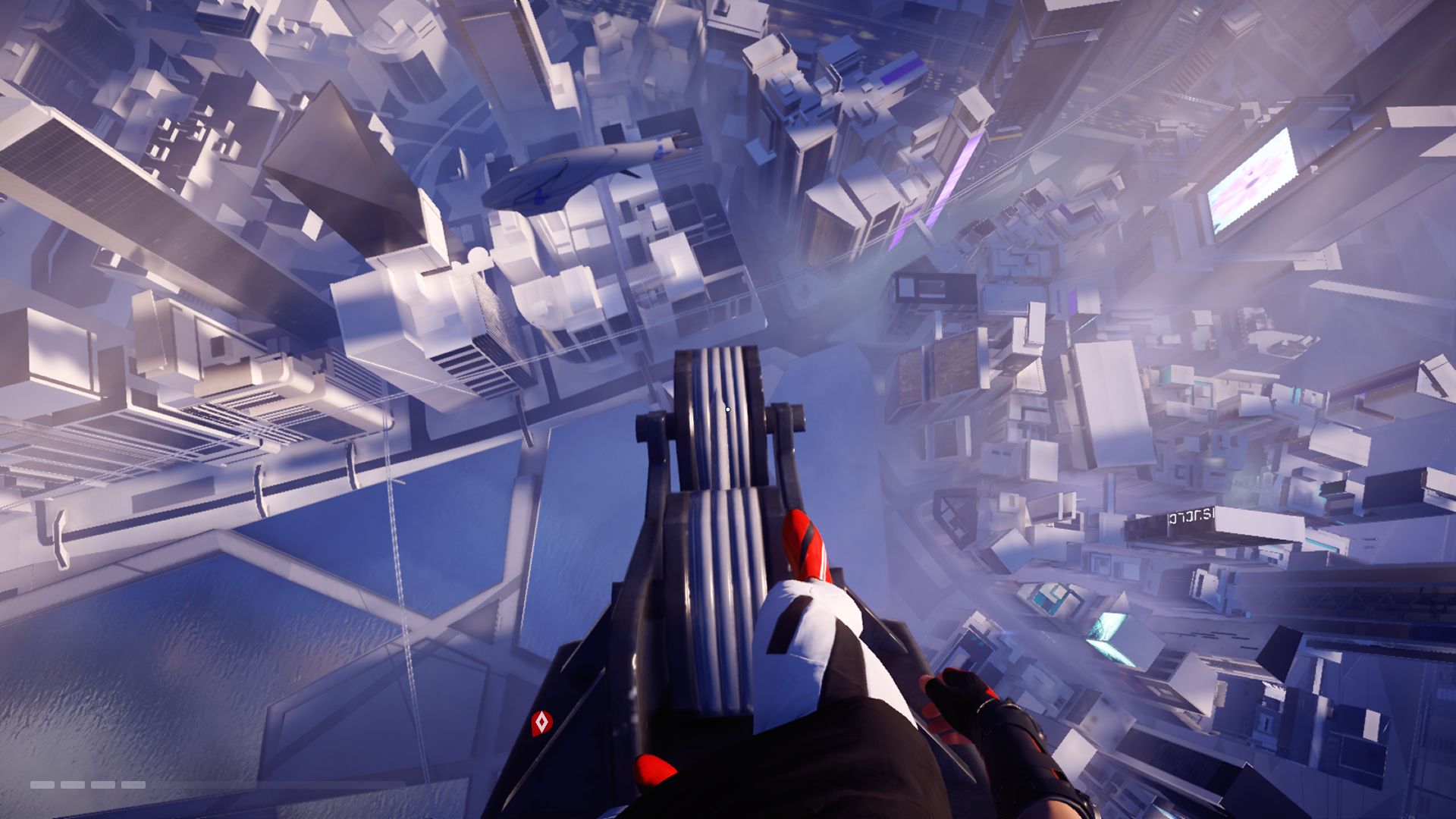
-
Mirrors Edge Catalyst Review 26
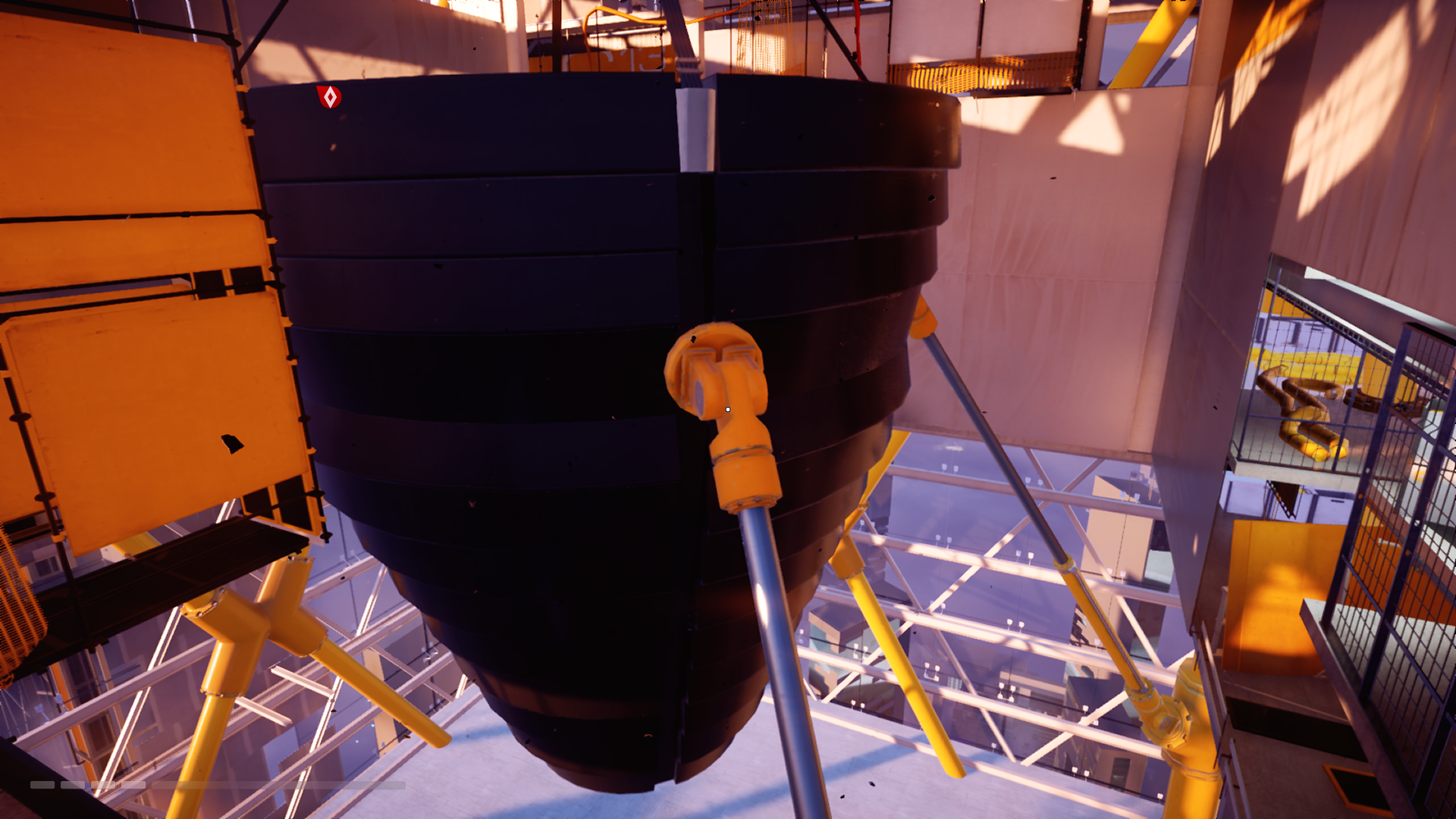
-
Mirrors Edge Catalyst Review 27
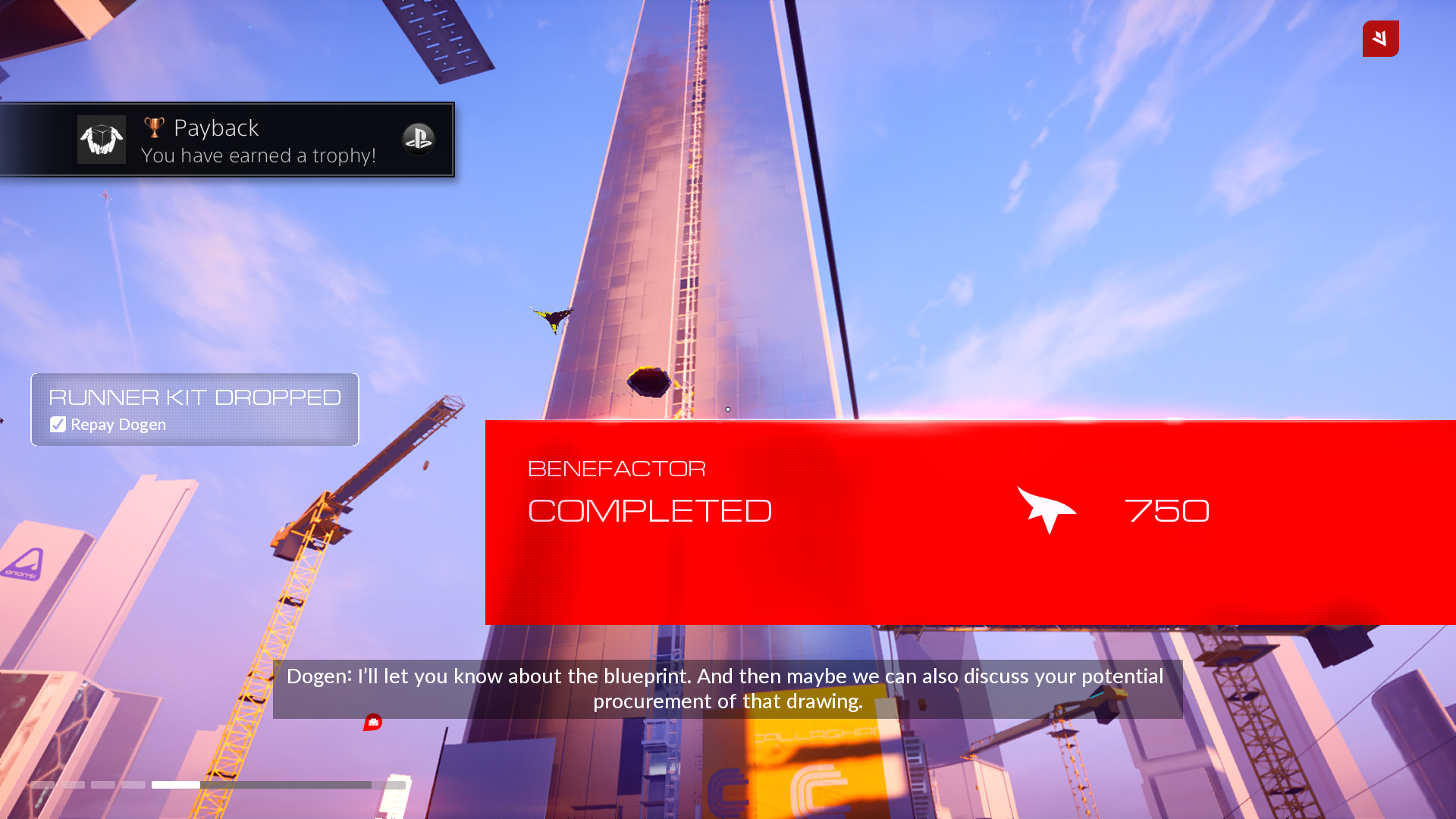
-
Mirrors Edge Catalyst Review 28
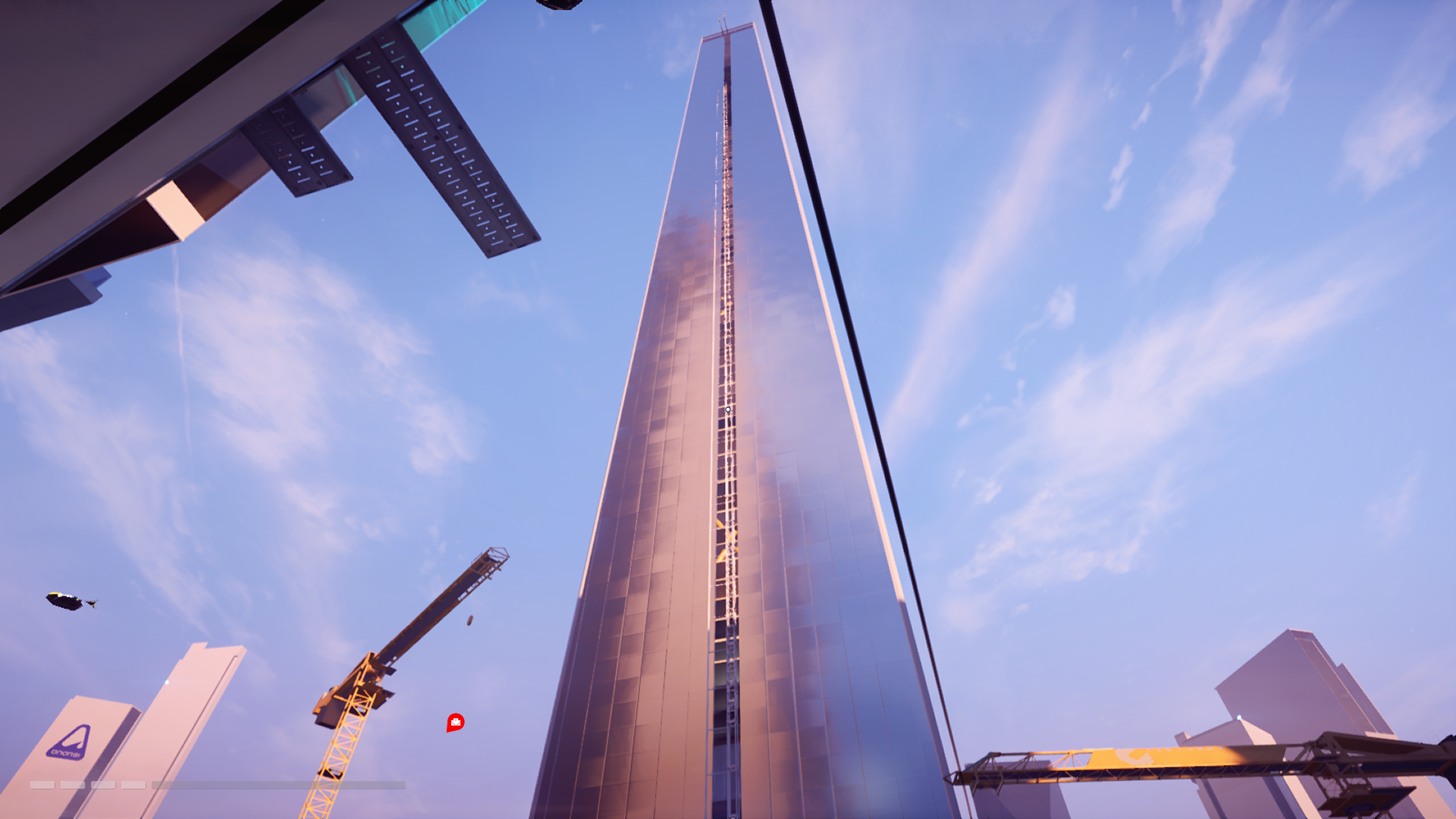
-
Mirrors Edge Catalyst Review 29
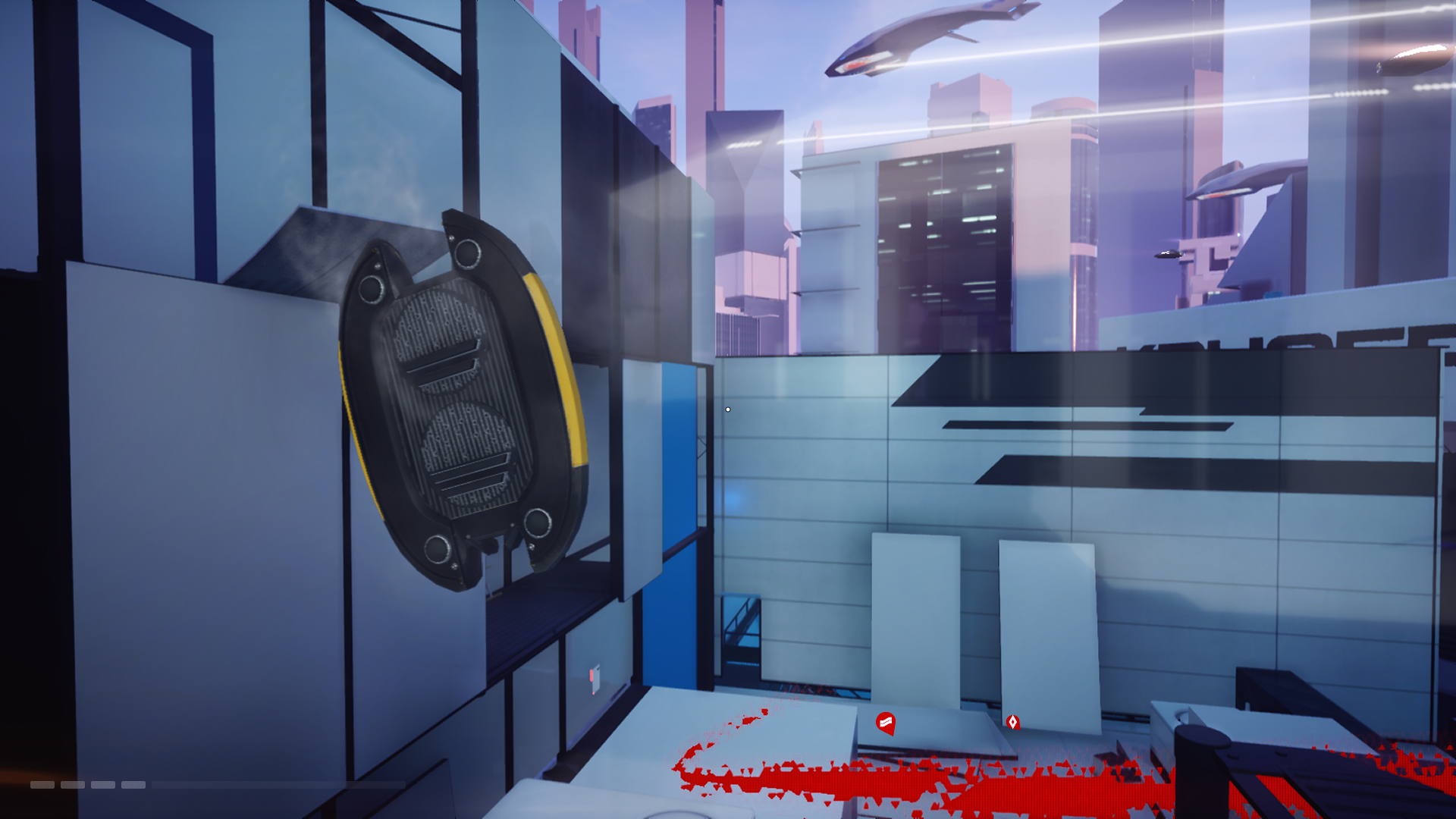
-
Mirrors Edge Catalyst Review 30
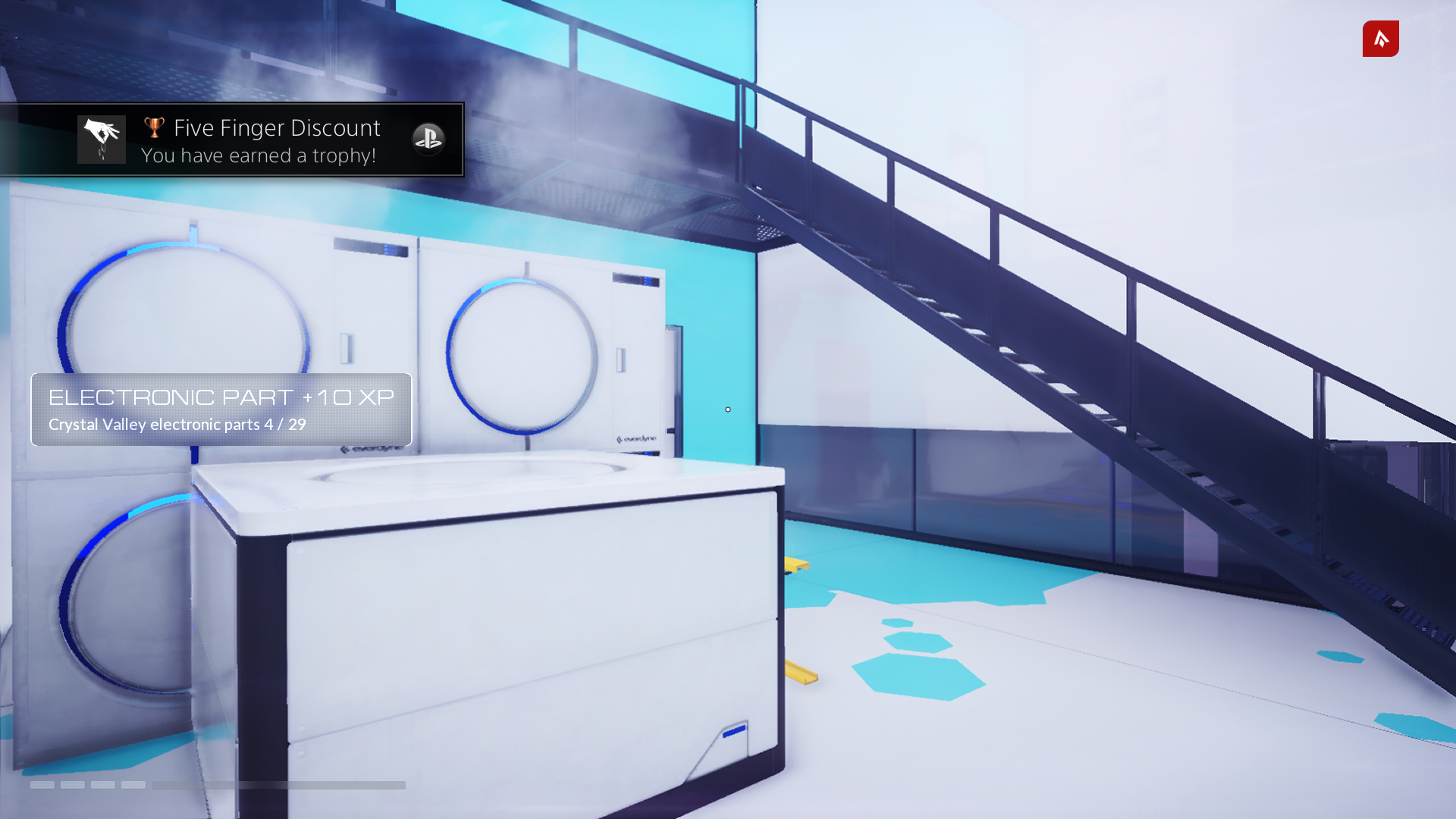
-
Mirrors Edge Catalyst Review 31

-
Mirrors Edge Catalyst Review 32
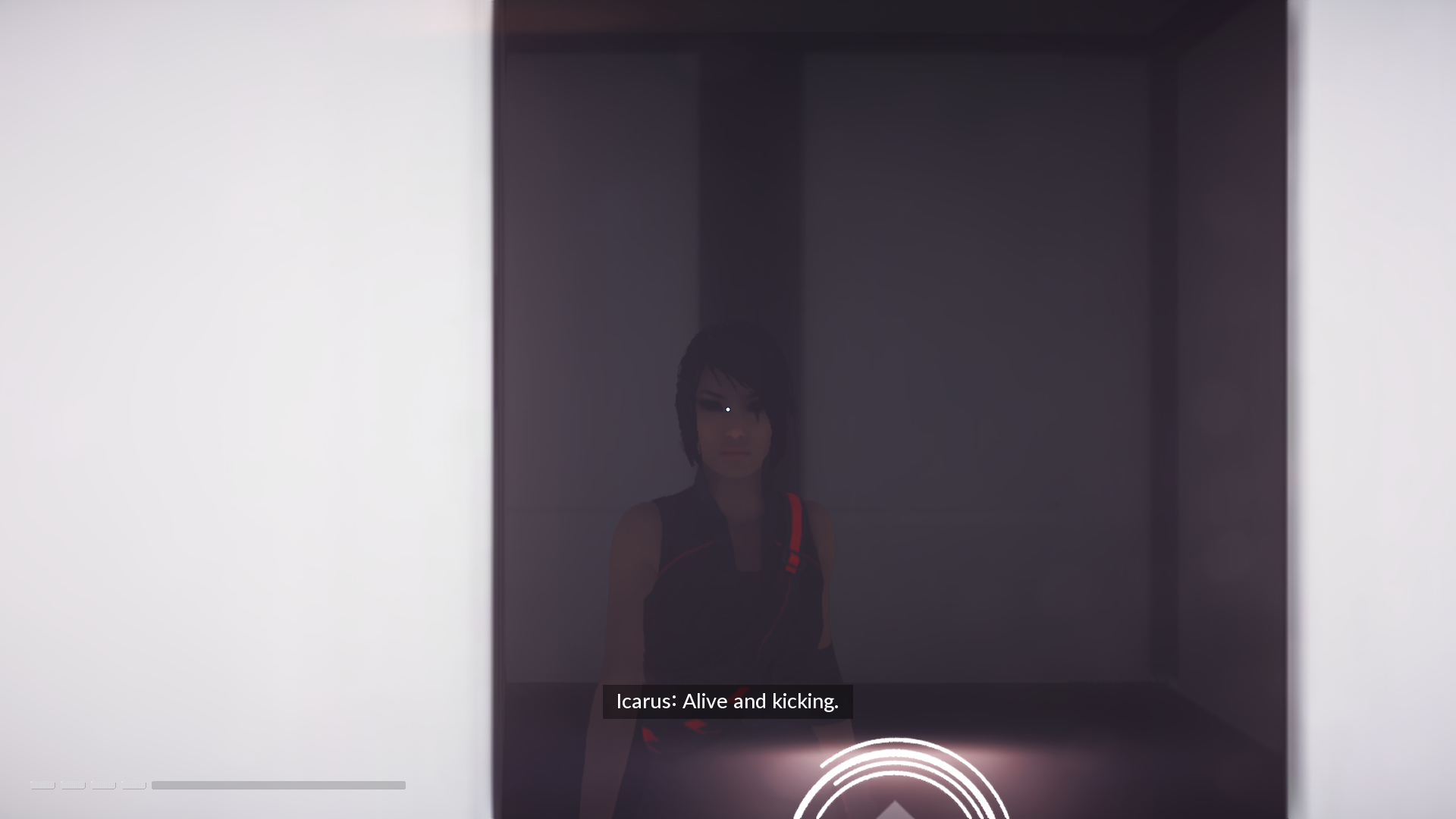
-
Mirrors Edge Catalyst Review 33
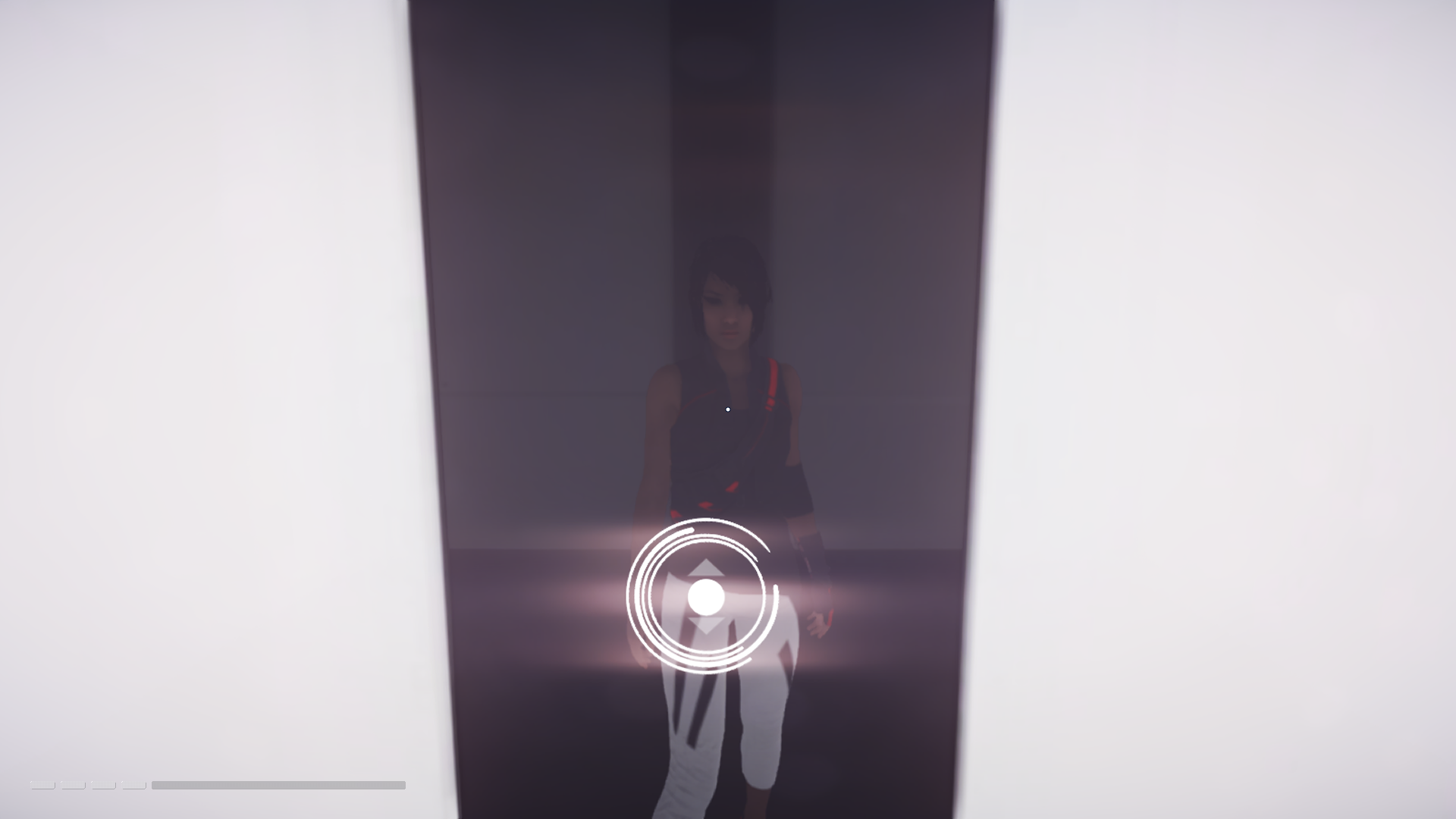
-
Mirrors Edge Catalyst Review 34
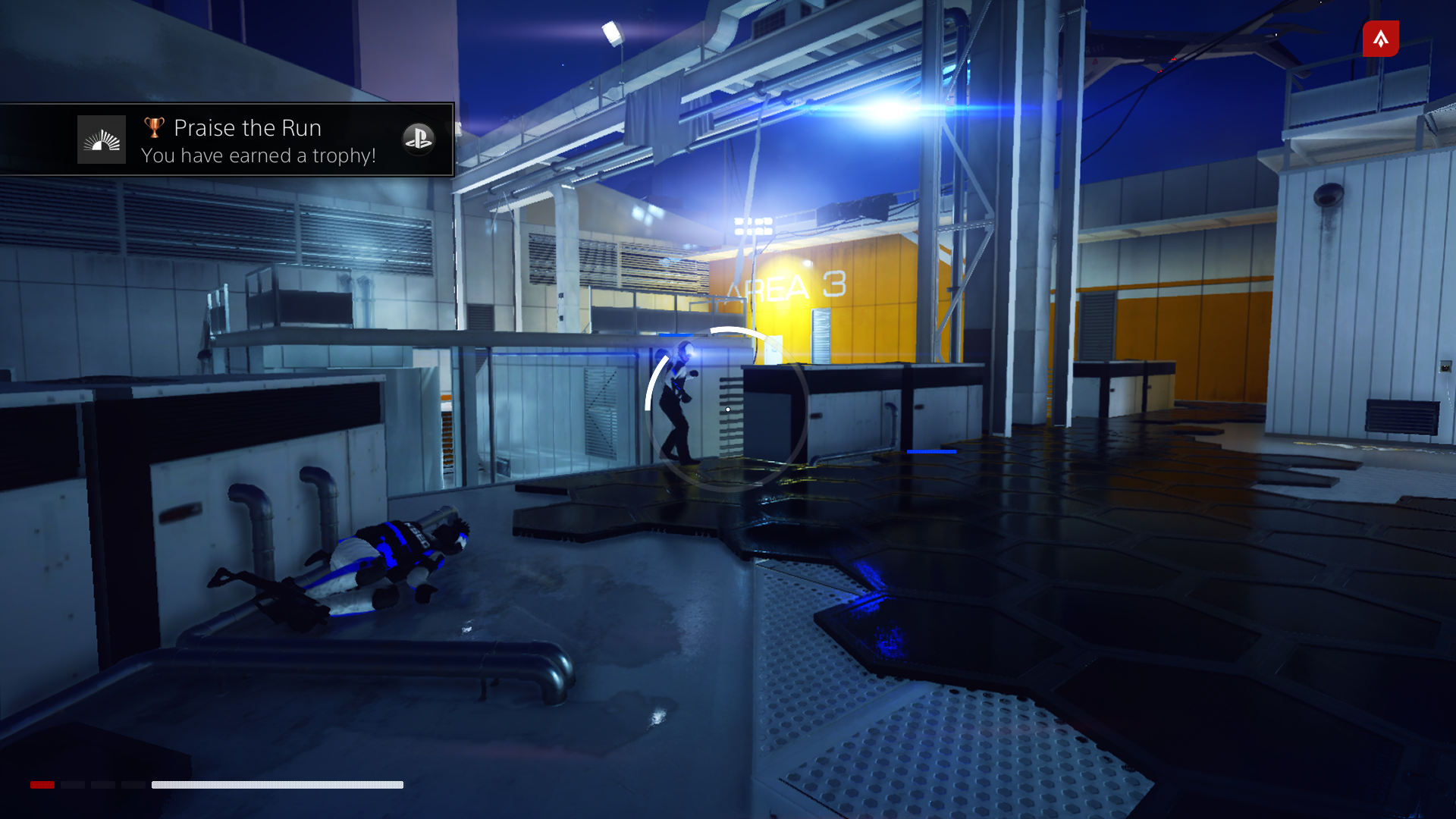
-
Mirrors Edge Catalyst Review 35
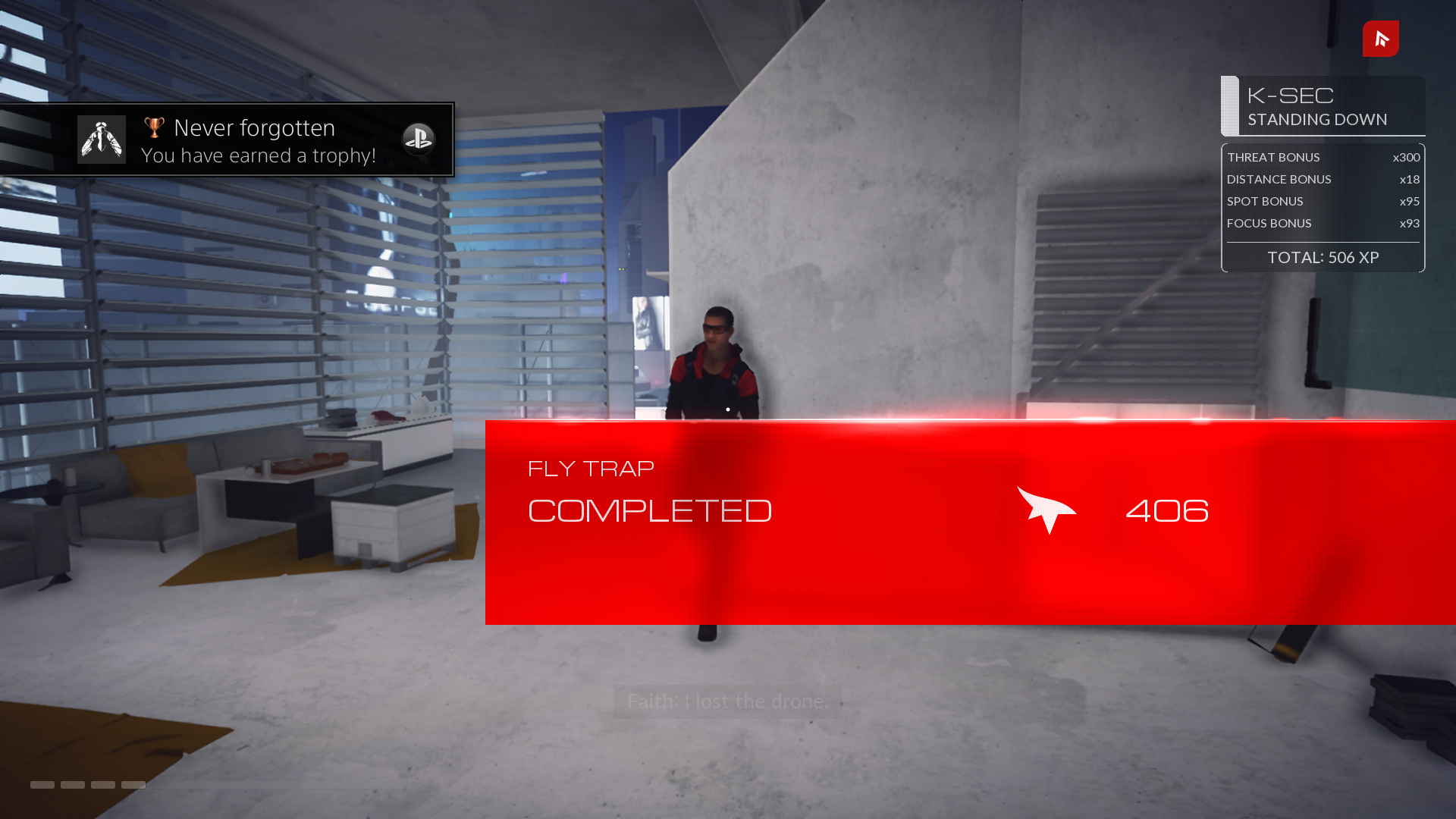
-
Mirrors Edge Catalyst Review 36
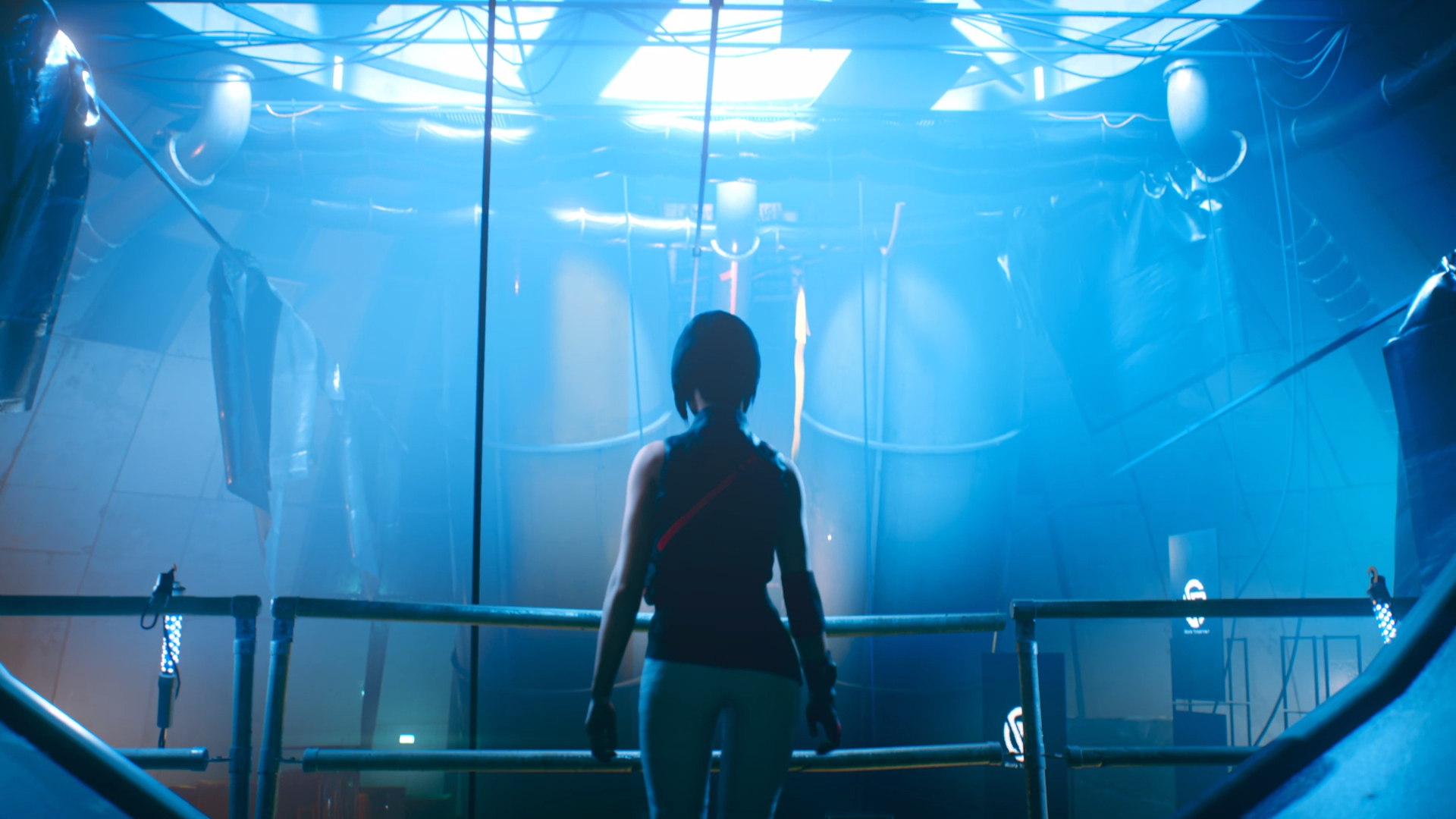
-
Mirrors Edge Catalyst Review 37
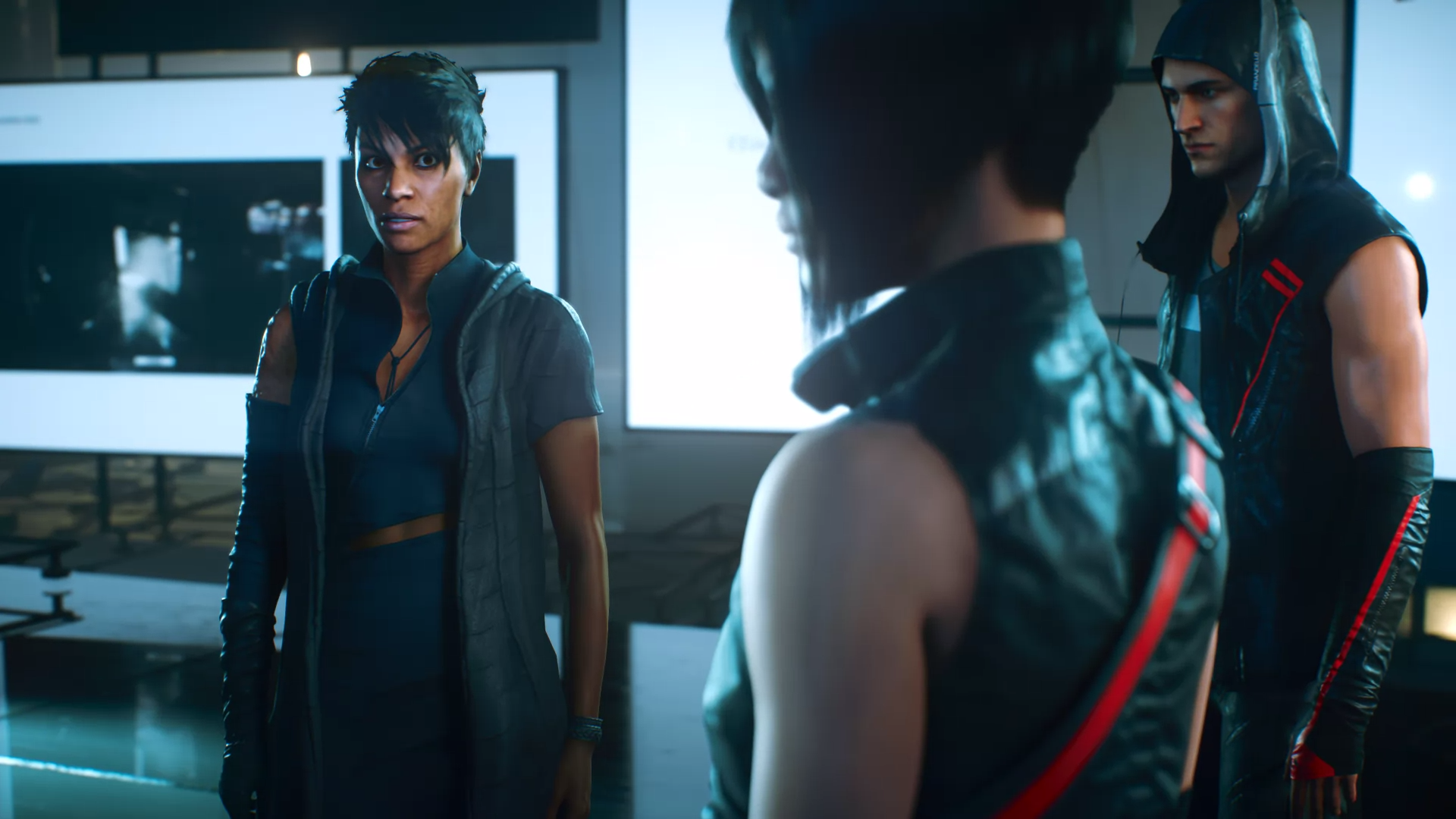
-
Mirrors Edge Catalyst Review 38
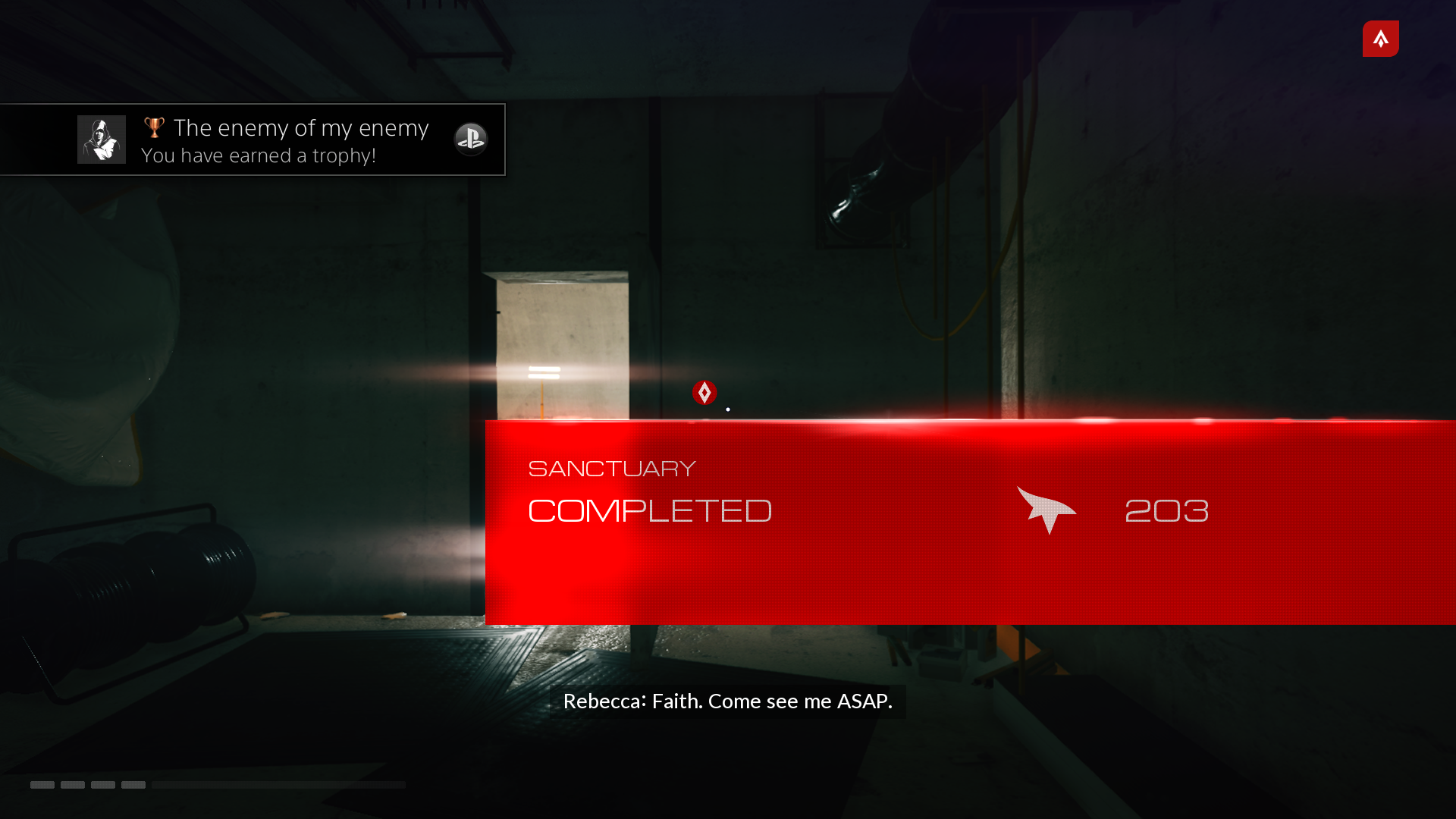
-
Mirrors Edge Catalyst Review 39
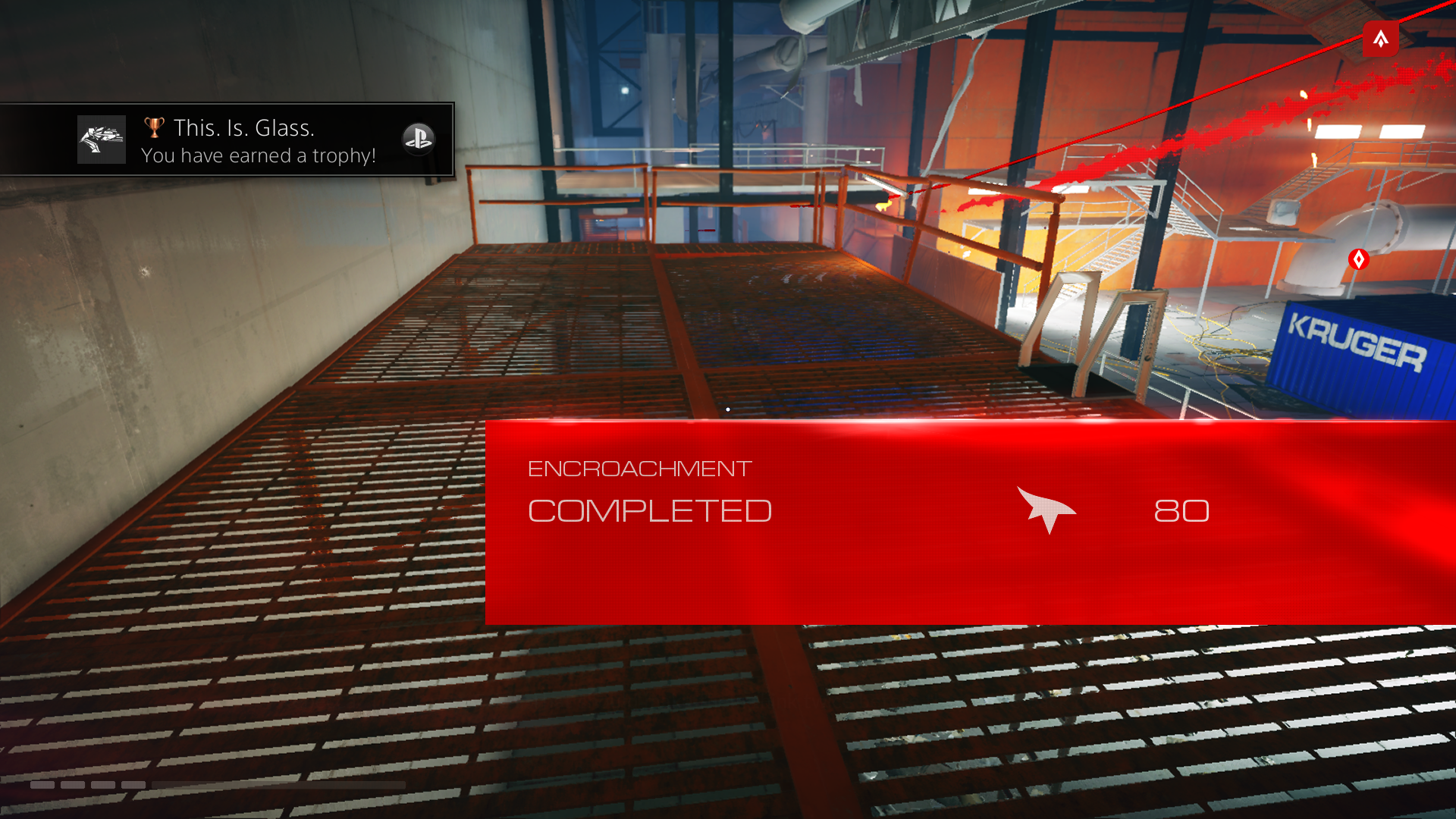
-
Mirrors Edge Catalyst Review 40
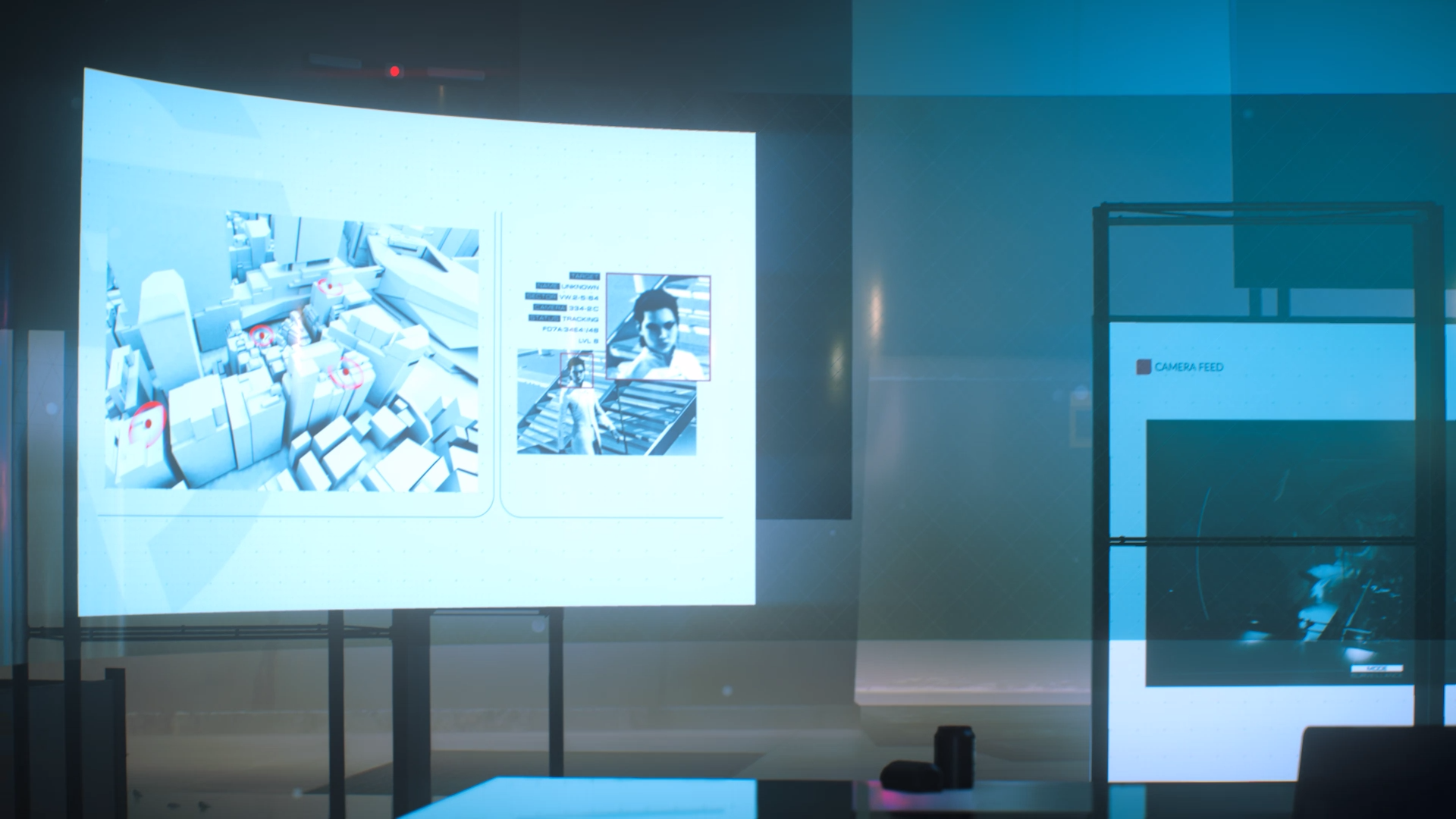
-
Mirrors Edge Catalyst Review 41
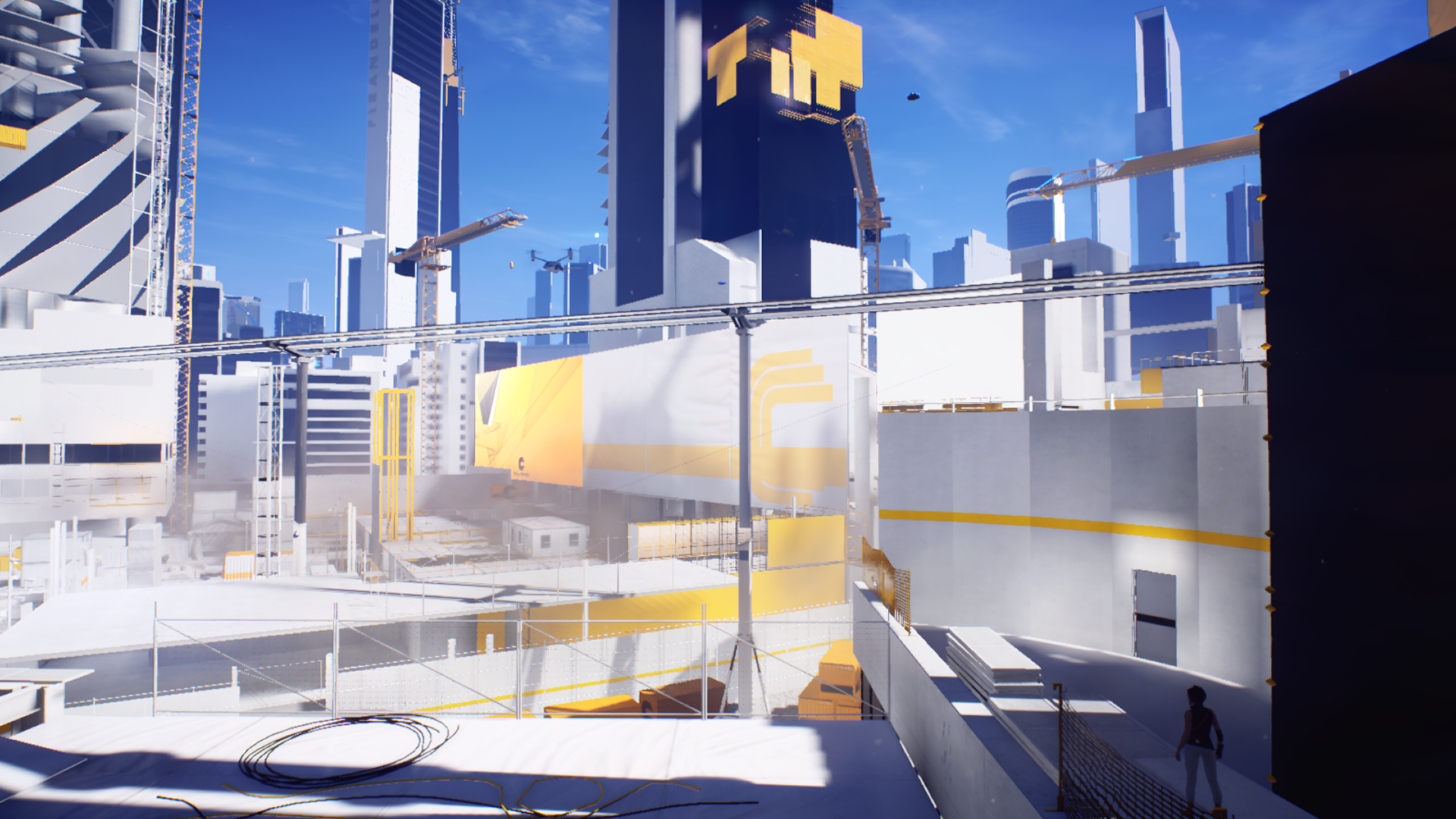
-
Mirrors Edge Catalyst Review 42
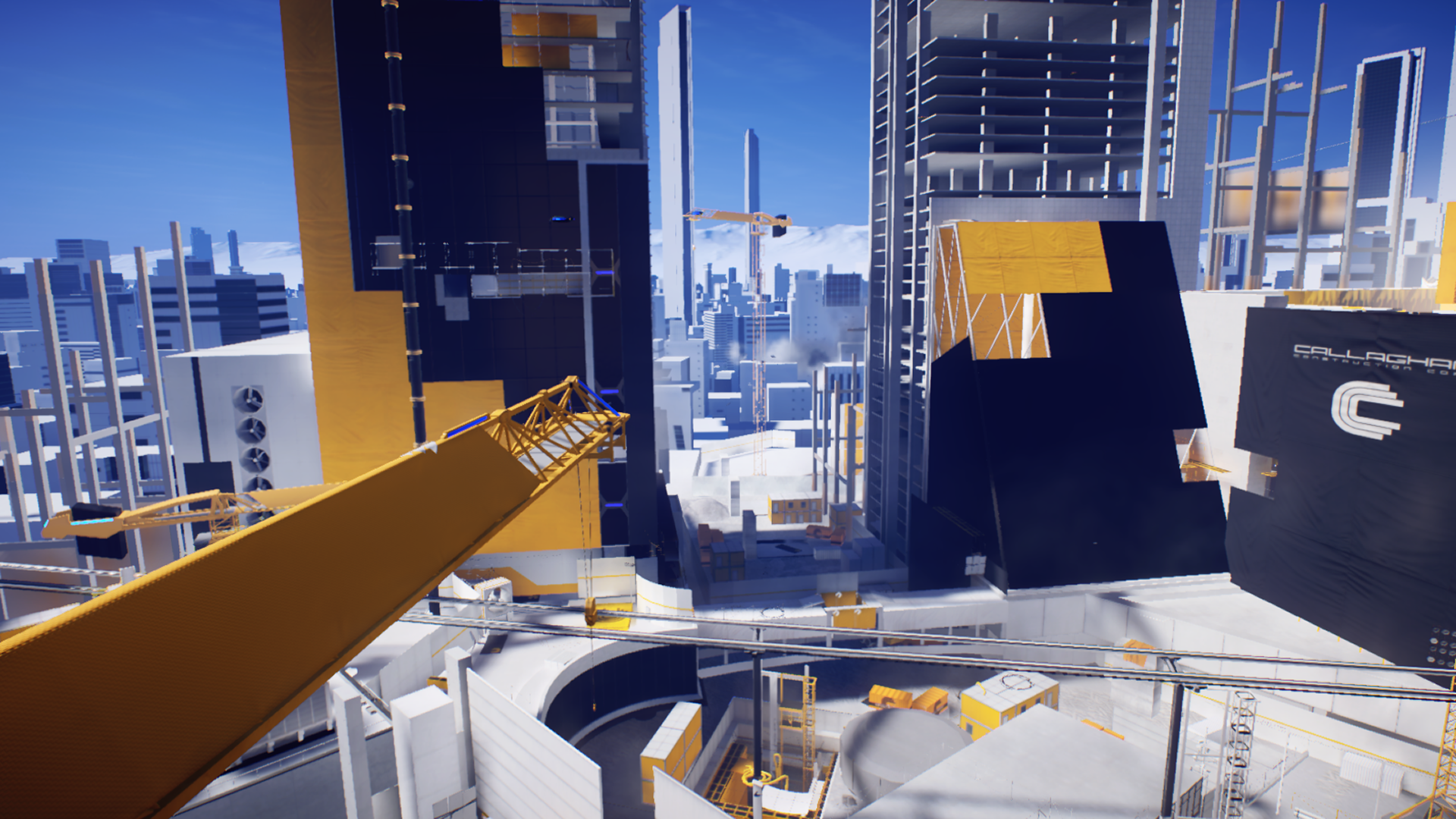
-
Mirrors Edge Catalyst Review 43
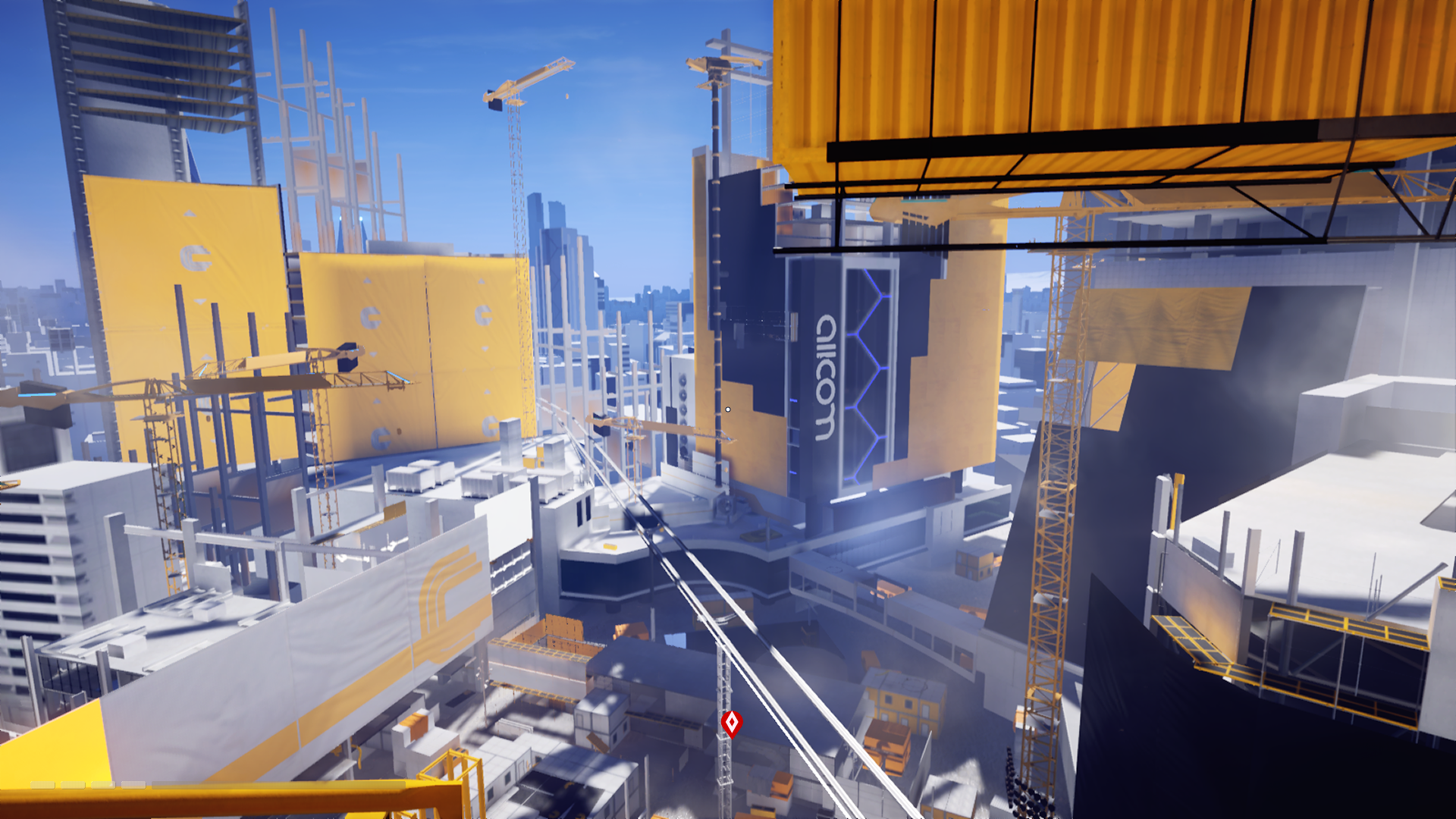
-
Mirrors Edge Catalyst Review 44
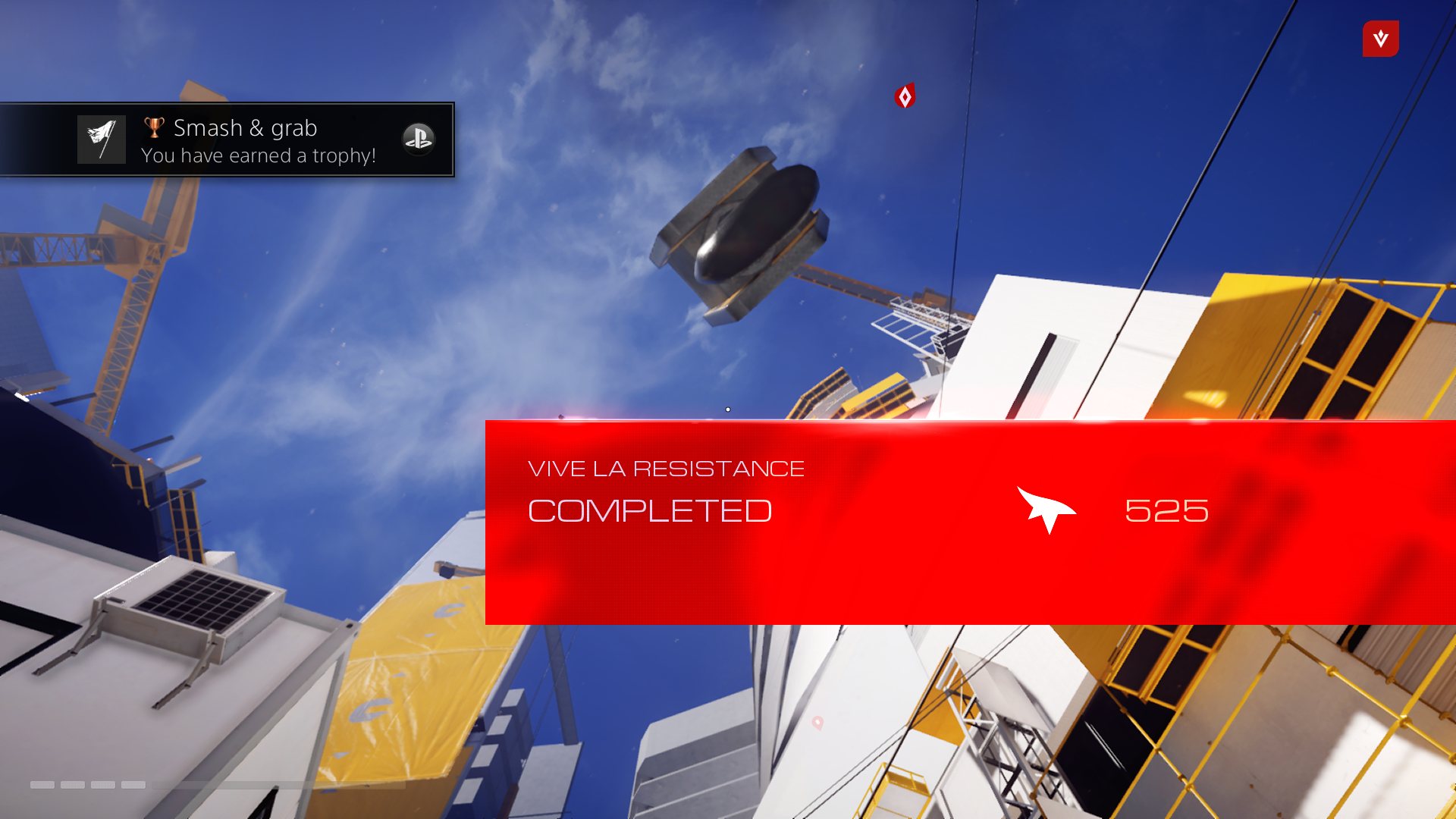
-
Mirrors Edge Catalyst Review 45
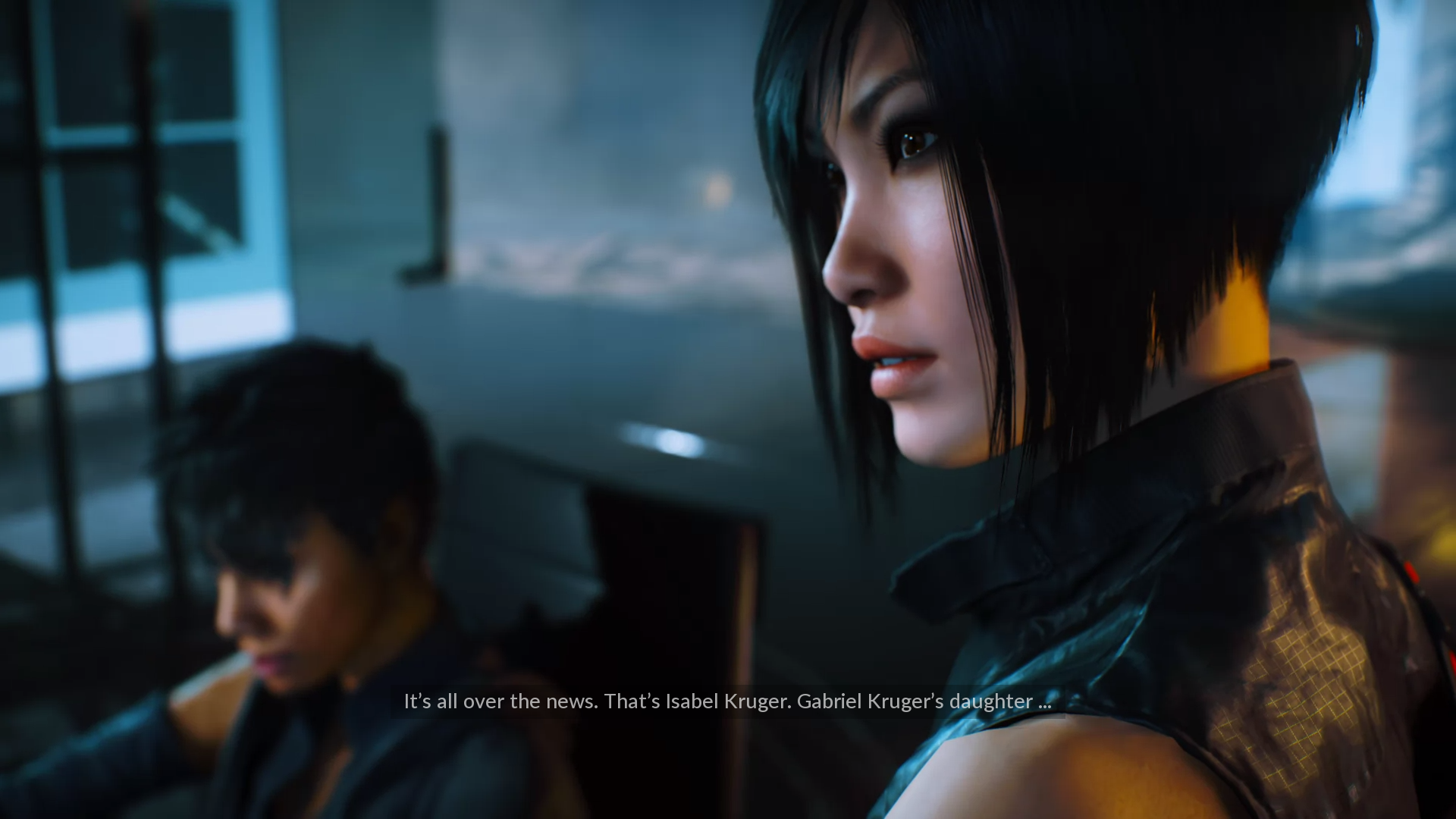
-
Mirrors Edge Catalyst Review 46
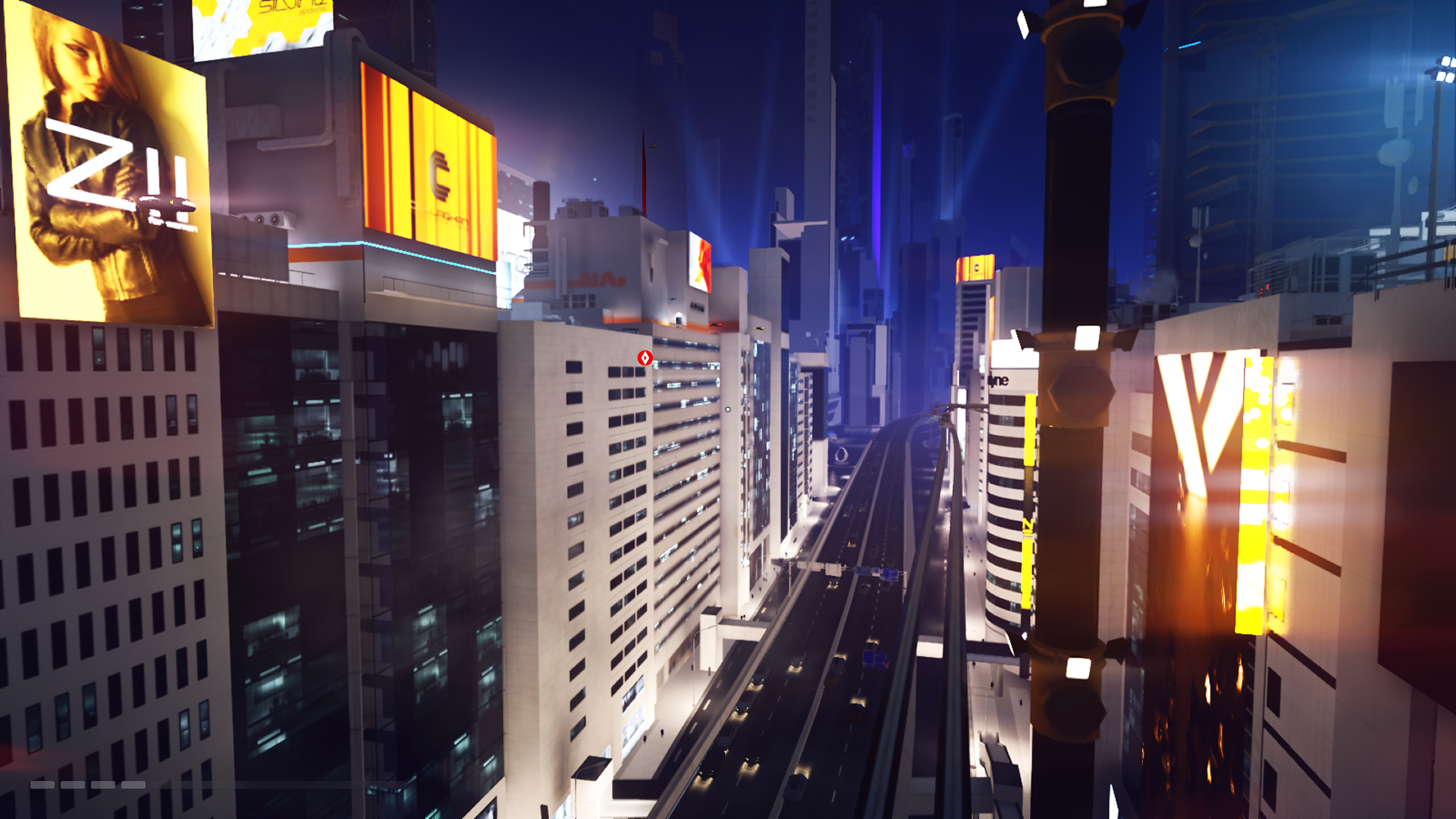
-
Mirrors Edge Catalyst Review 47
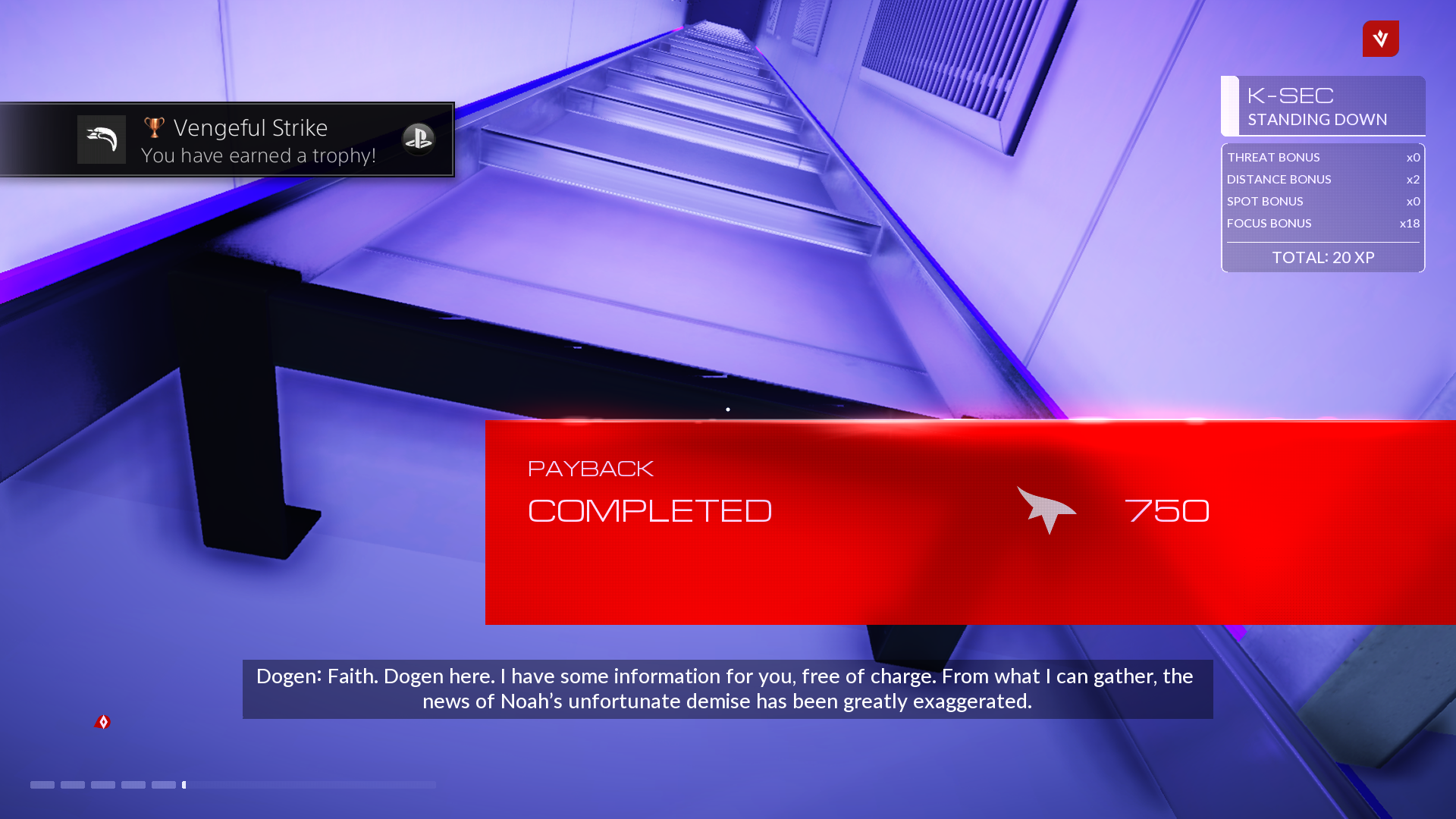
-
Mirrors Edge Catalyst Review 48
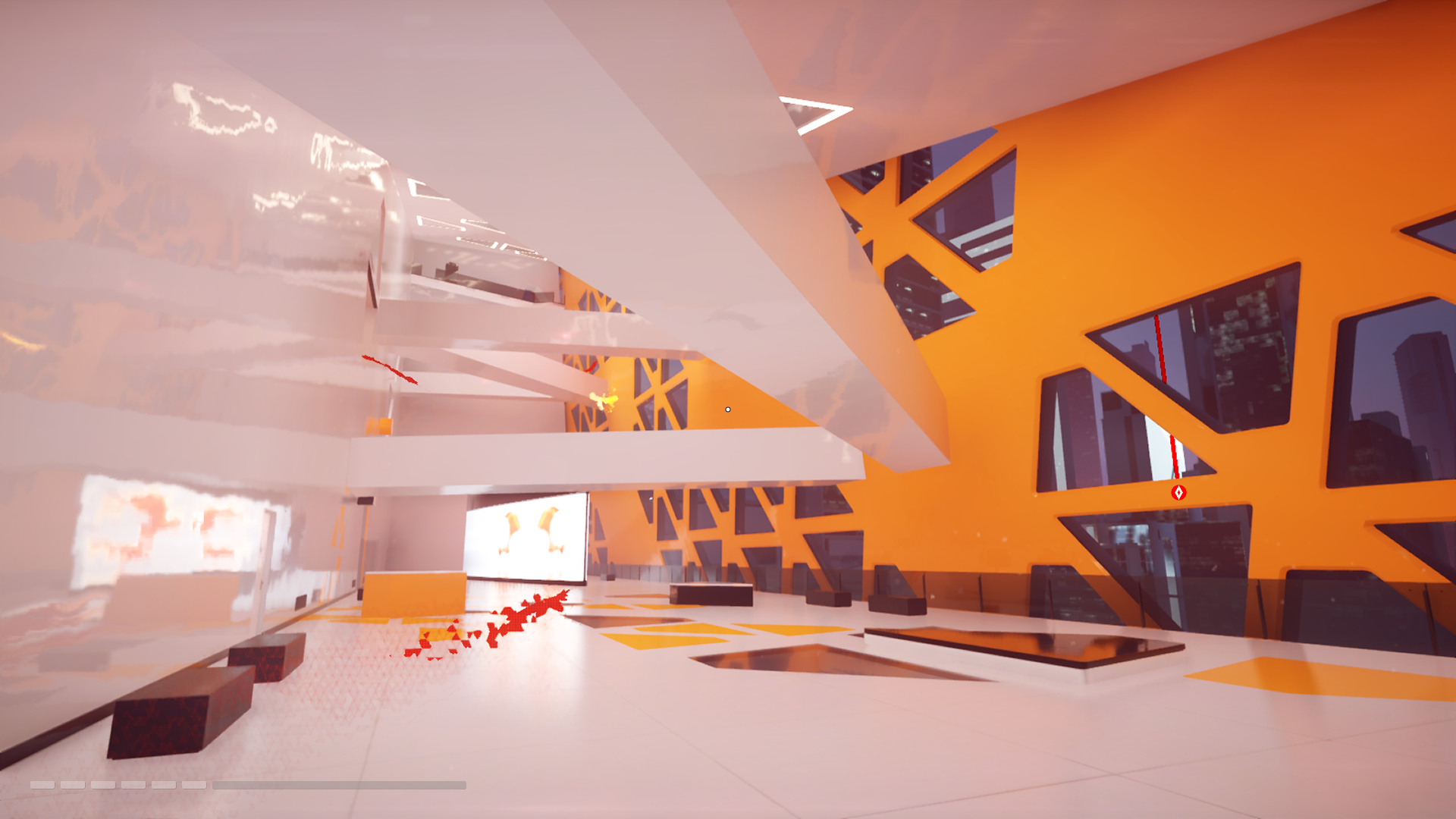
-
Mirrors Edge Catalyst Review 49
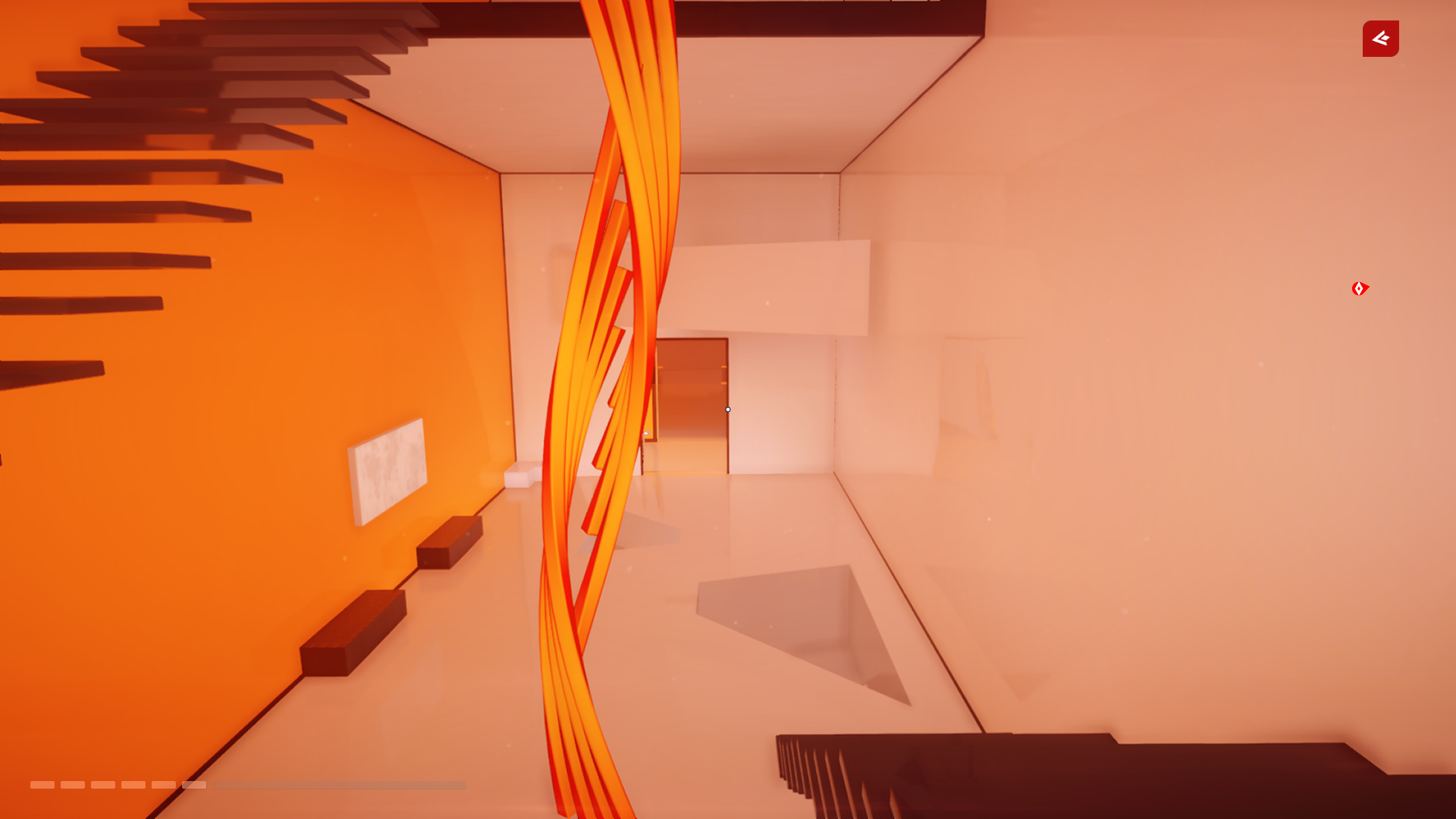
-
Mirrors Edge Catalyst Review 50

-
Mirrors Edge Catalyst Review 51
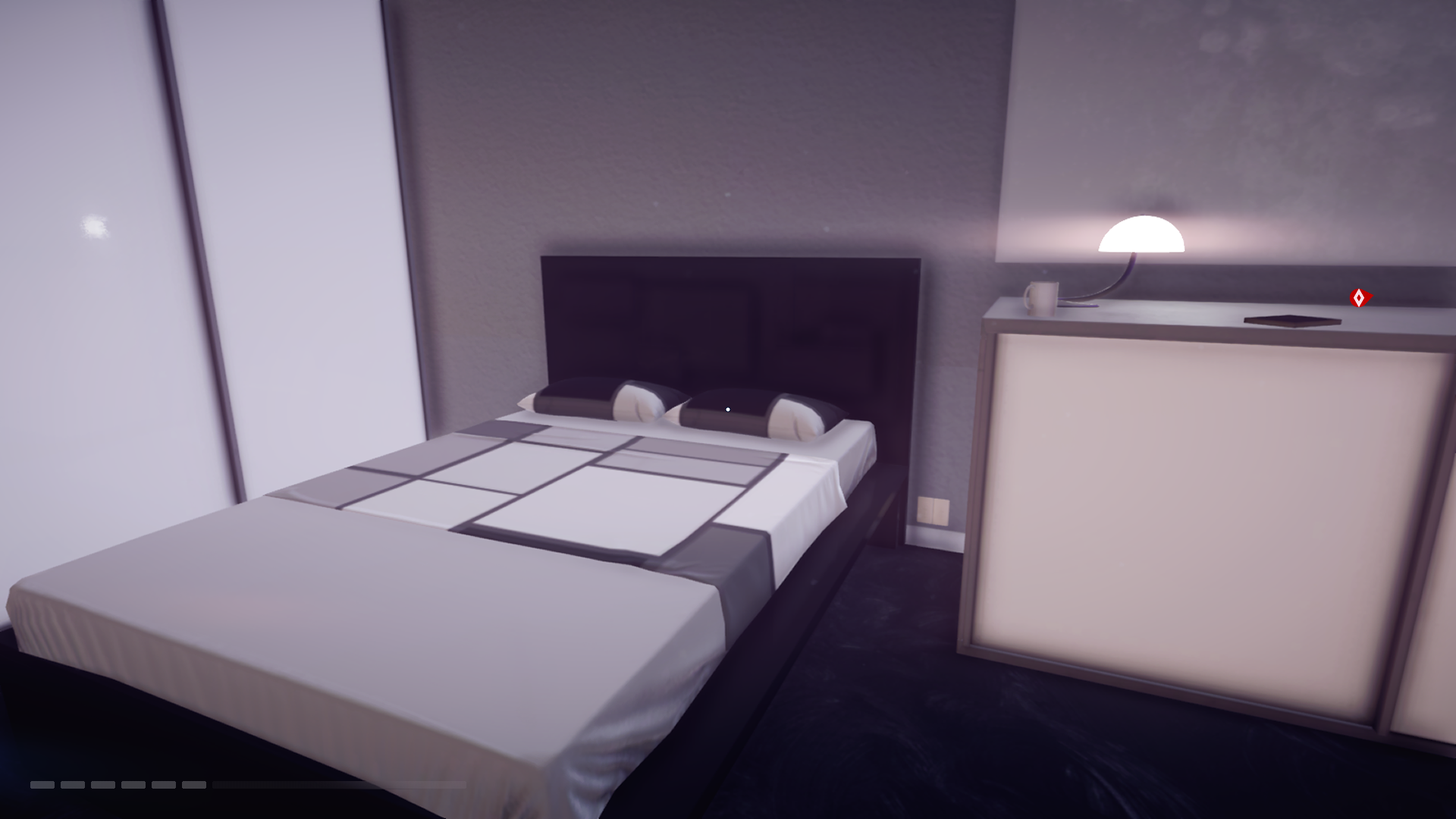
-
Mirrors Edge Catalyst Review 52
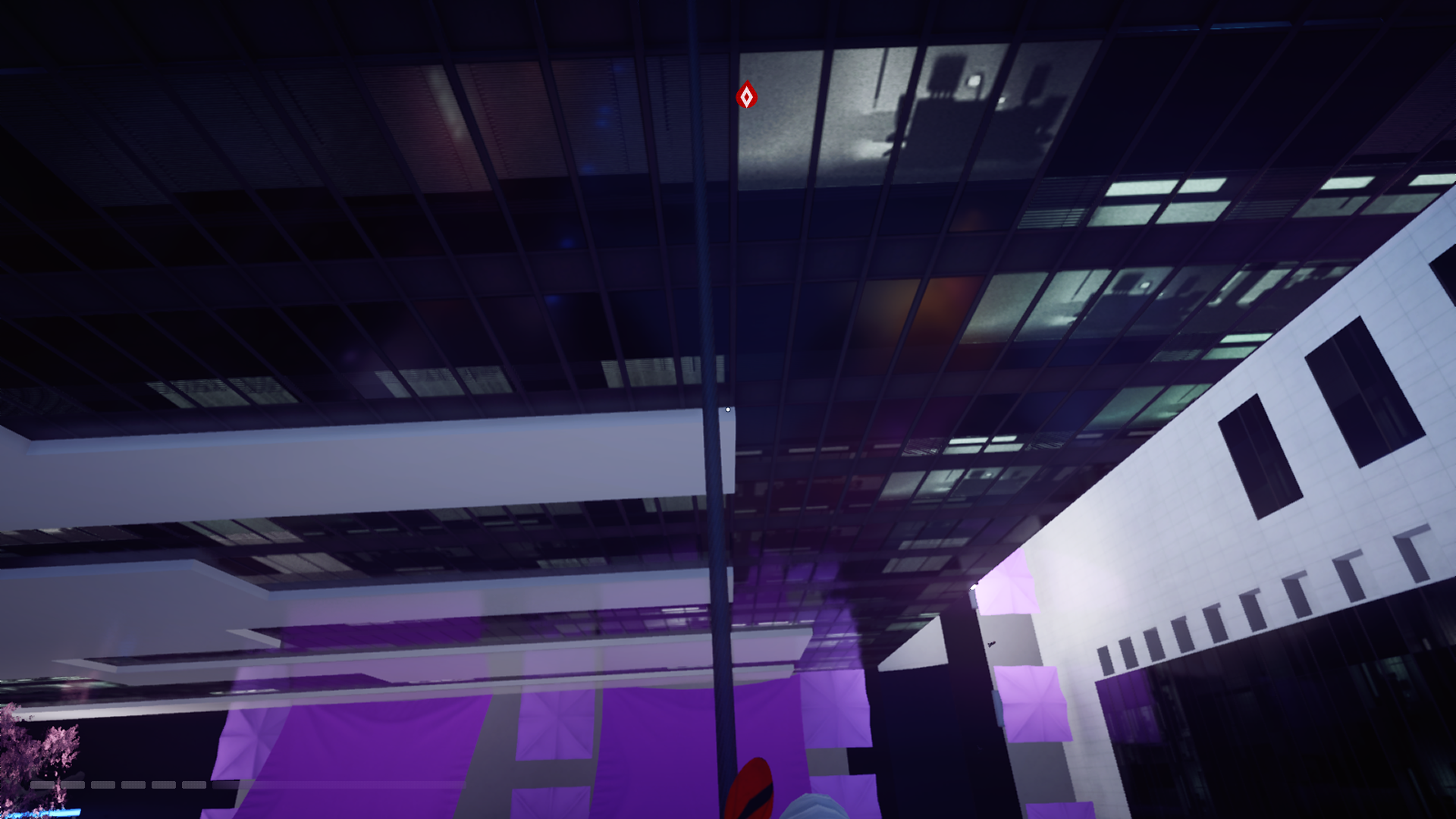
-
Mirrors Edge Catalyst Review 53
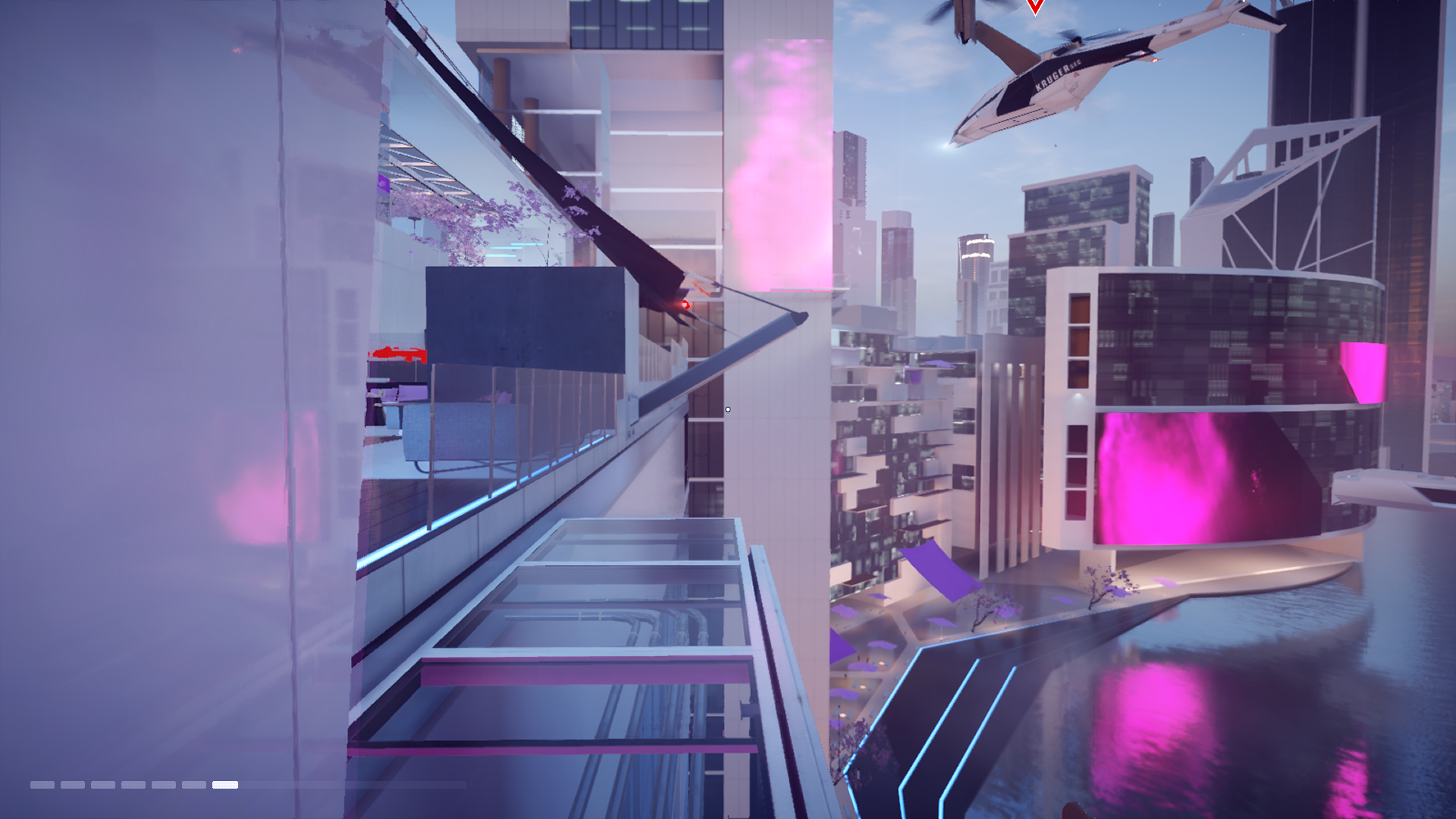
-
Mirrors Edge Catalyst Review 54
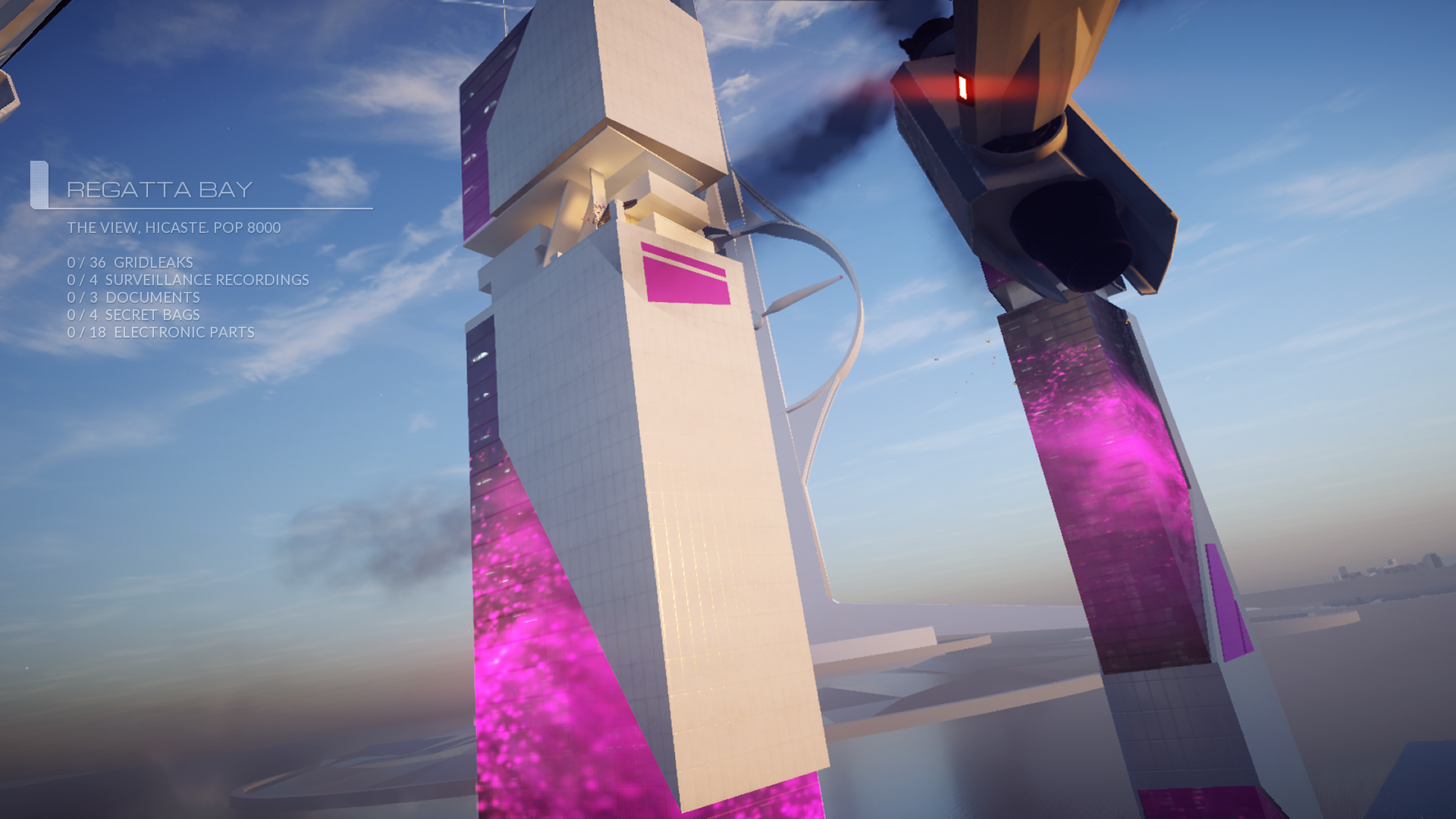
-
Mirrors Edge Catalyst Review 55
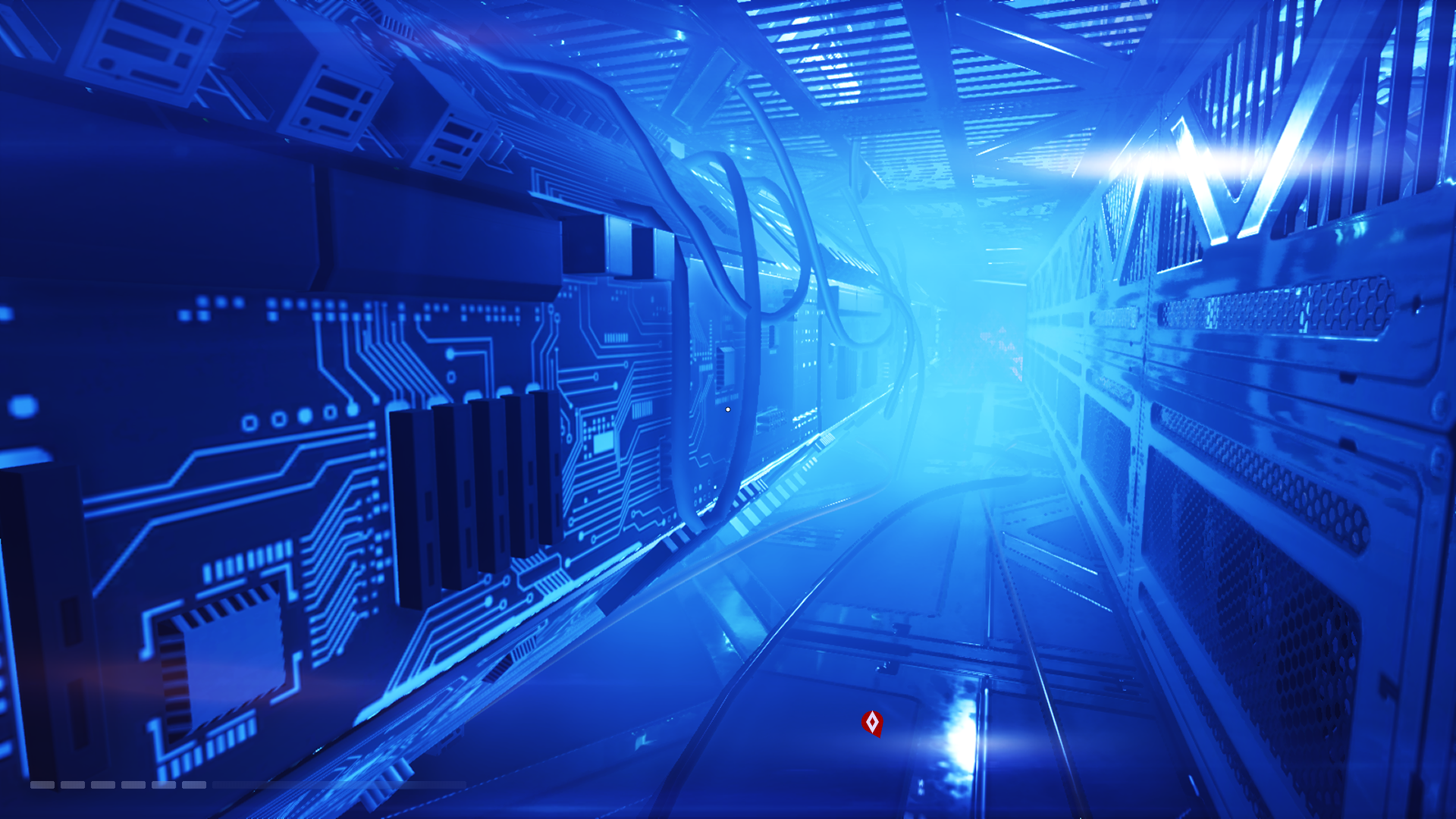
-
Mirrors Edge Catalyst Review 56
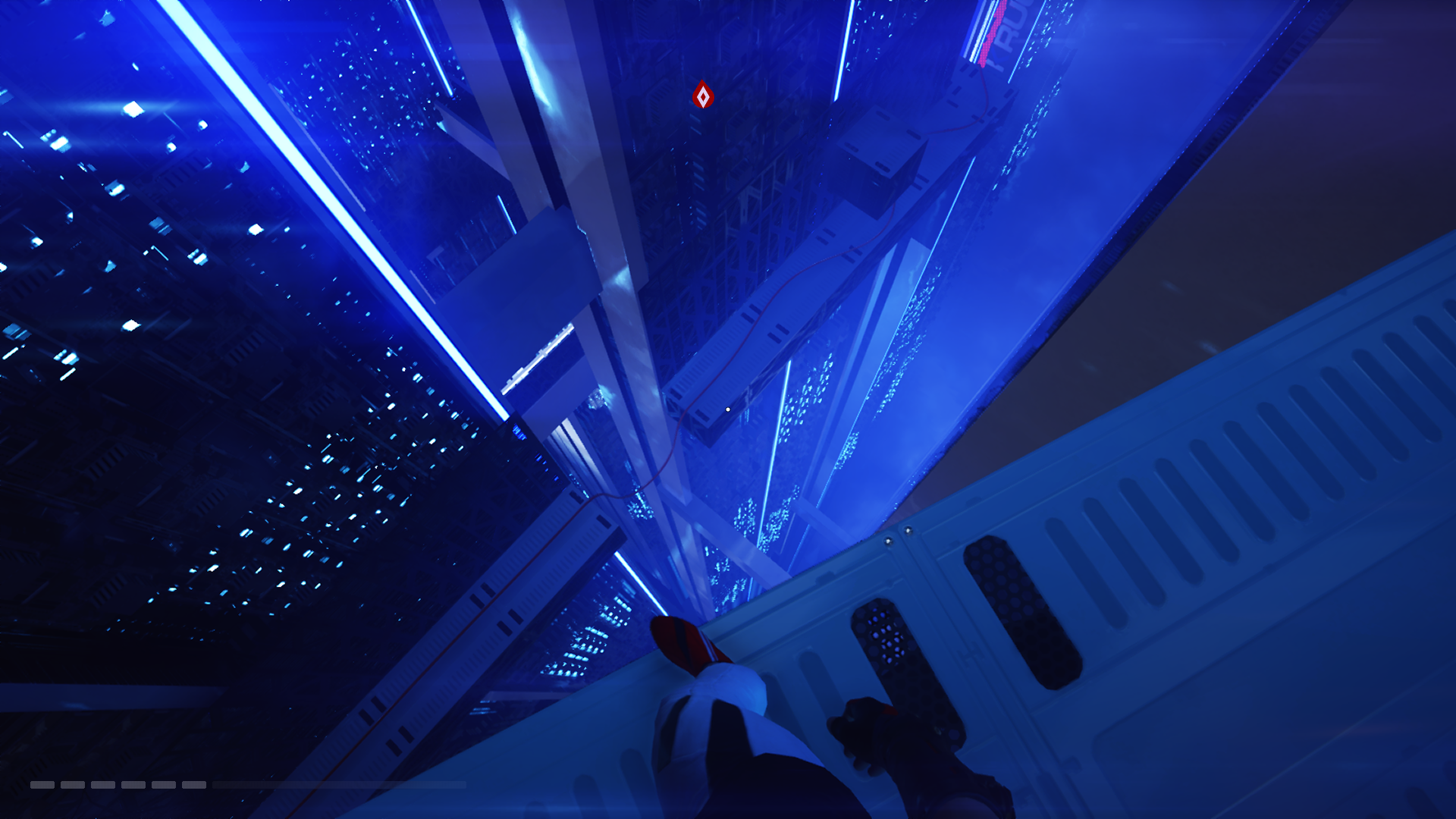
-
Mirrors Edge Catalyst Review 57
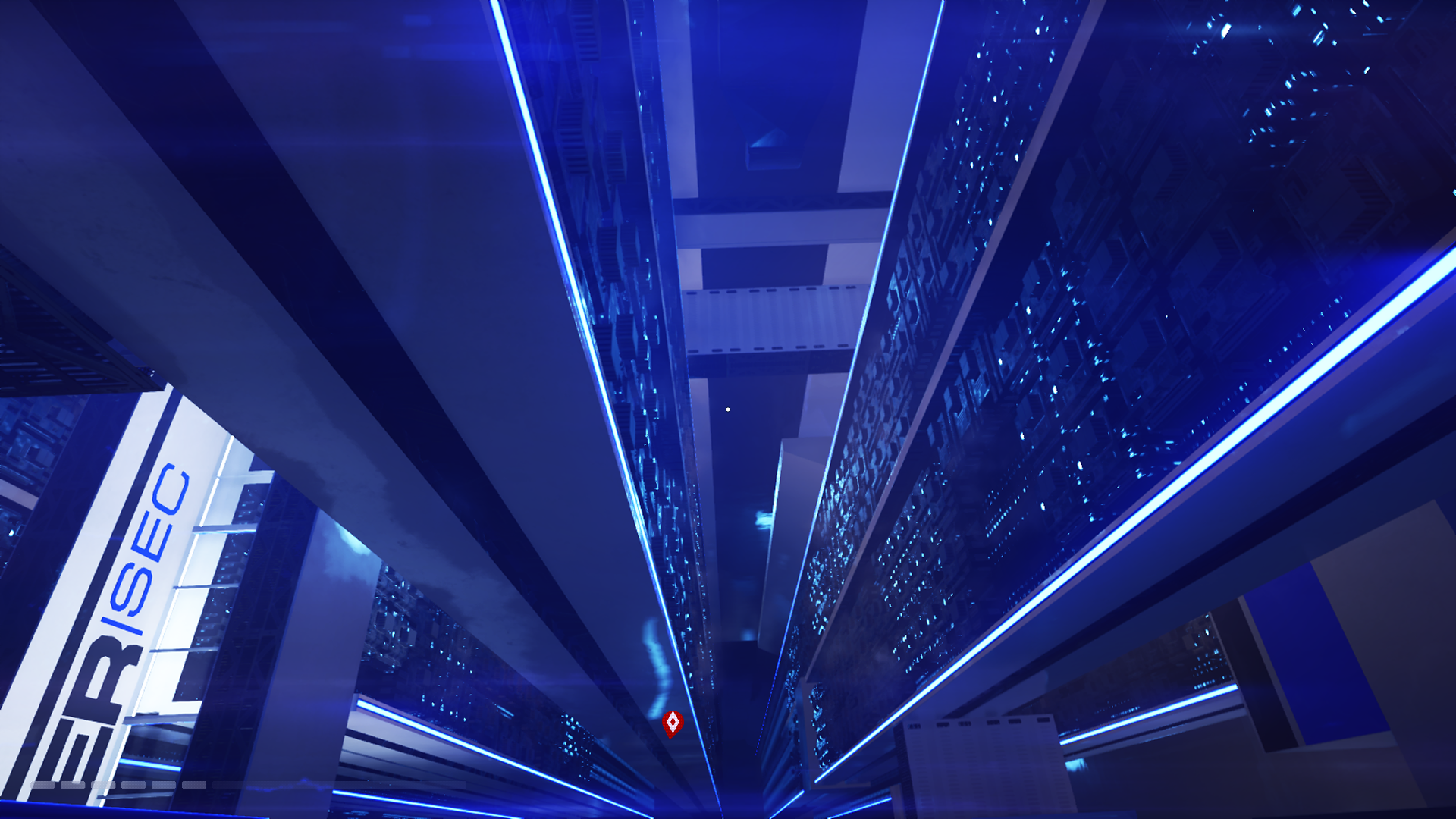
-
Mirrors Edge Catalyst Review 58
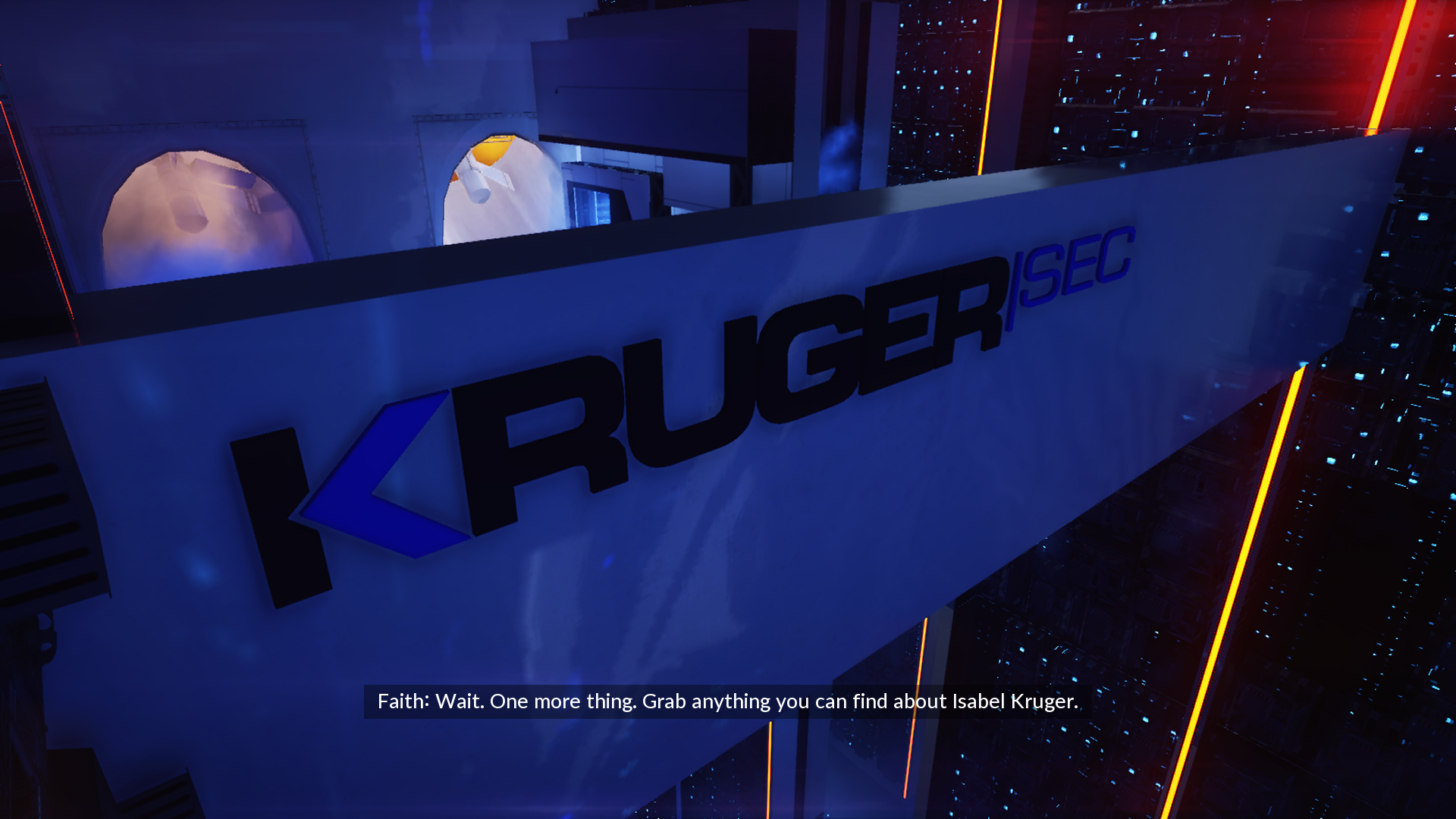
-
Mirrors Edge Catalyst Review 59
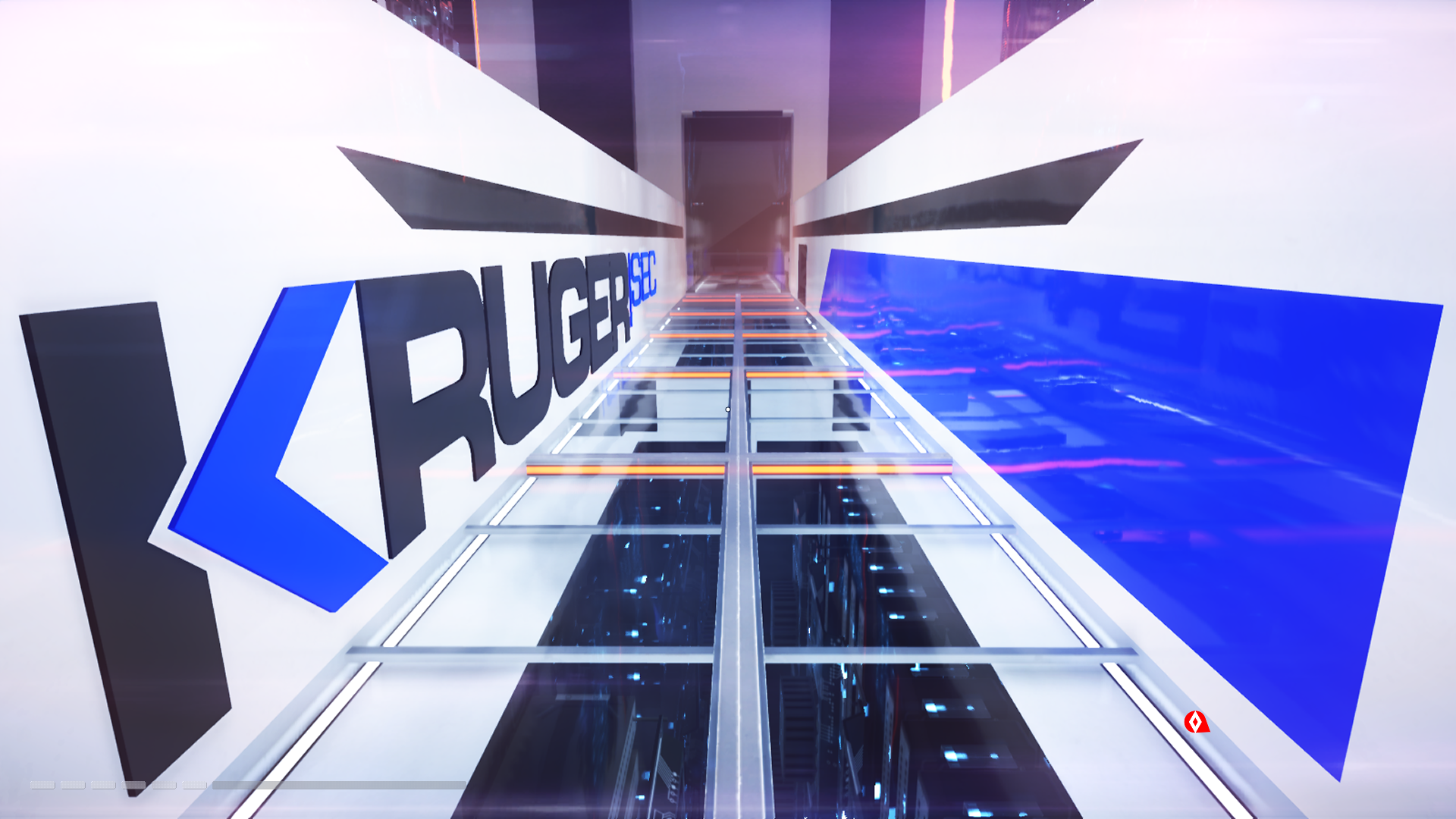
-
Mirrors Edge Catalyst Review 60
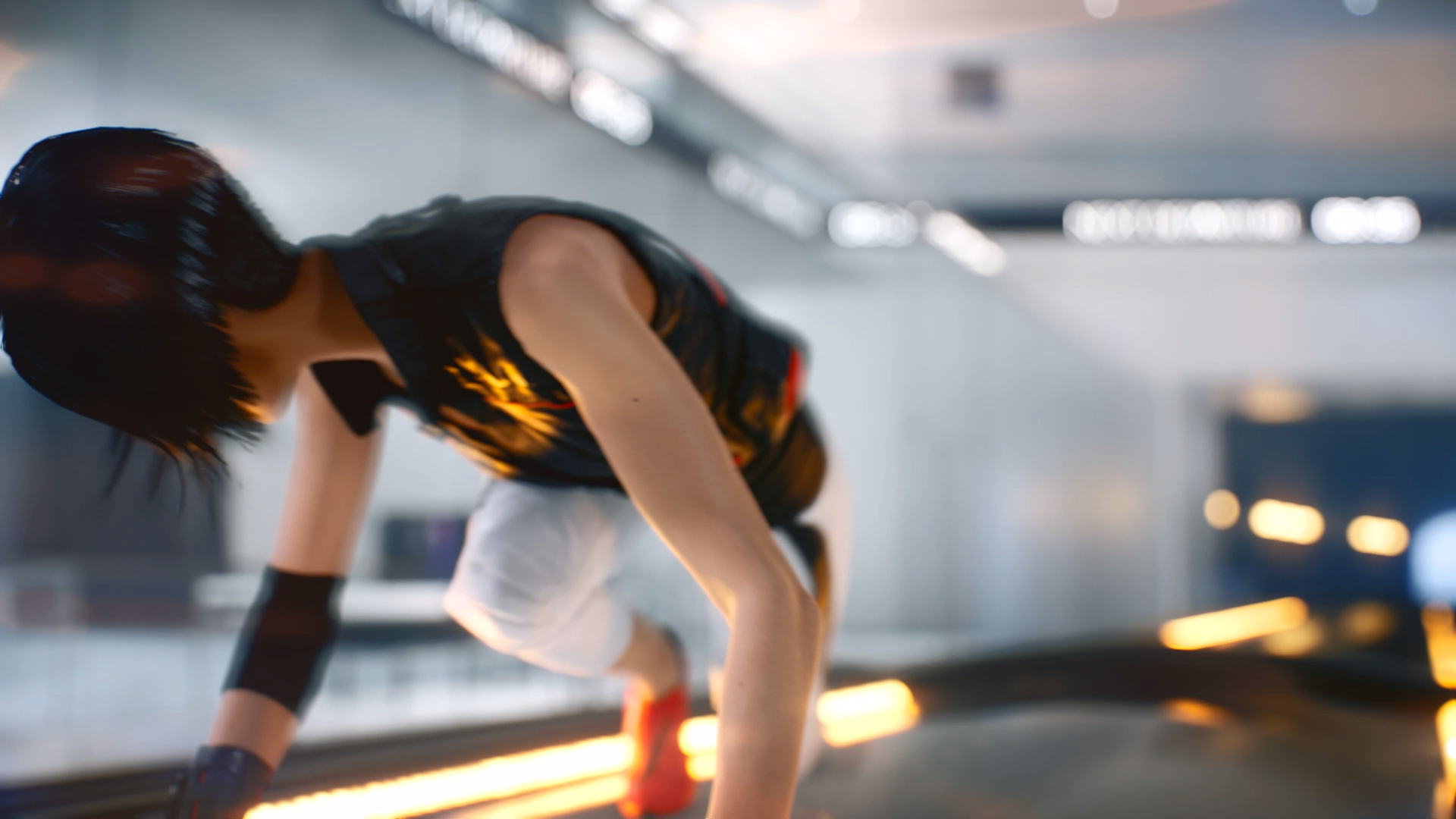
-
Mirrors Edge Catalyst Review 61
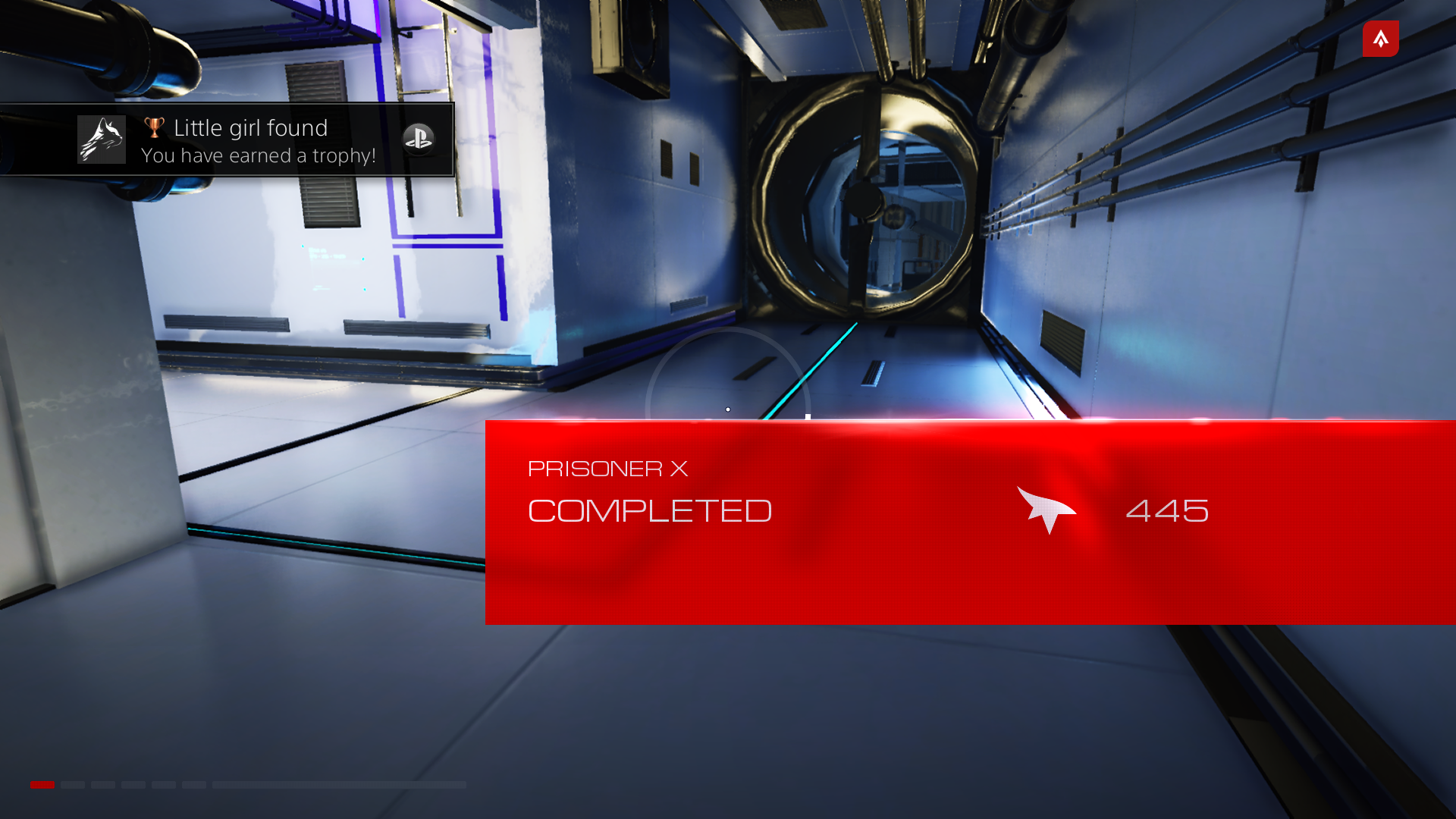
-
Mirrors Edge Catalyst Review 62
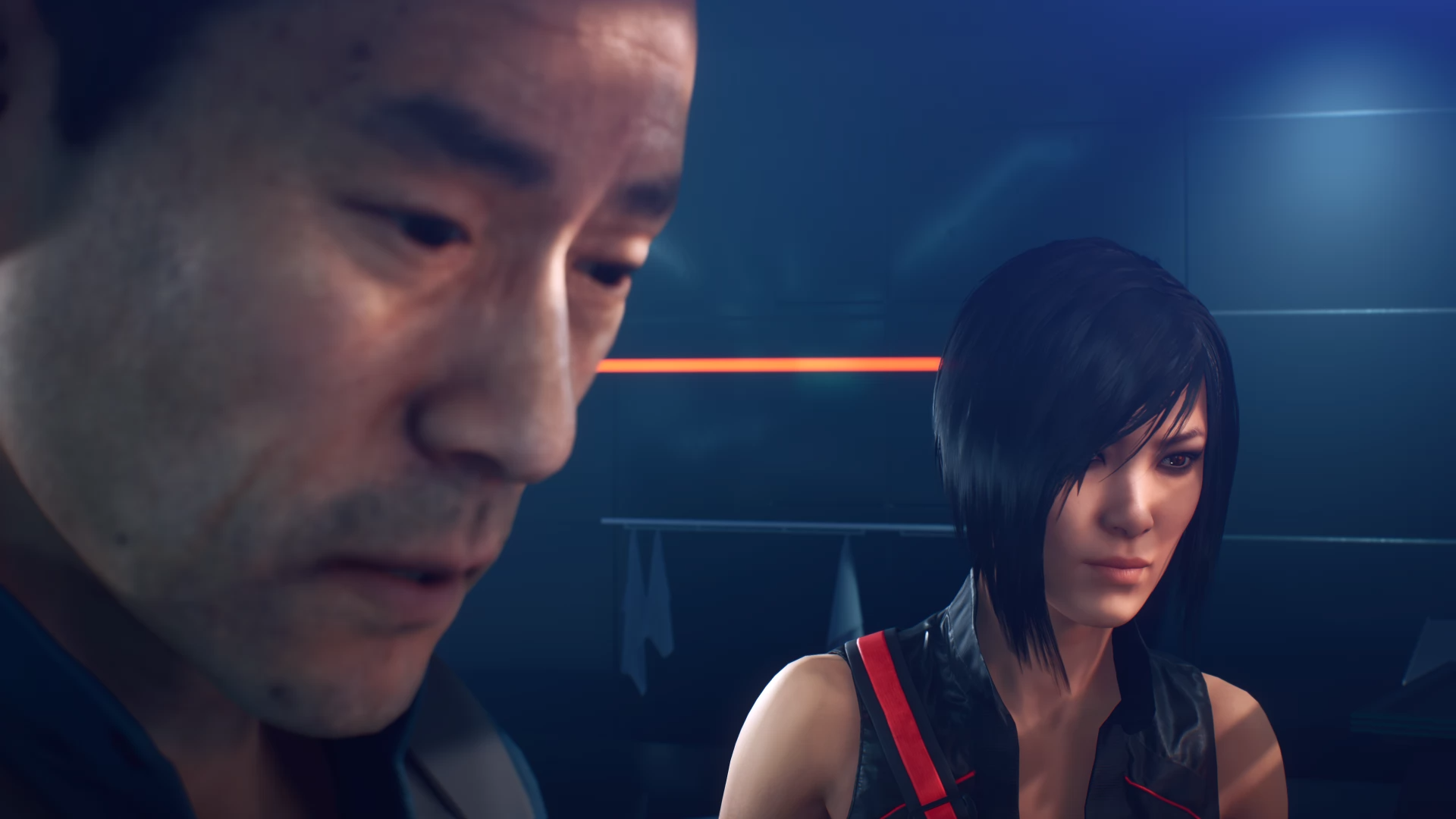
-
Mirrors Edge Catalyst Review 63
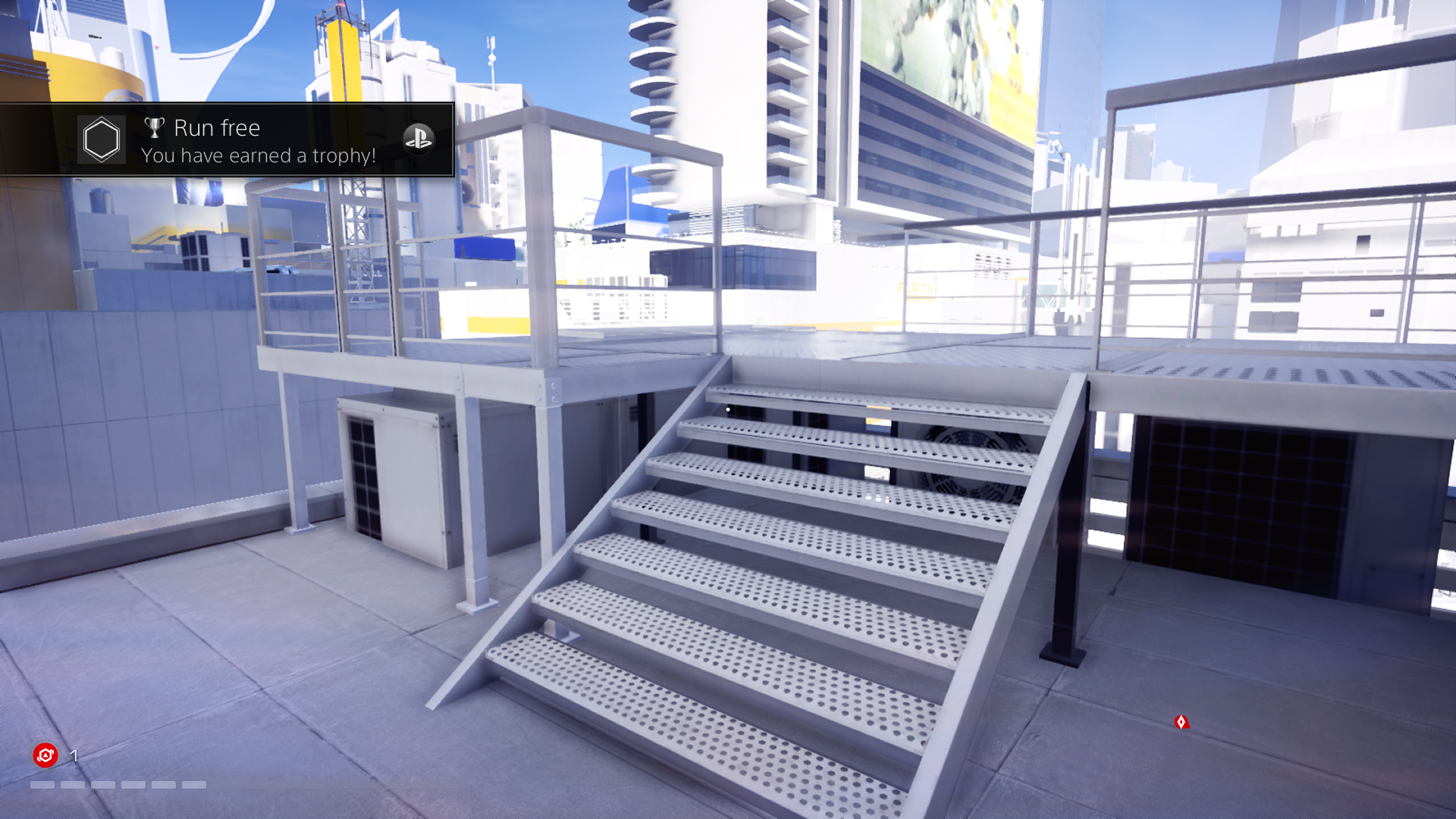
-
Mirrors Edge Catalyst Review 64
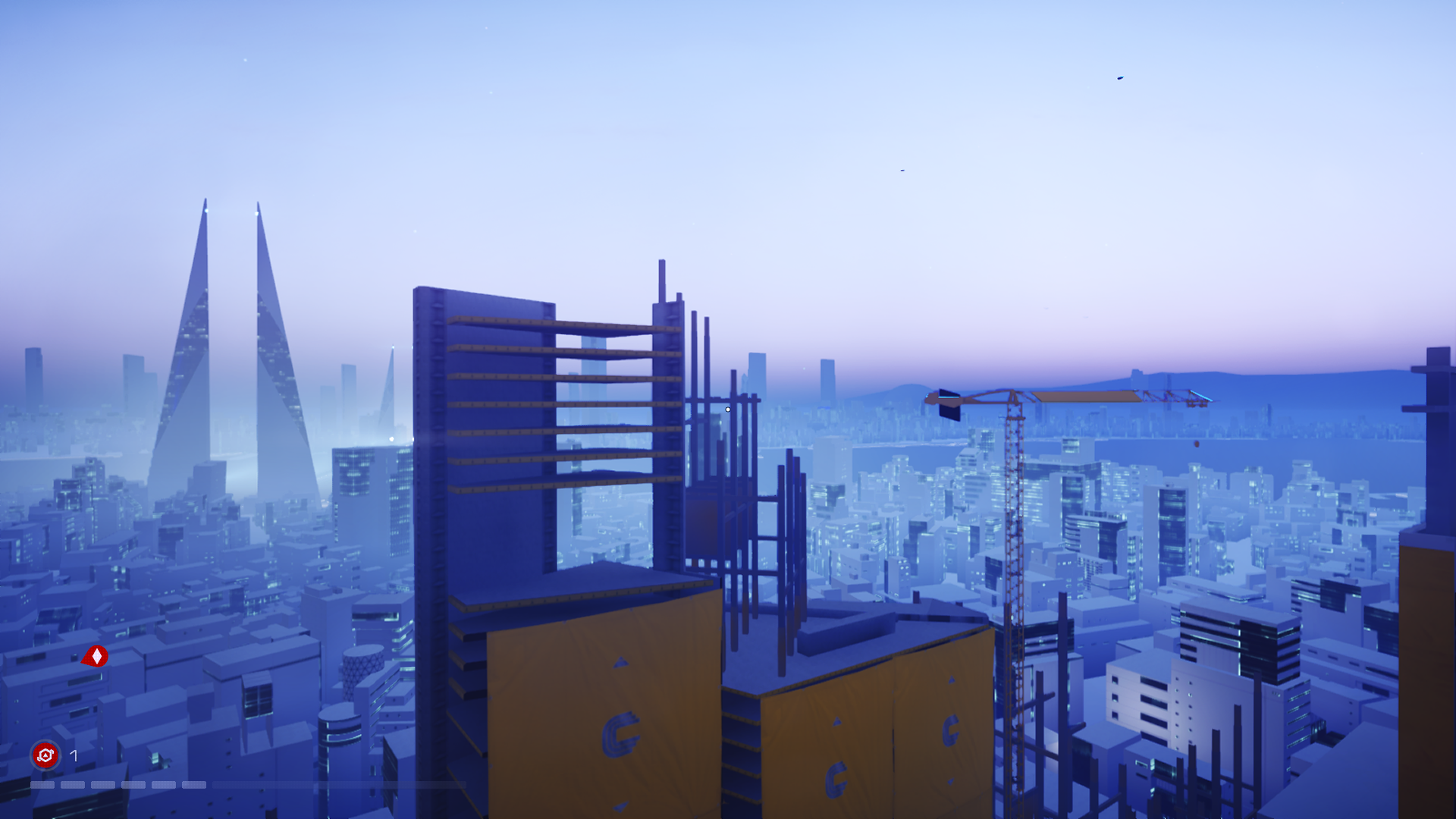
-
Mirrors Edge Catalyst Review 65
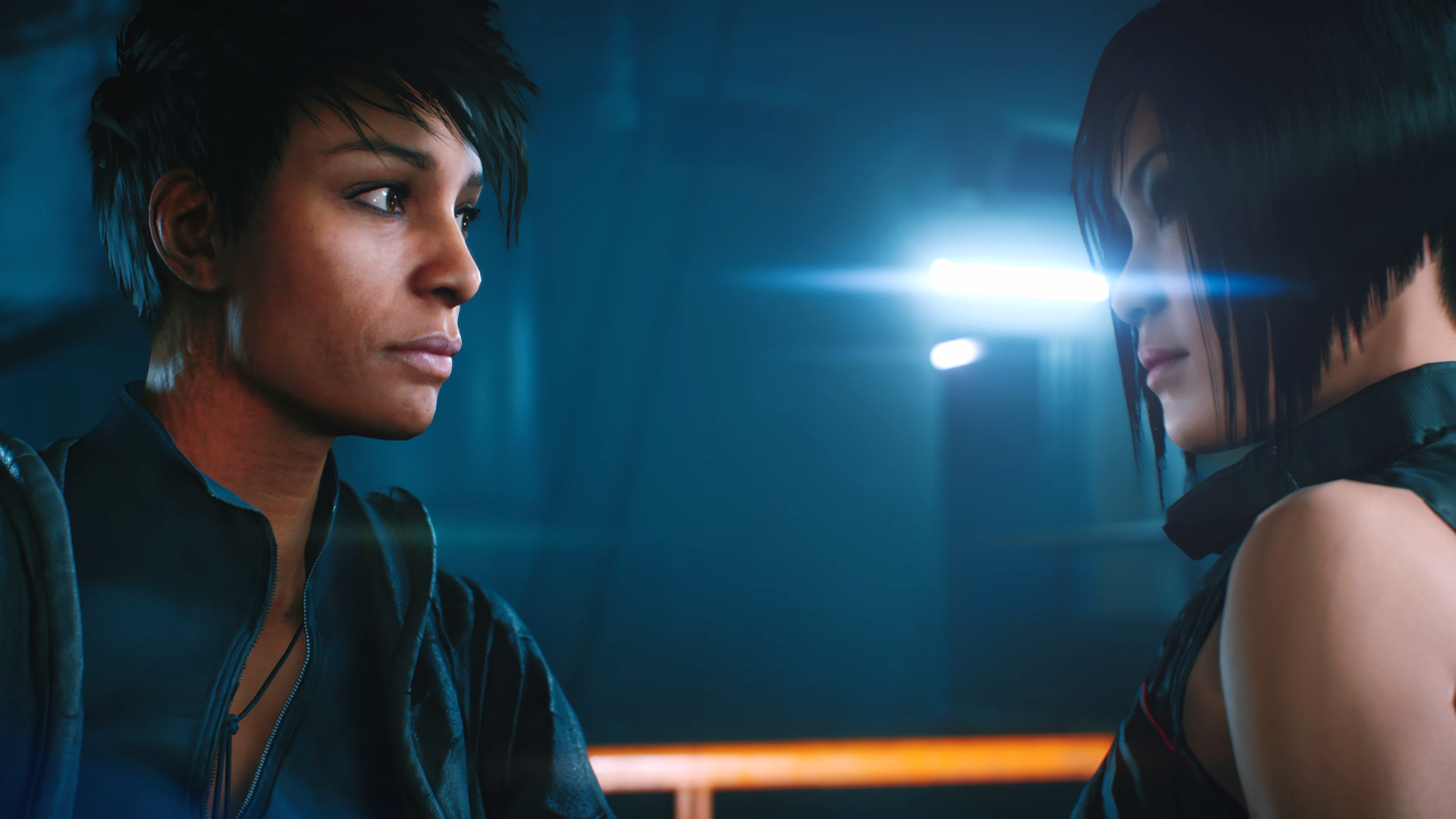
-
Mirrors Edge Catalyst Review 66
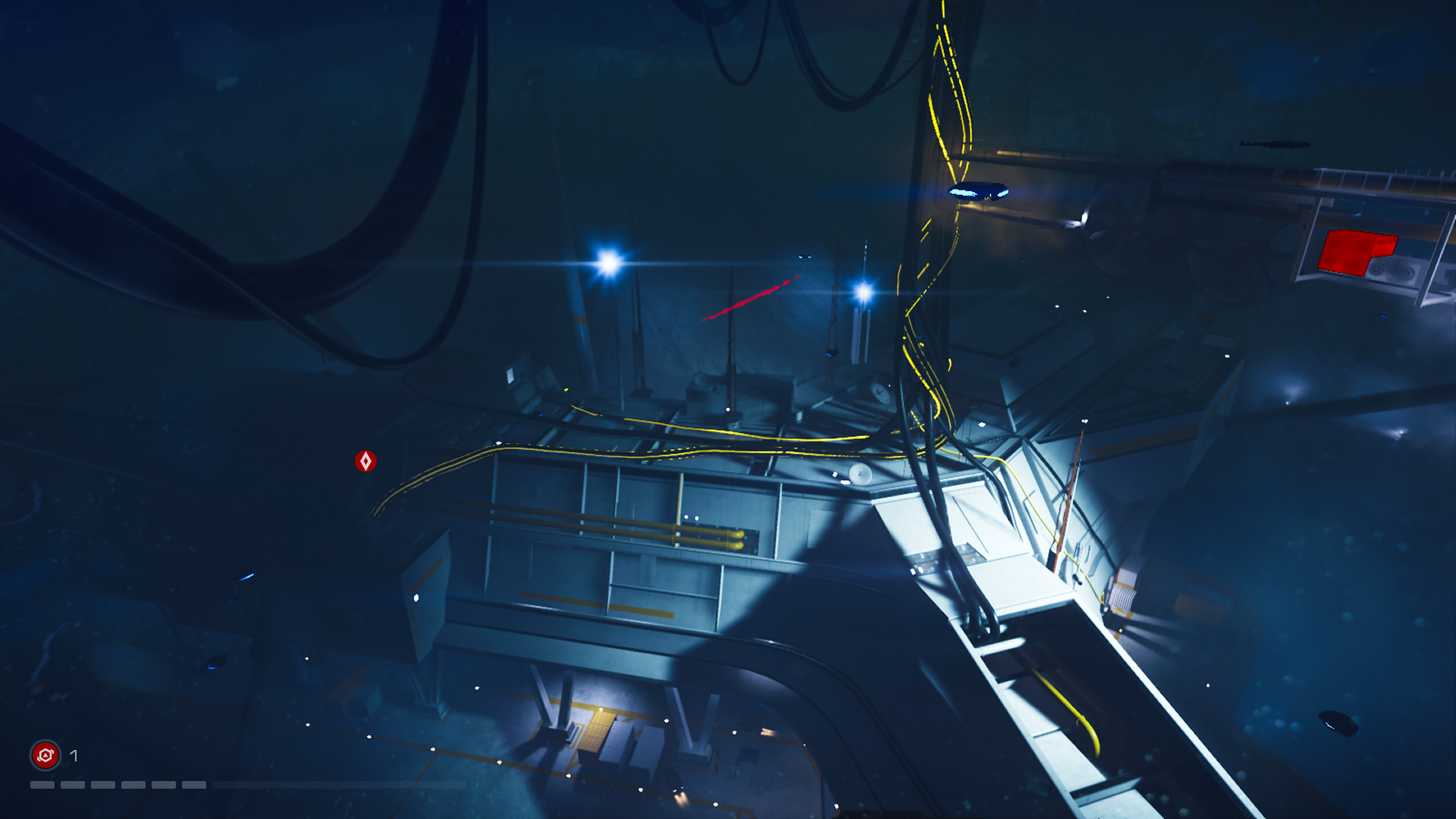
-
Mirrors Edge Catalyst Review 67
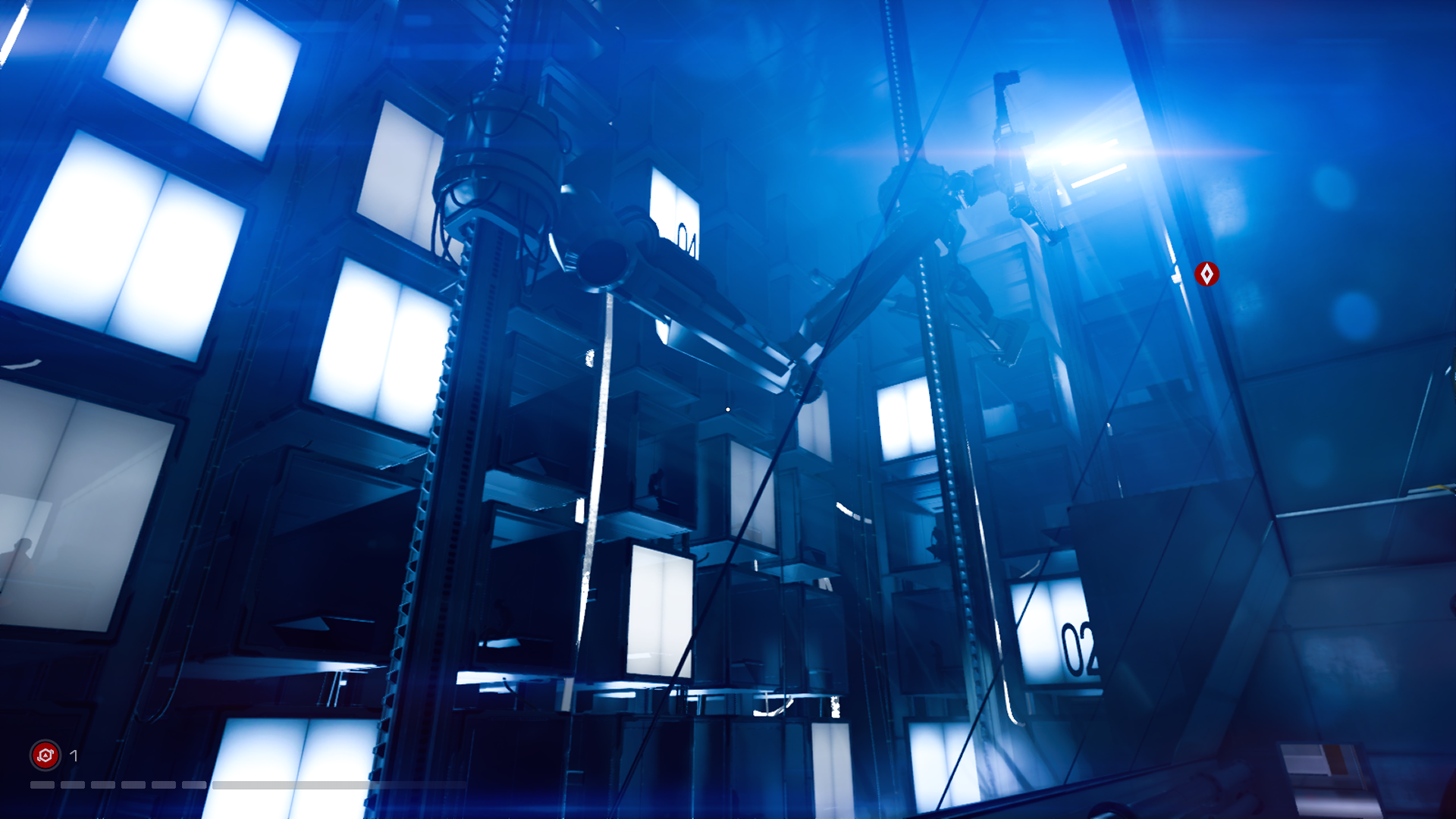
-
Mirrors Edge Catalyst Review 68
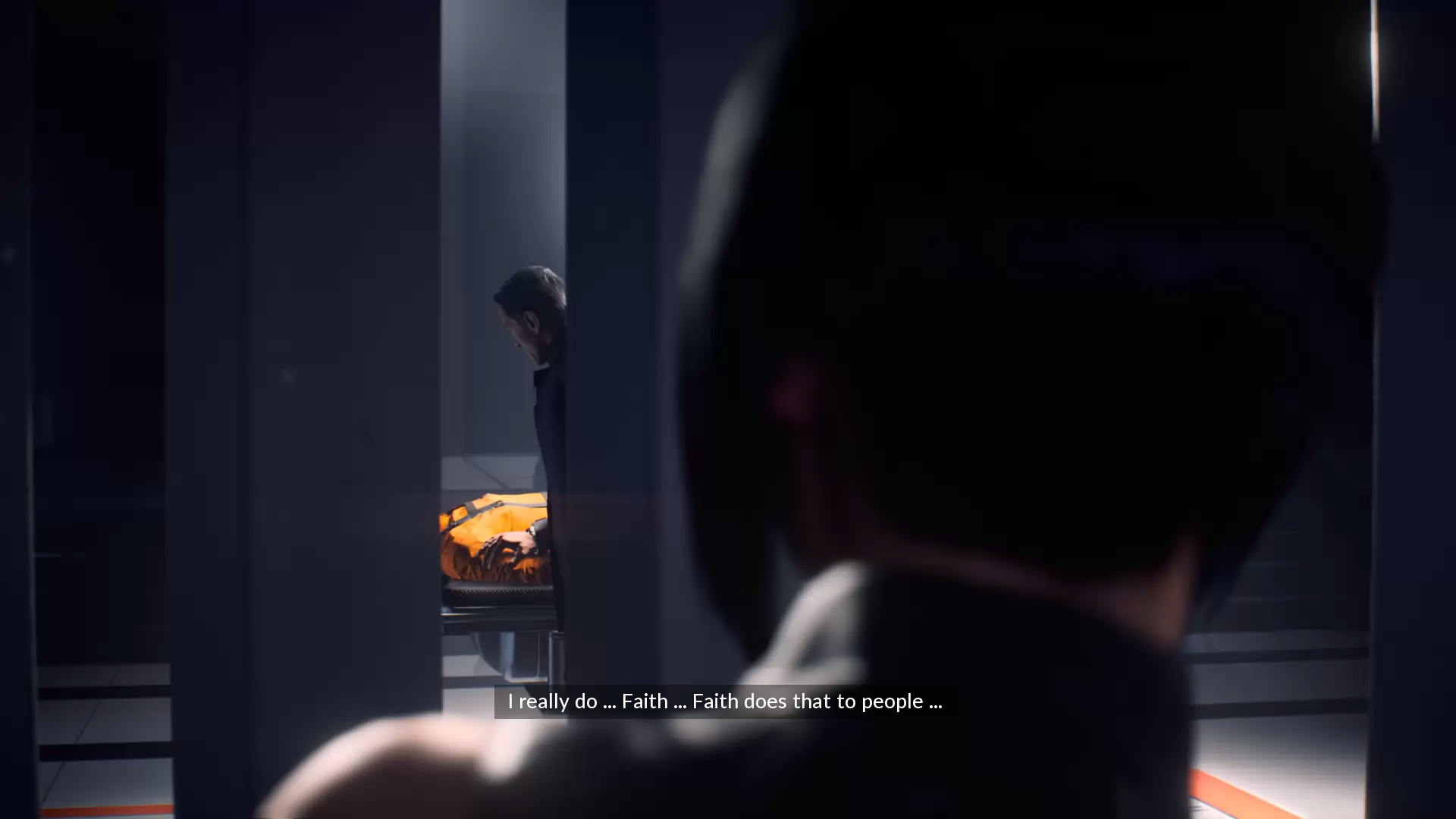
-
Mirrors Edge Catalyst Review 69
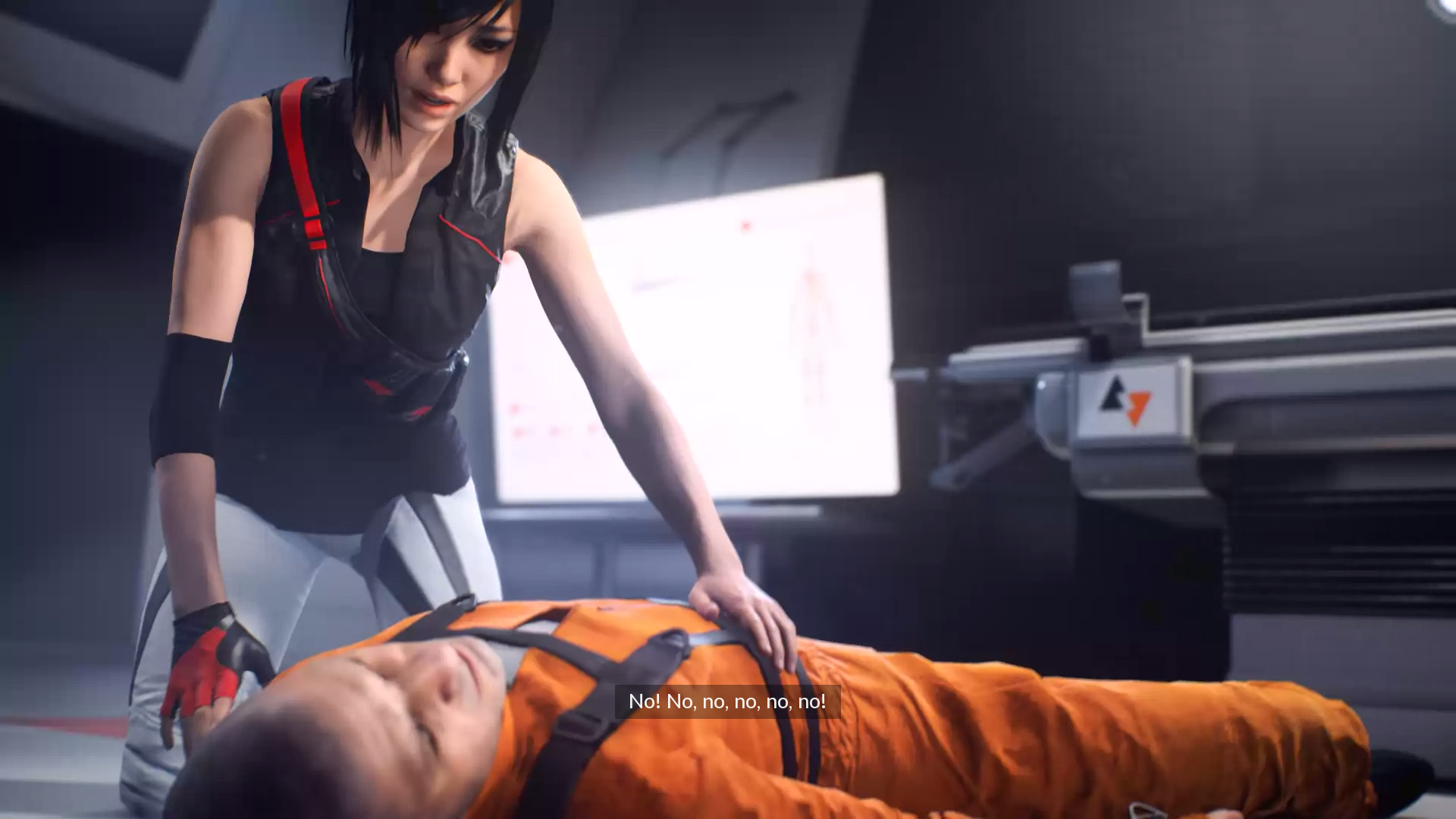
-
Mirrors Edge Catalyst Review 70
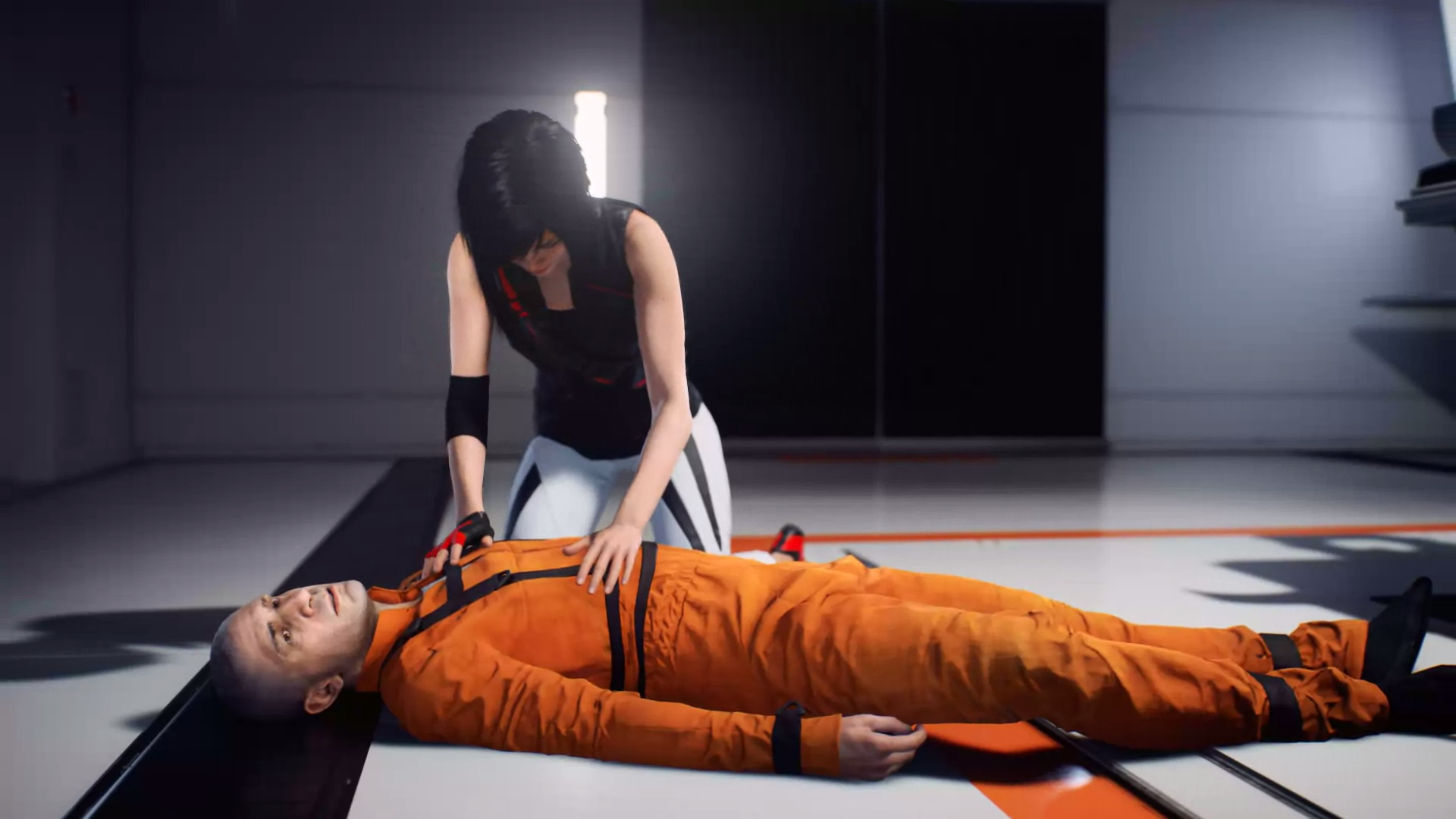
-
Mirrors Edge Catalyst Review 71
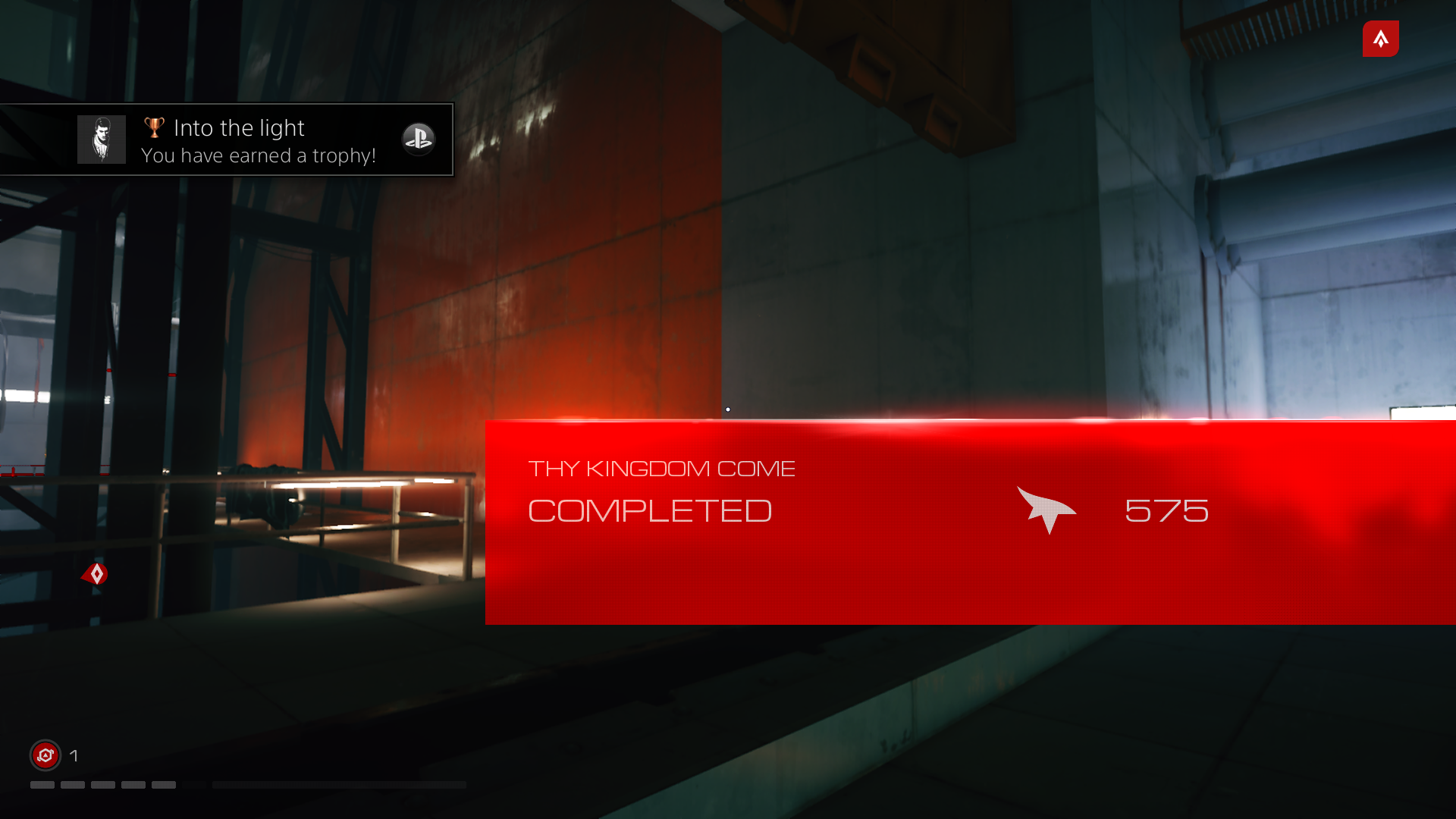
-
Mirrors Edge Catalyst Review 72
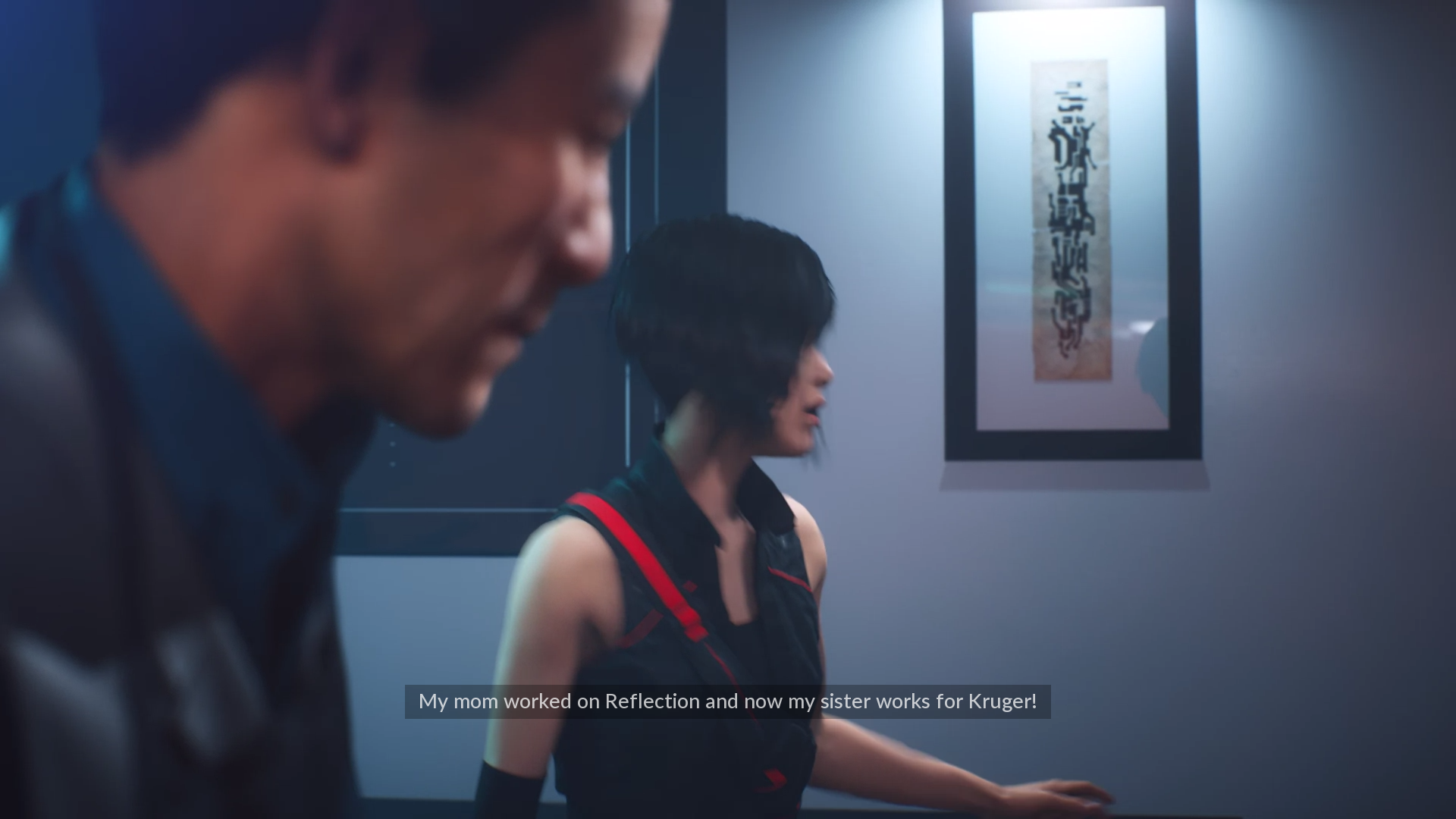
-
Mirrors Edge Catalyst Review 73
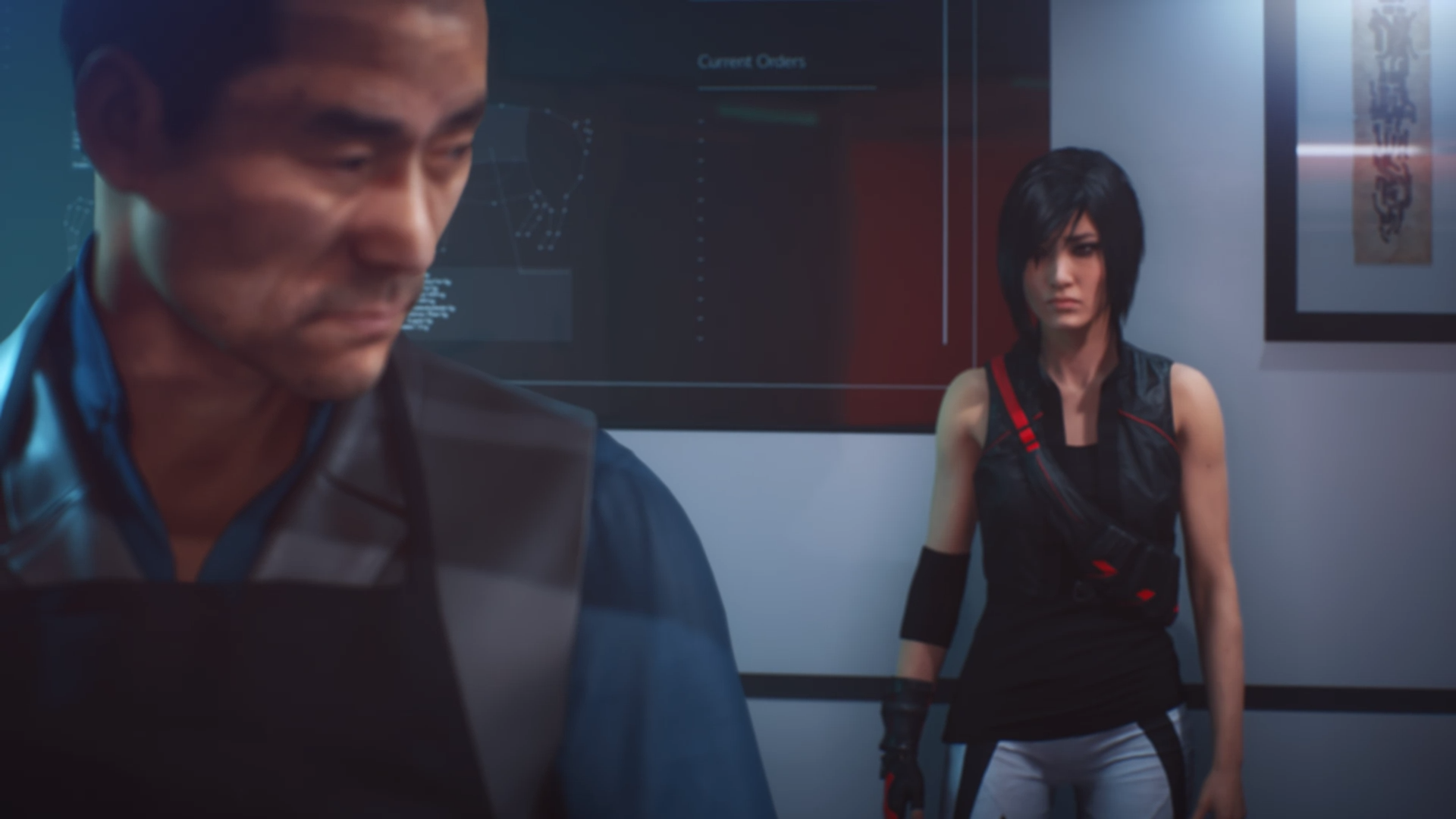
-
Mirrors Edge Catalyst Review 74
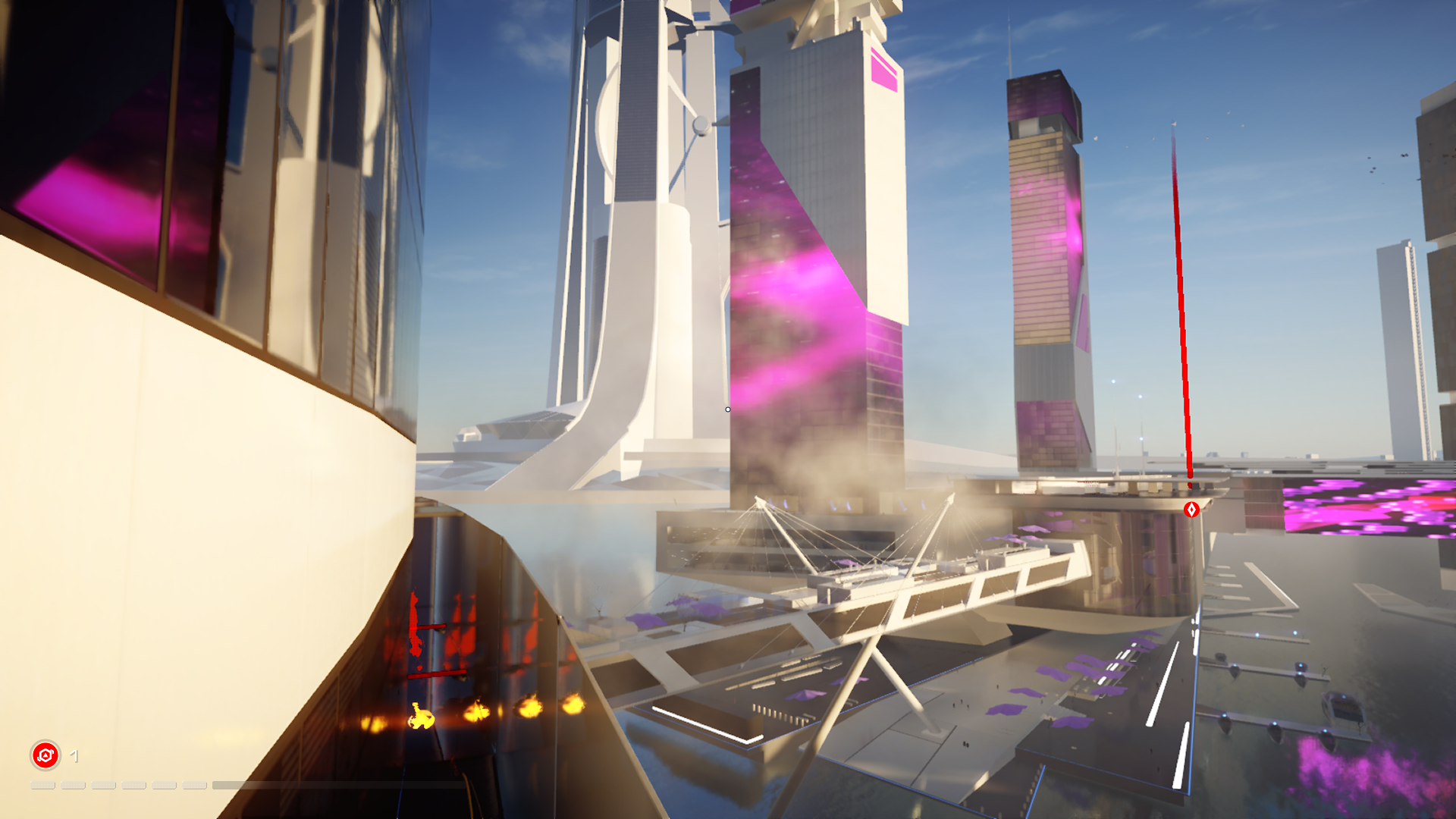
-
Mirrors Edge Catalyst Review 75
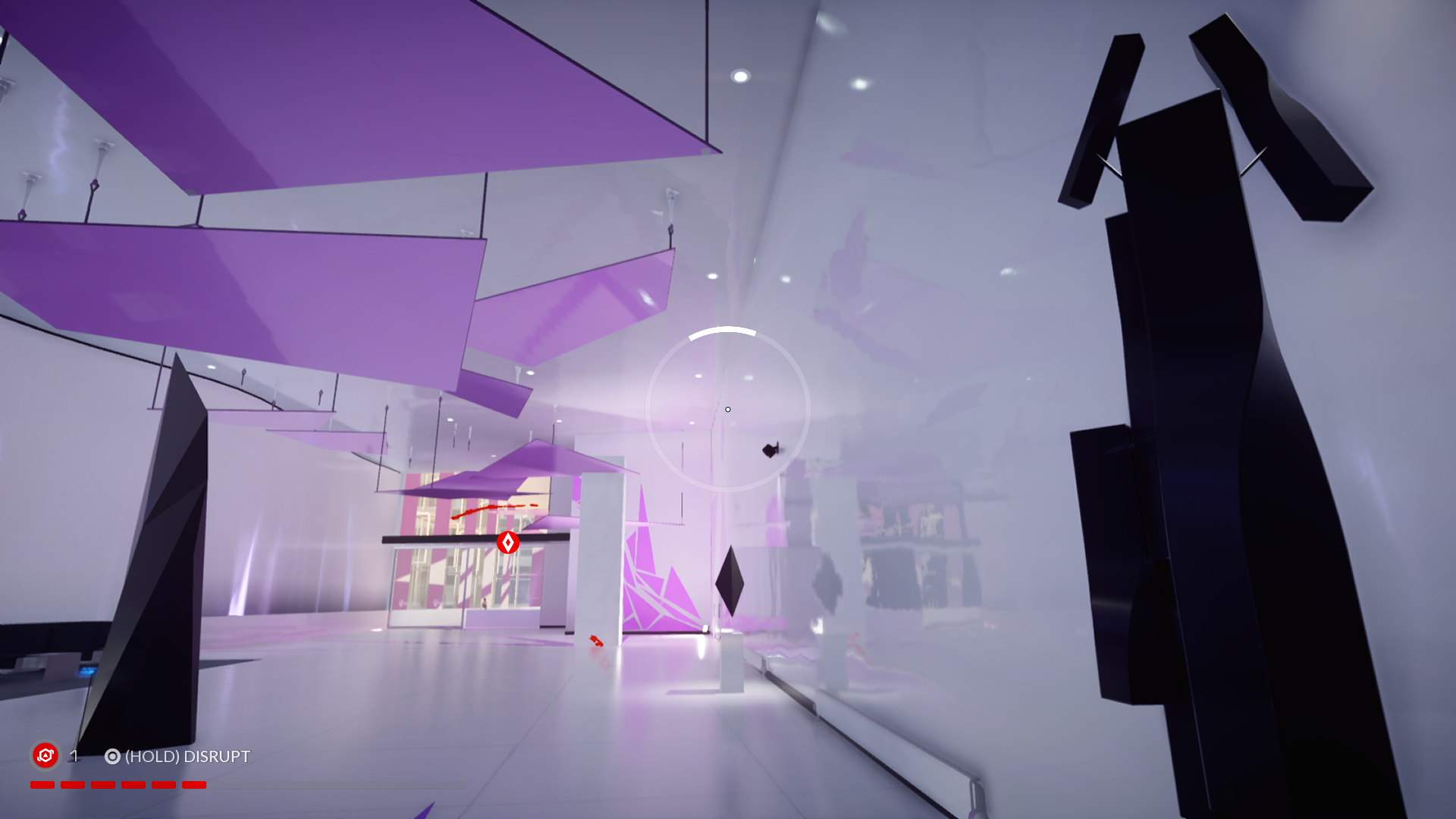
-
Mirrors Edge Catalyst Review 76
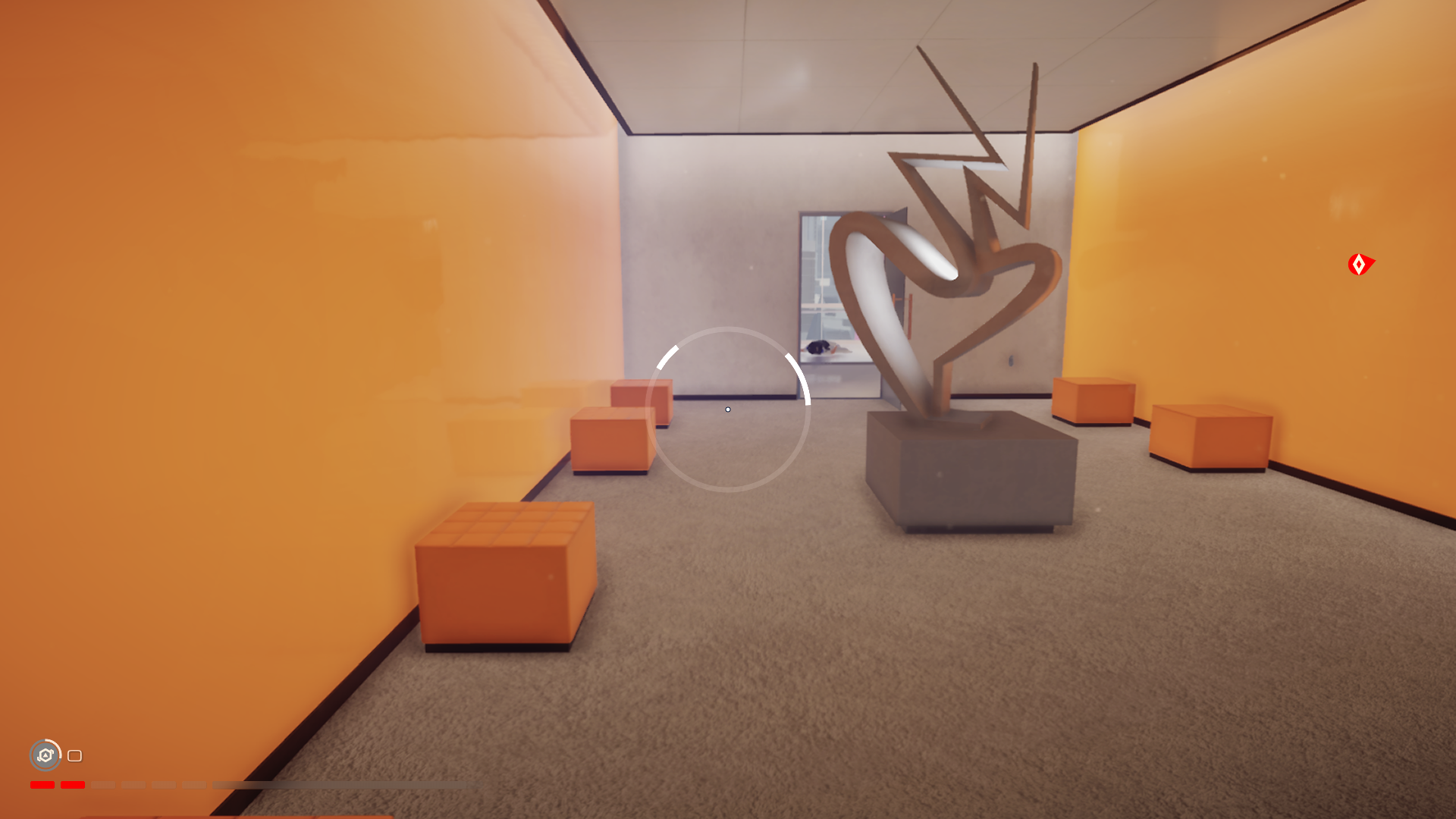
-
Mirrors Edge Catalyst Review 77
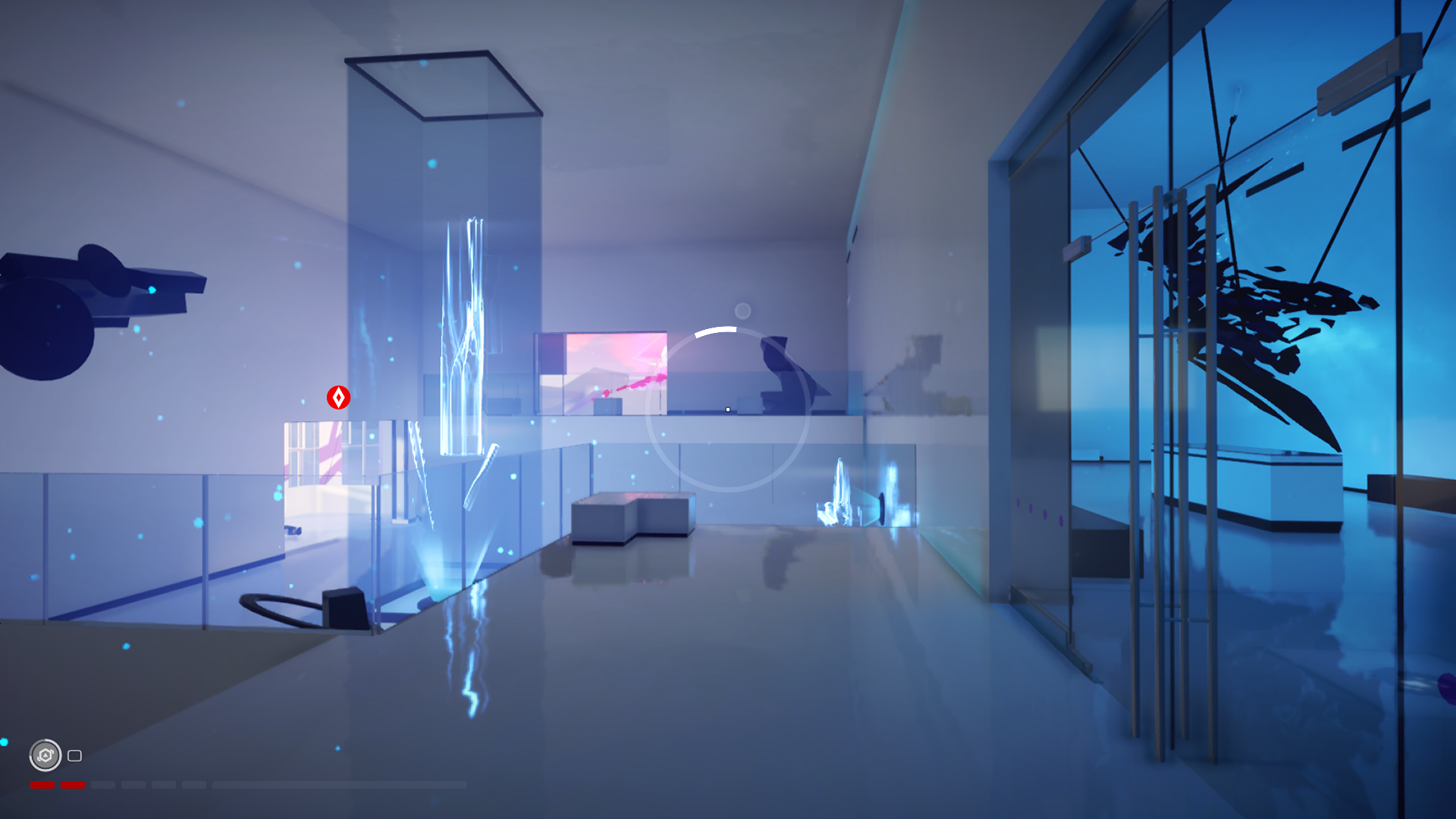
-
Mirrors Edge Catalyst Review 78
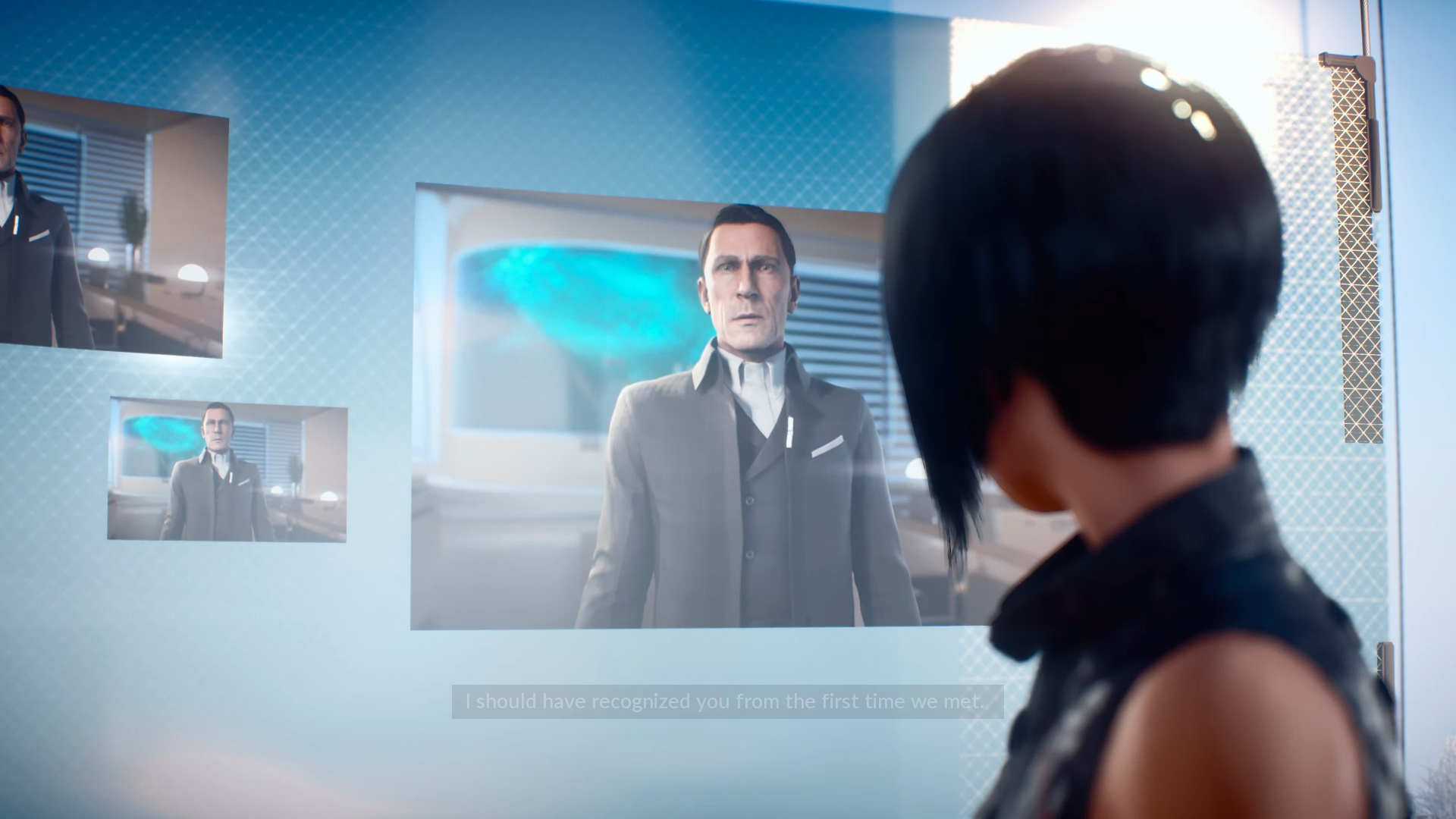
-
Mirrors Edge Catalyst Review 79
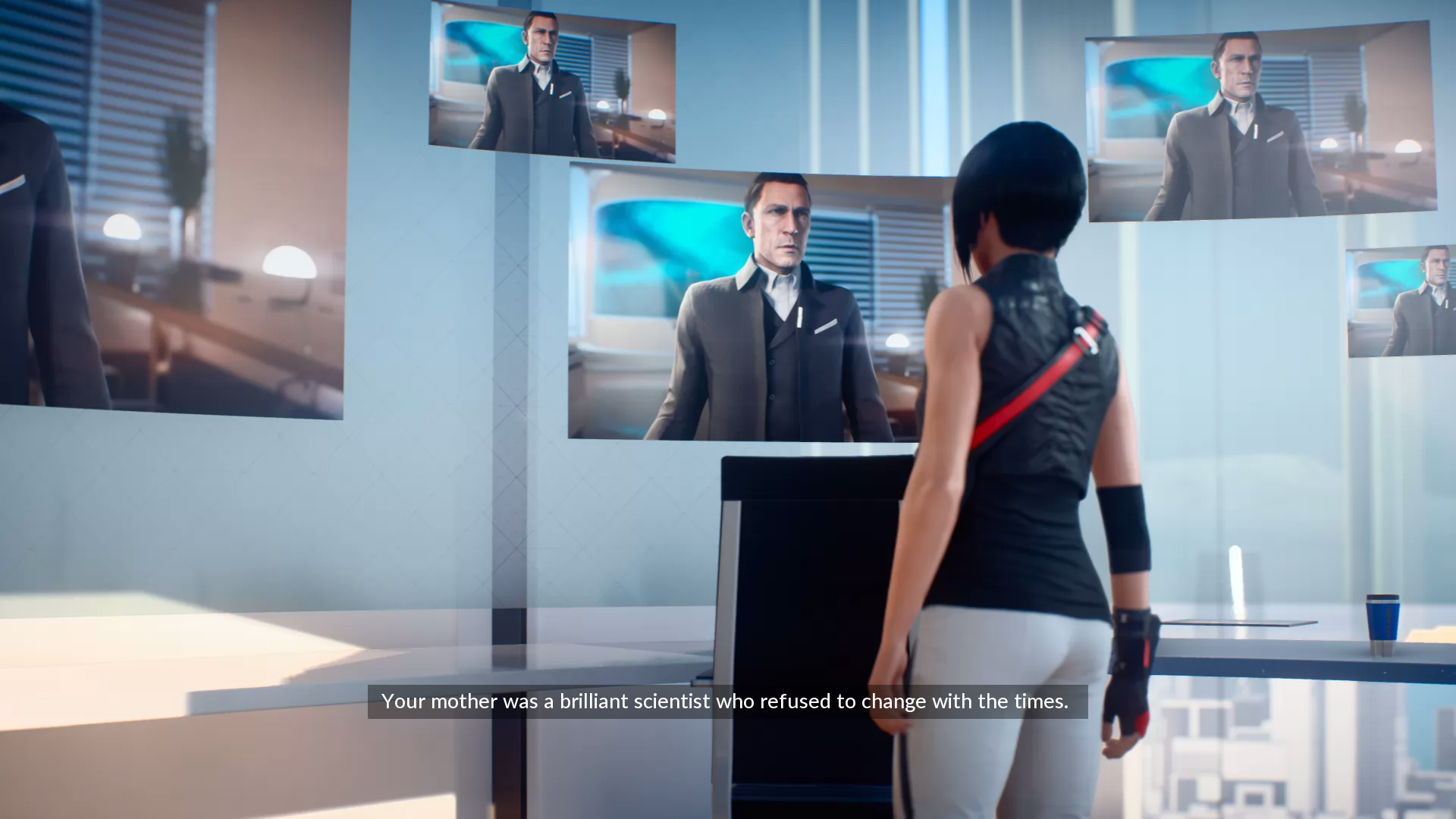
-
Mirrors Edge Catalyst Review 80
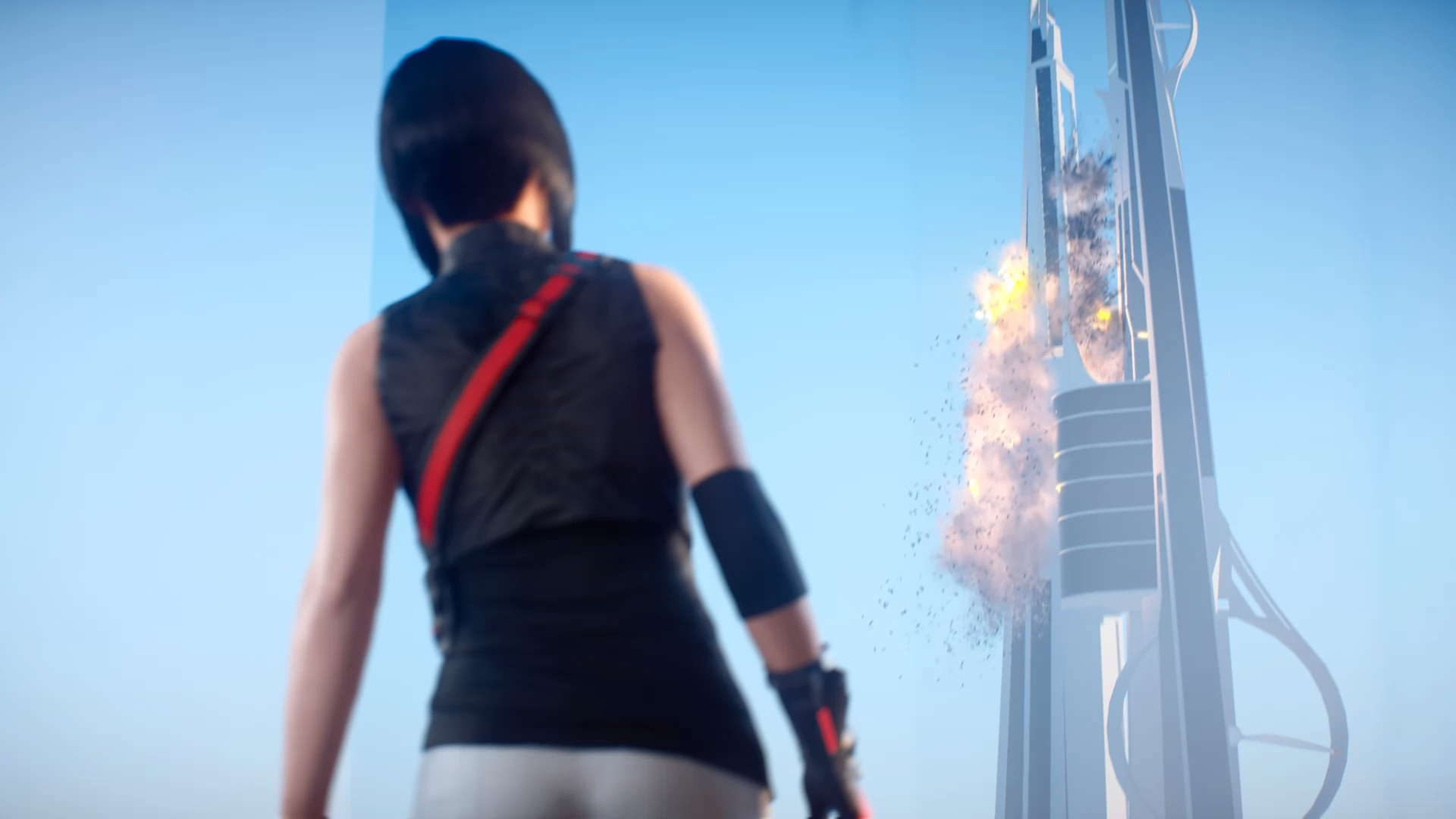
-
Mirrors Edge Catalyst Review 81
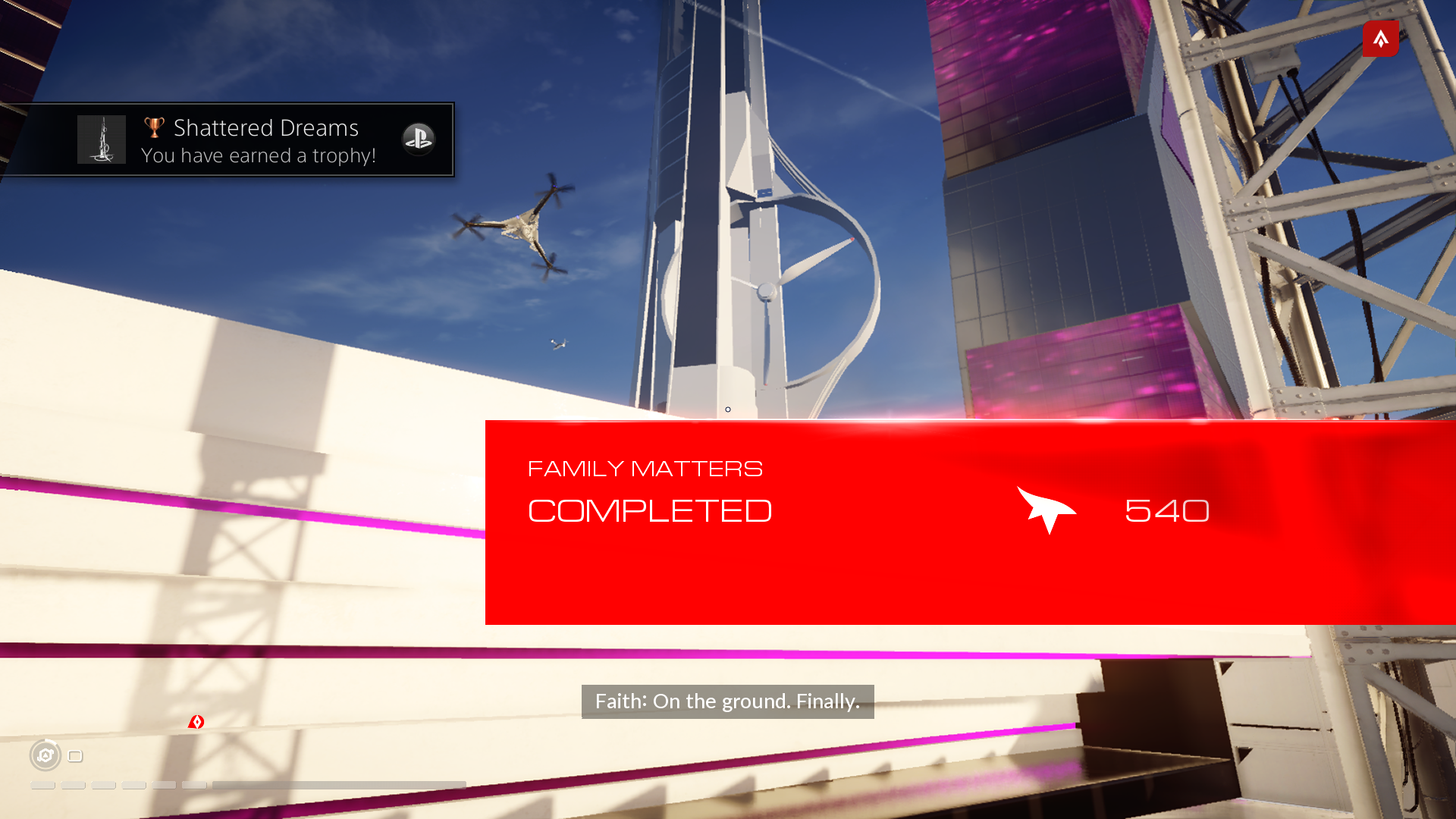
-
Mirrors Edge Catalyst Review 82
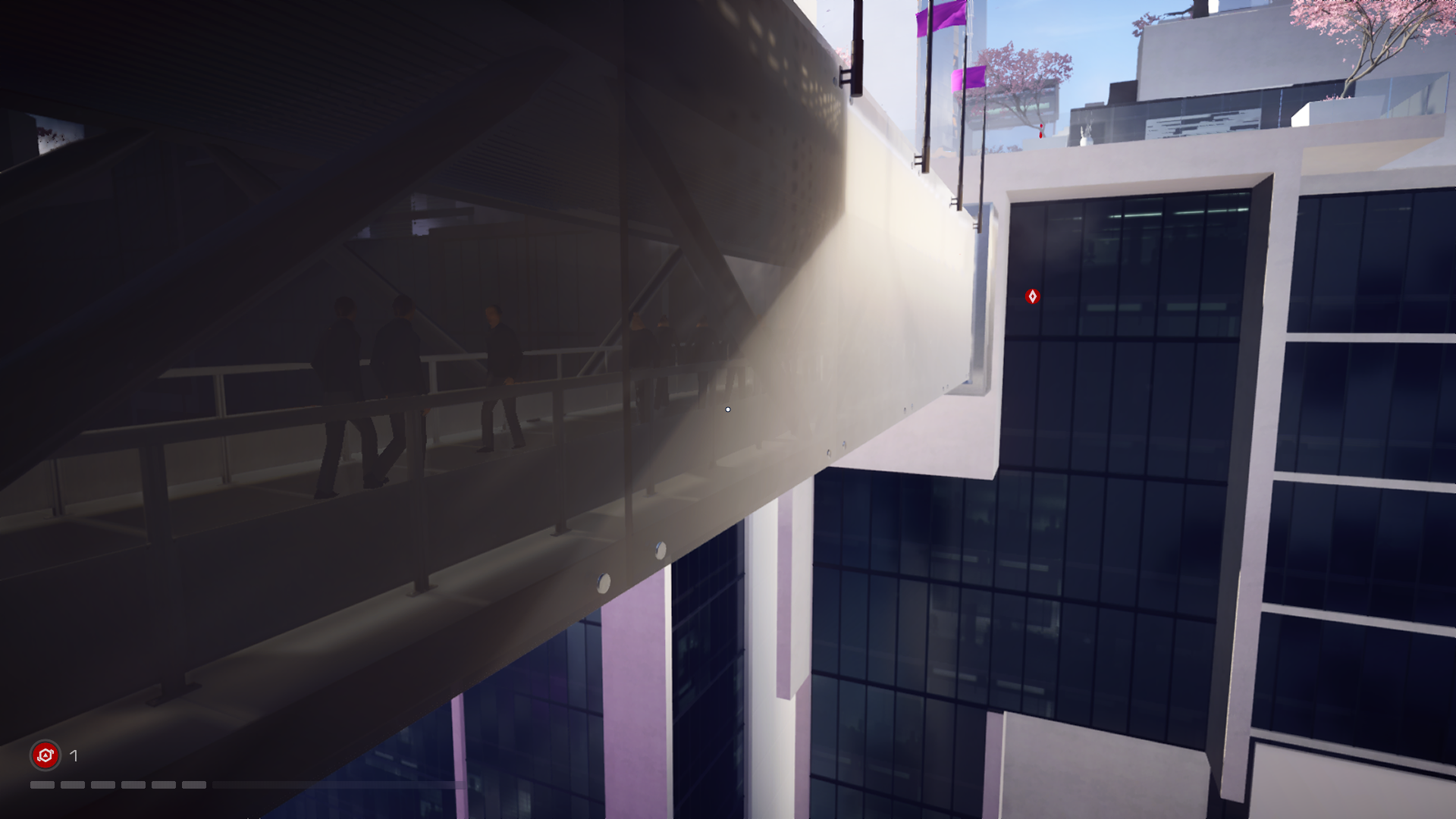
-
Mirrors Edge Catalyst Review 83
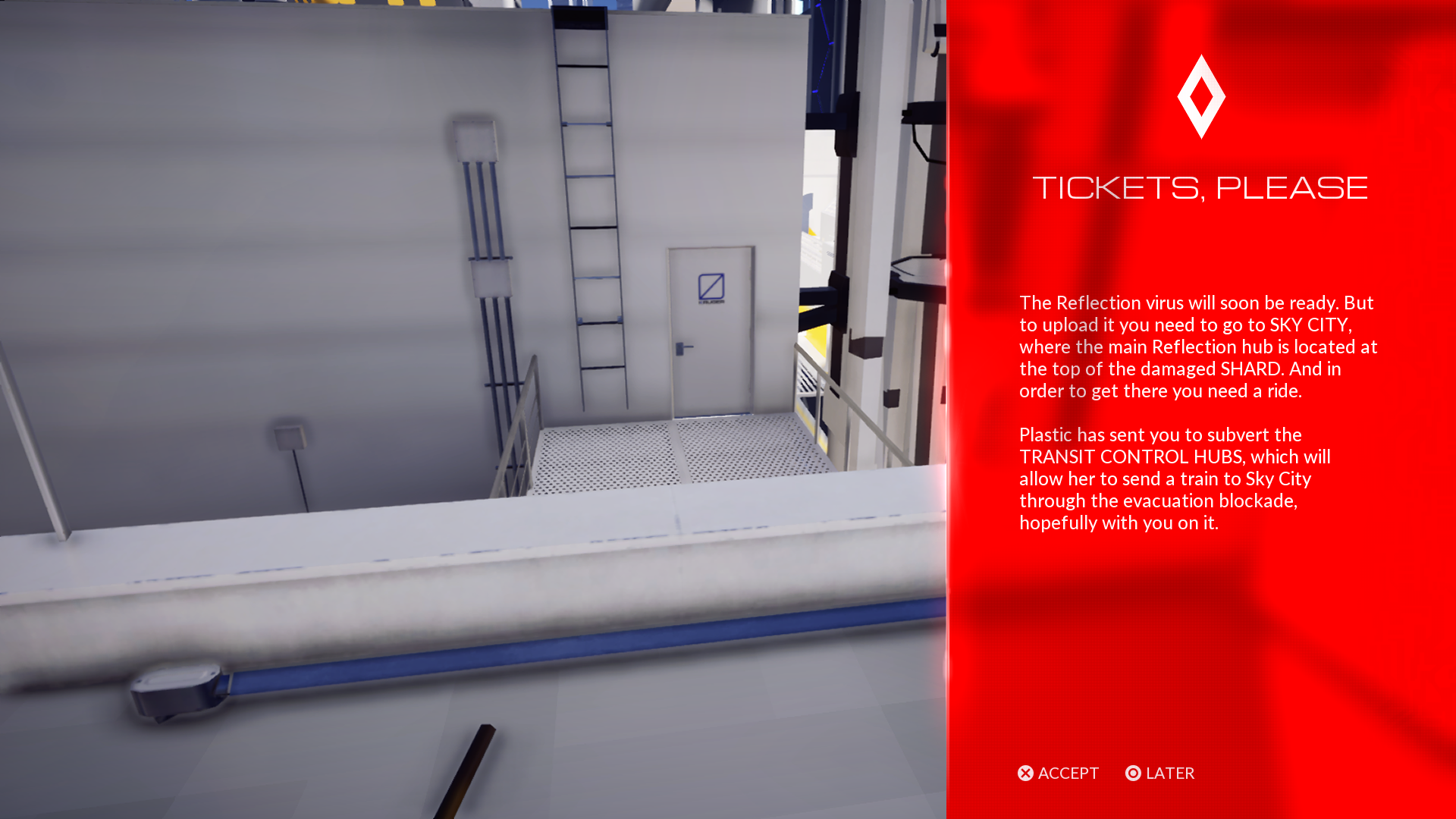
-
Mirrors Edge Catalyst Review 84
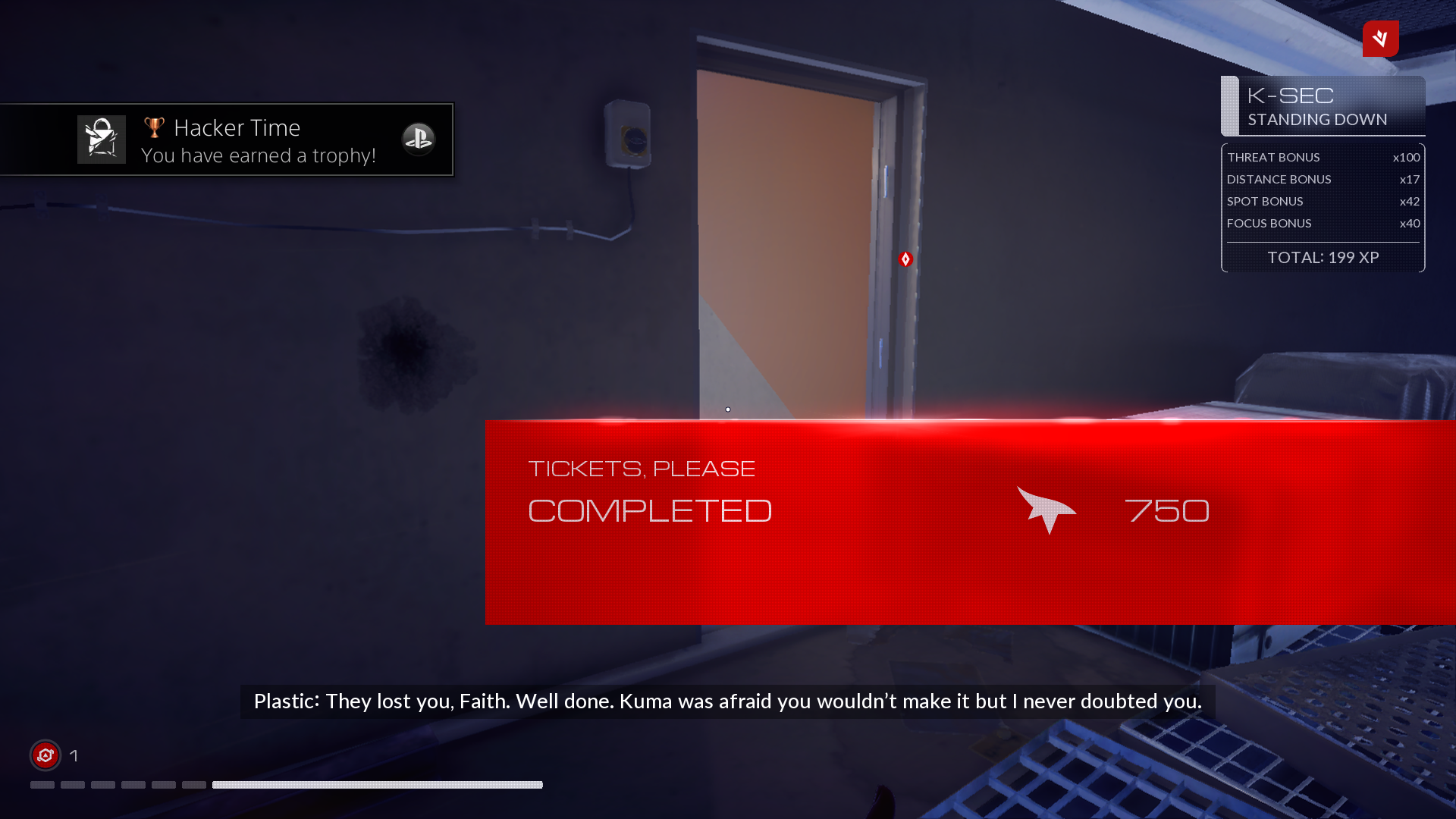
-
Mirrors Edge Catalyst Review 85
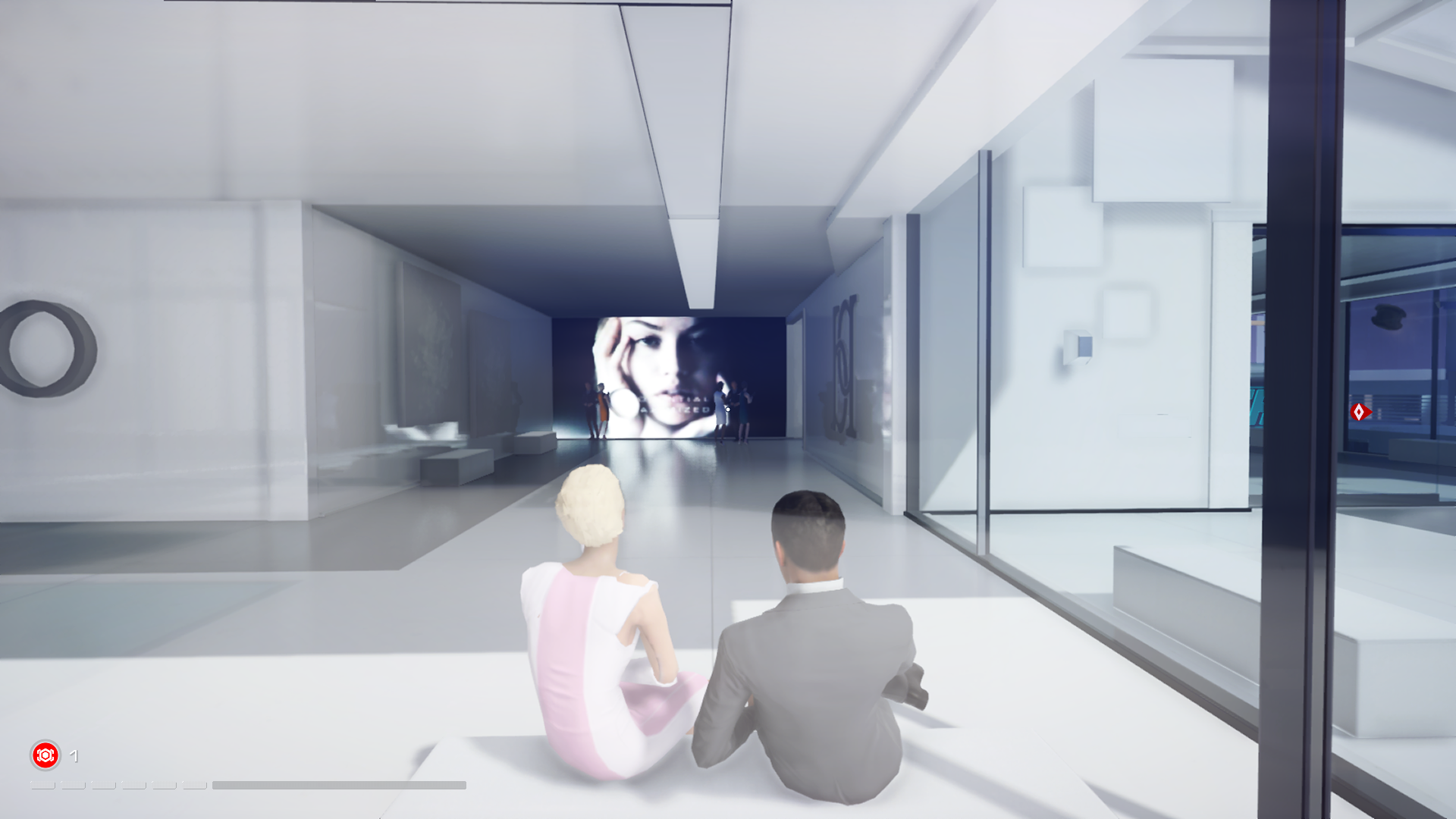
-
Mirrors Edge Catalyst Review 86
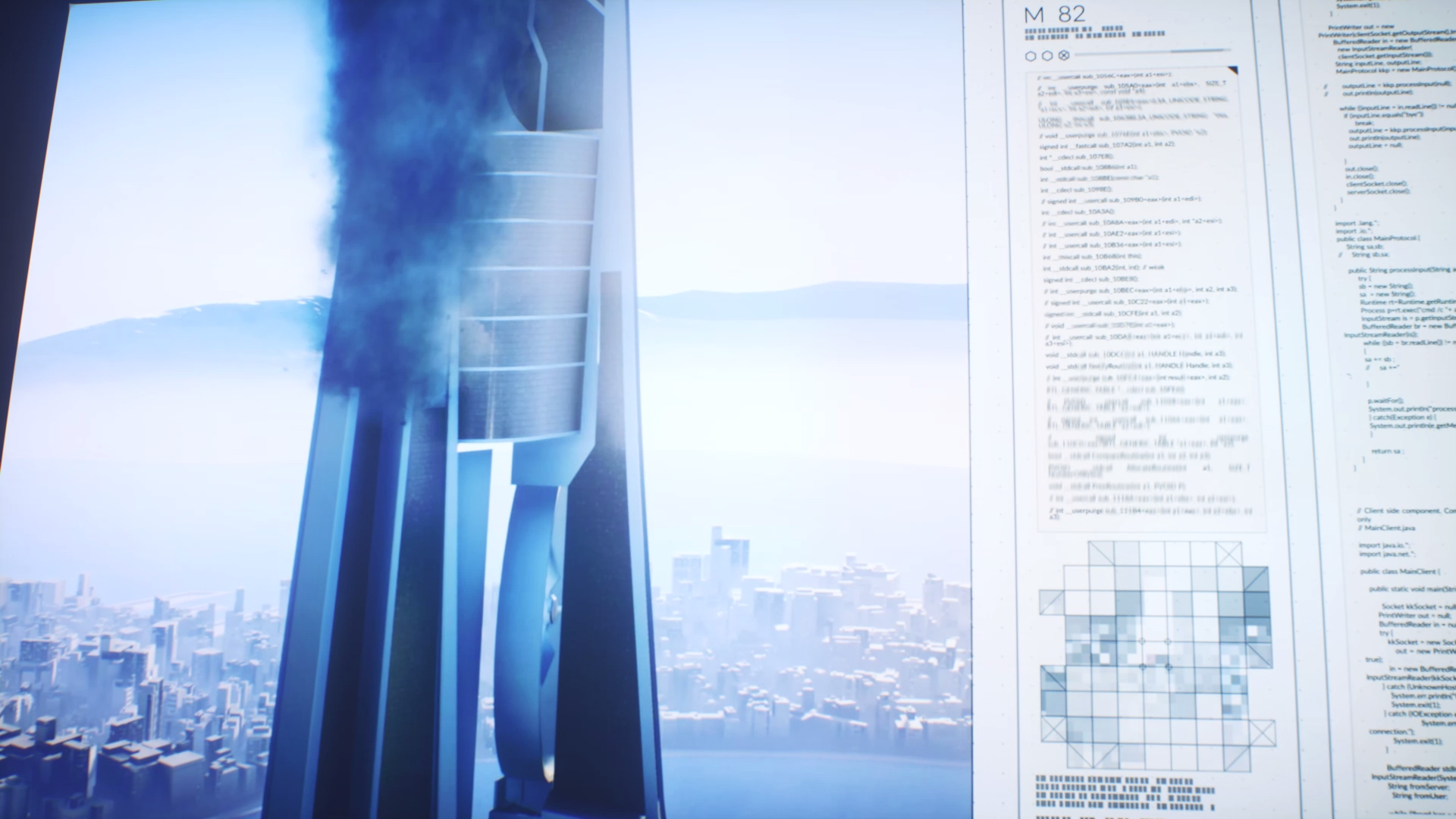
-
Mirrors Edge Catalyst Review 87
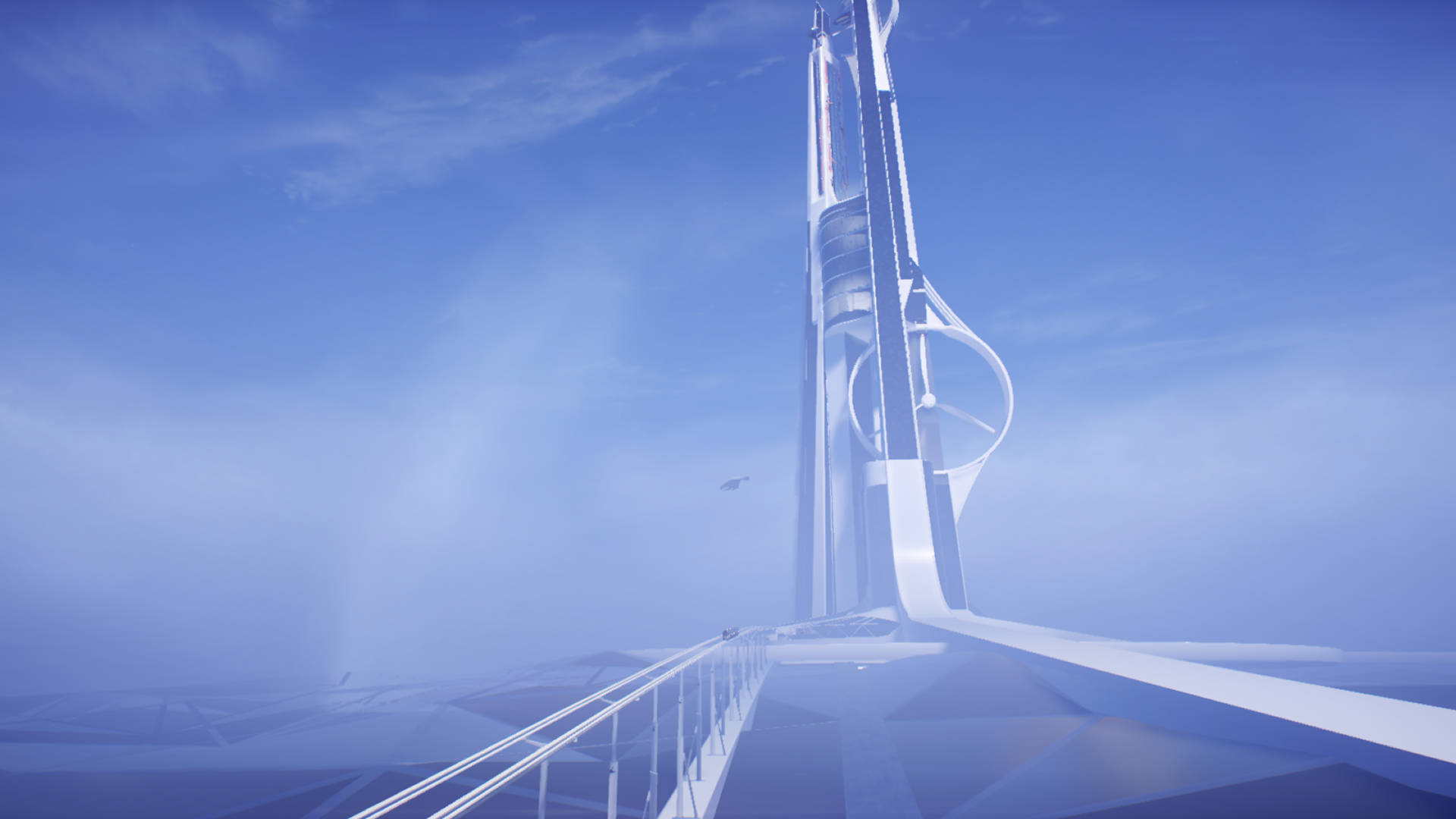
-
Mirrors Edge Catalyst Review 88
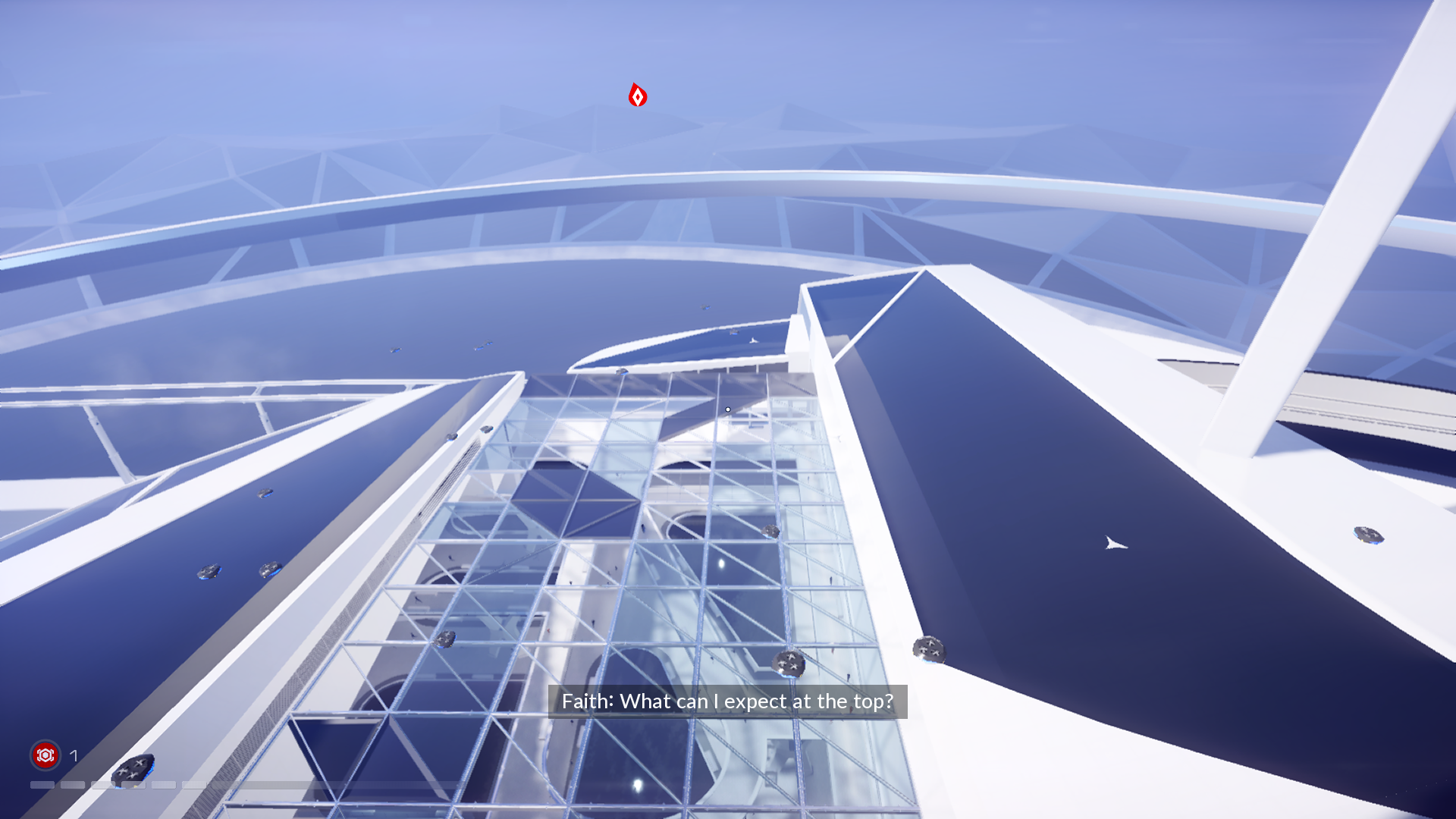
-
Mirrors Edge Catalyst Review 89
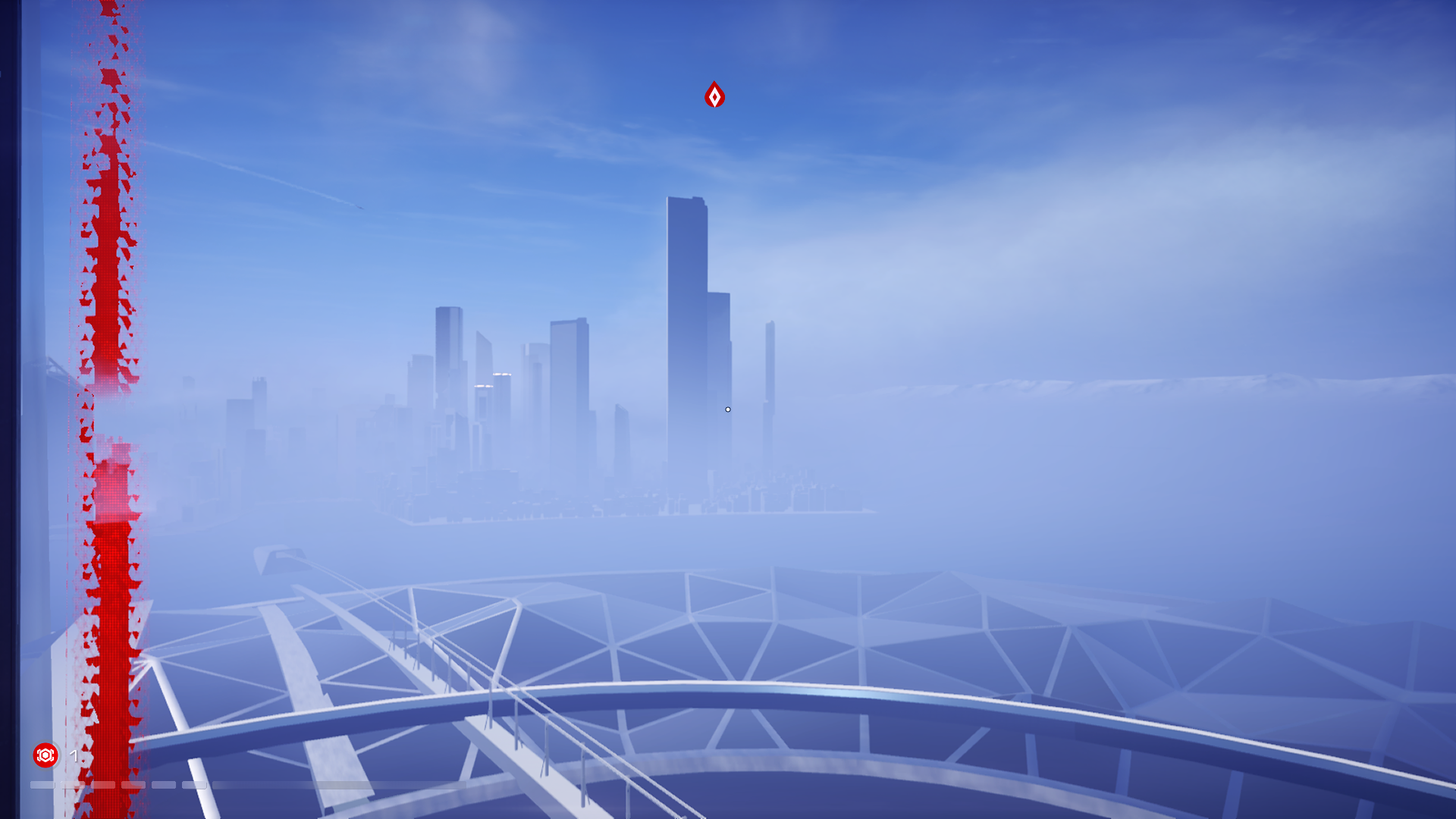
-
Mirrors Edge Catalyst Review 90
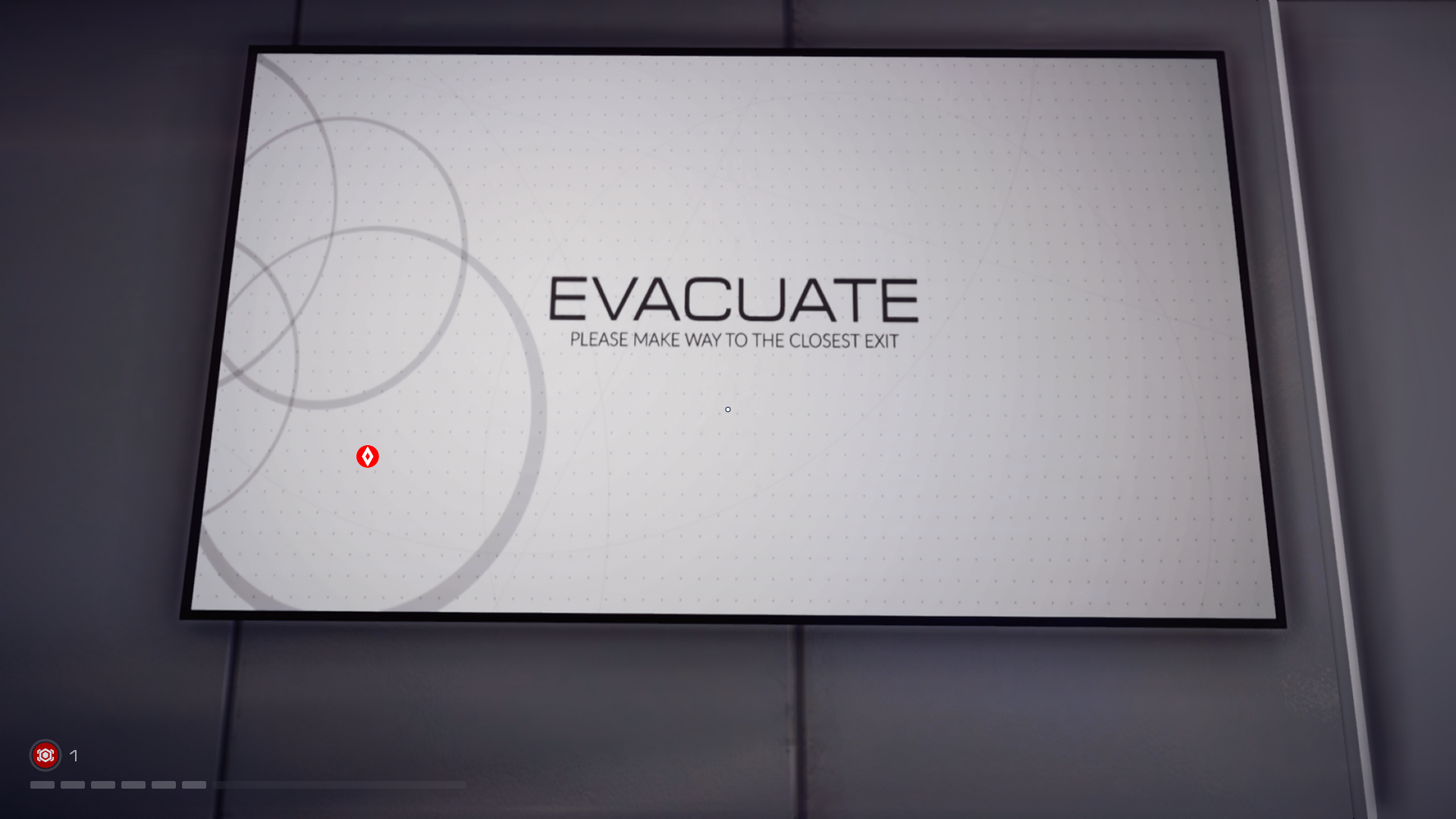
-
Mirrors Edge Catalyst Review 91
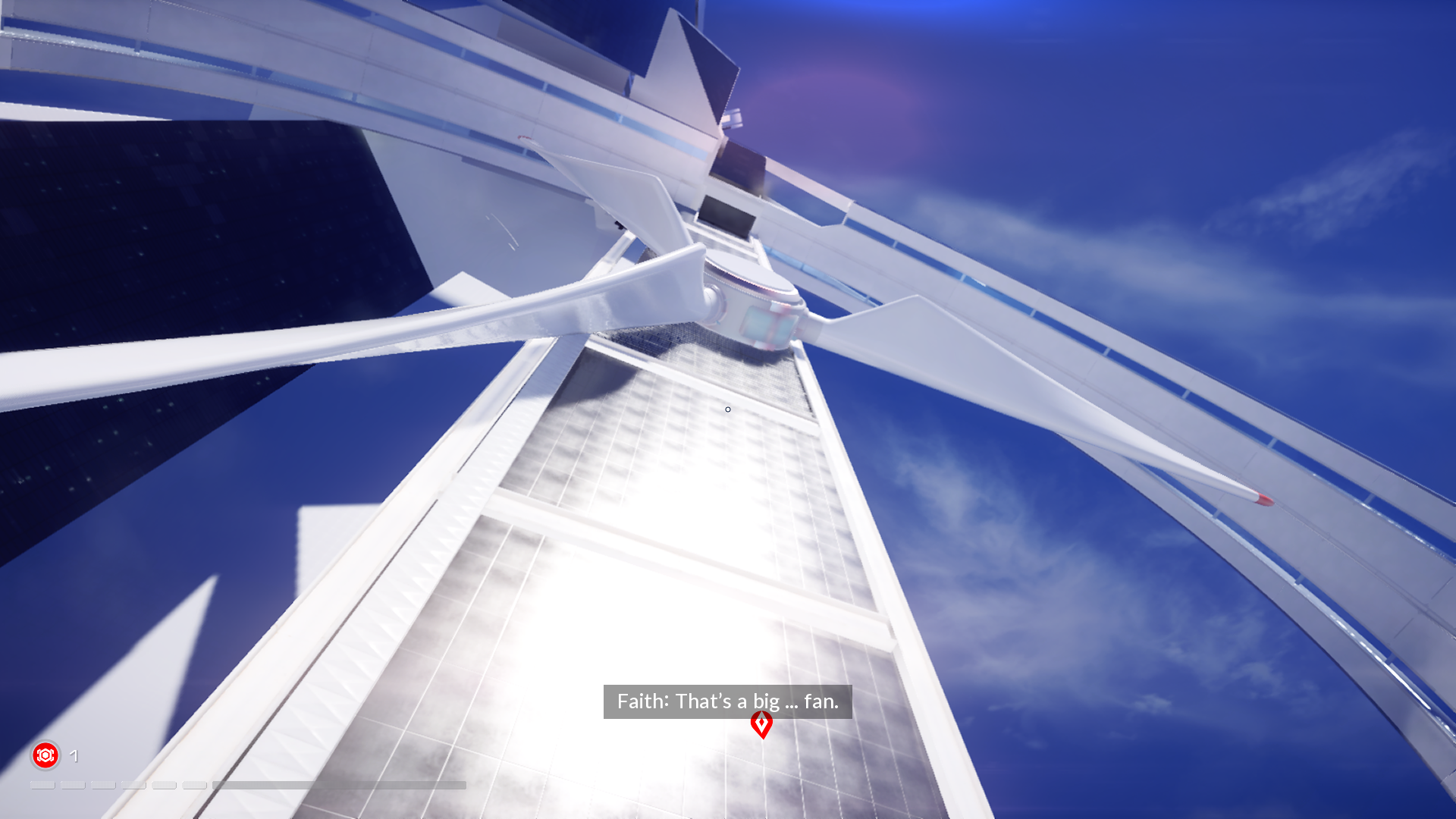
-
Mirrors Edge Catalyst Review 92
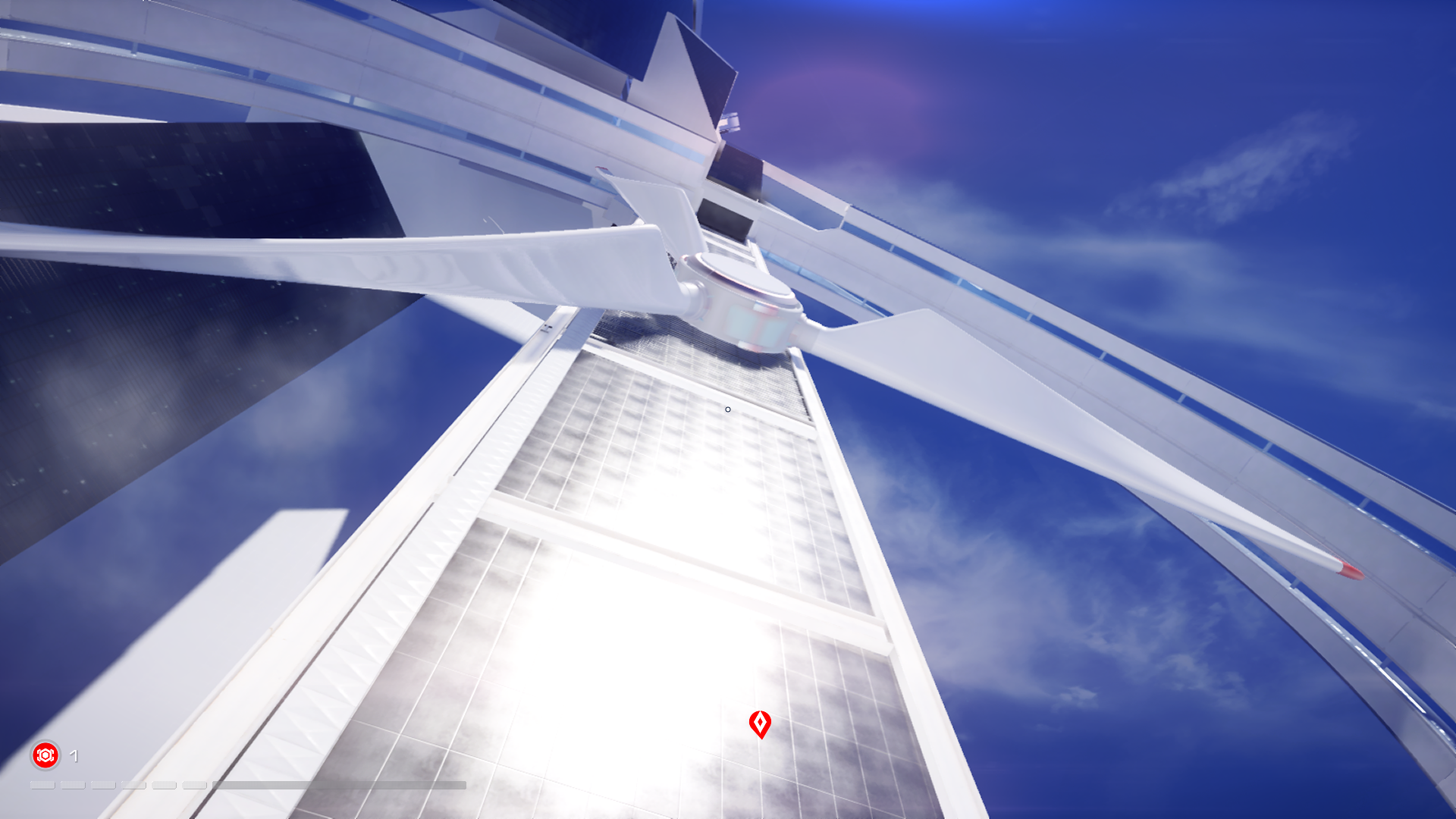
-
Mirrors Edge Catalyst Review 93
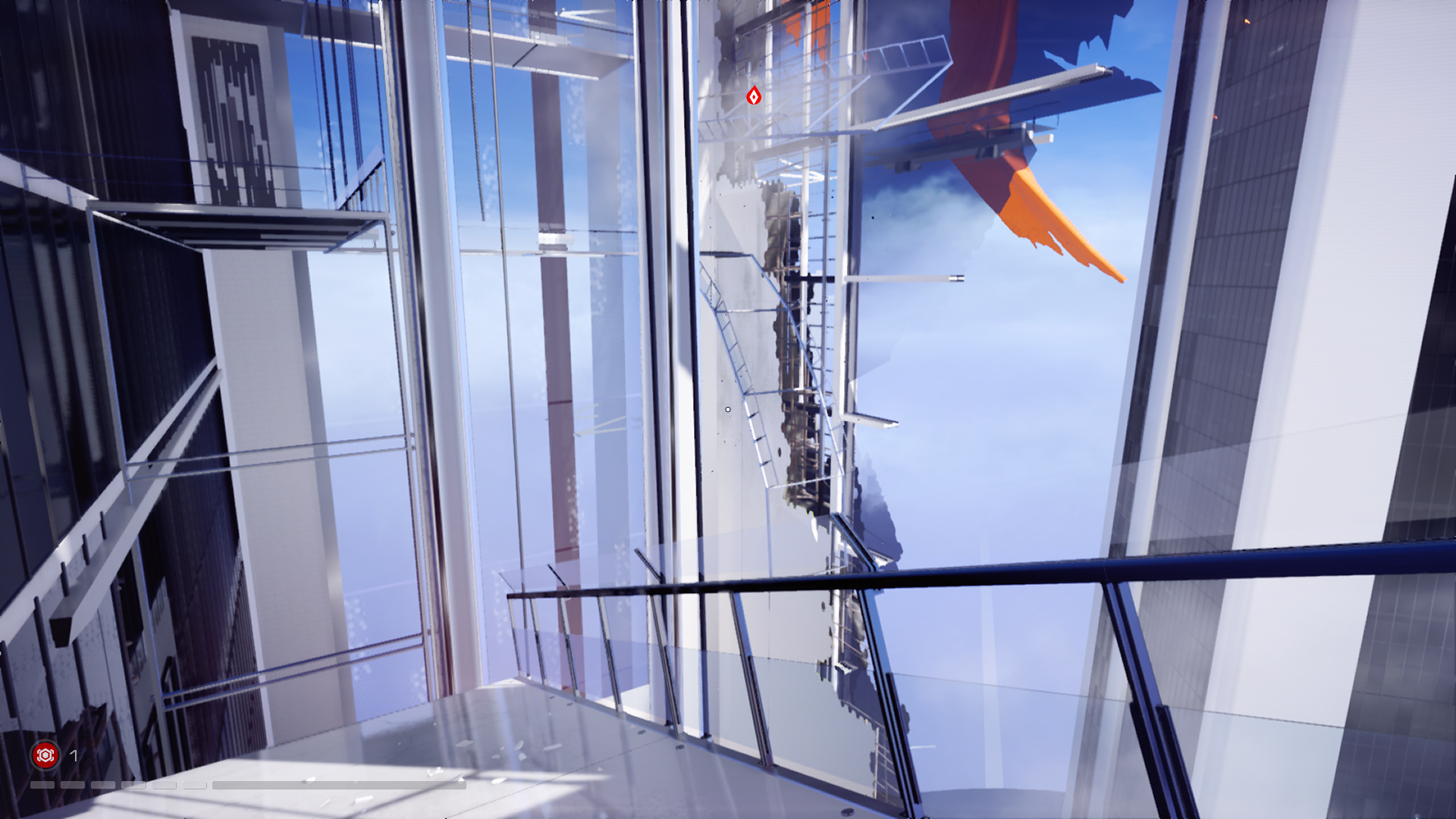
-
Mirrors Edge Catalyst Review 94
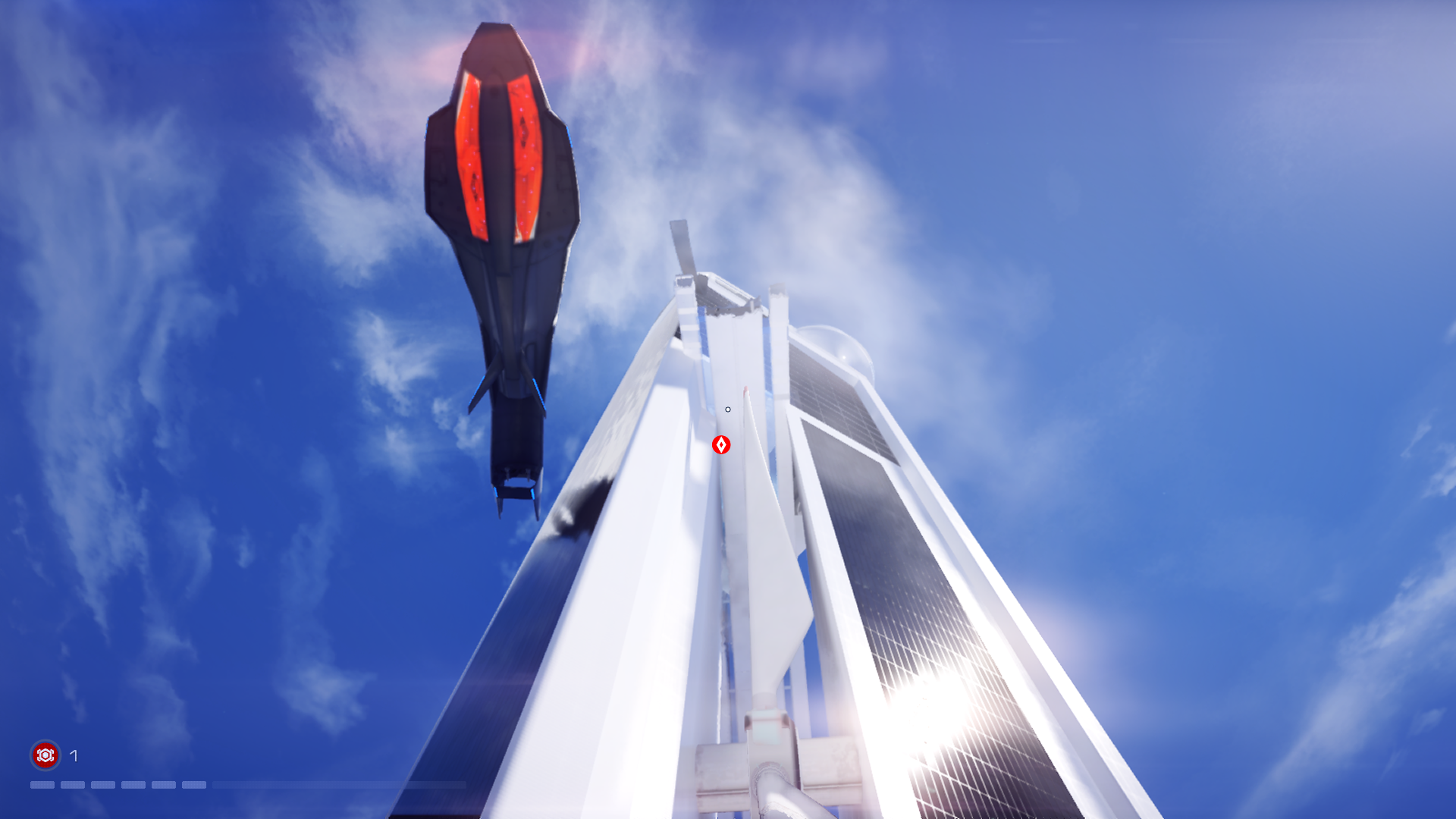
-
Mirrors Edge Catalyst Review 95
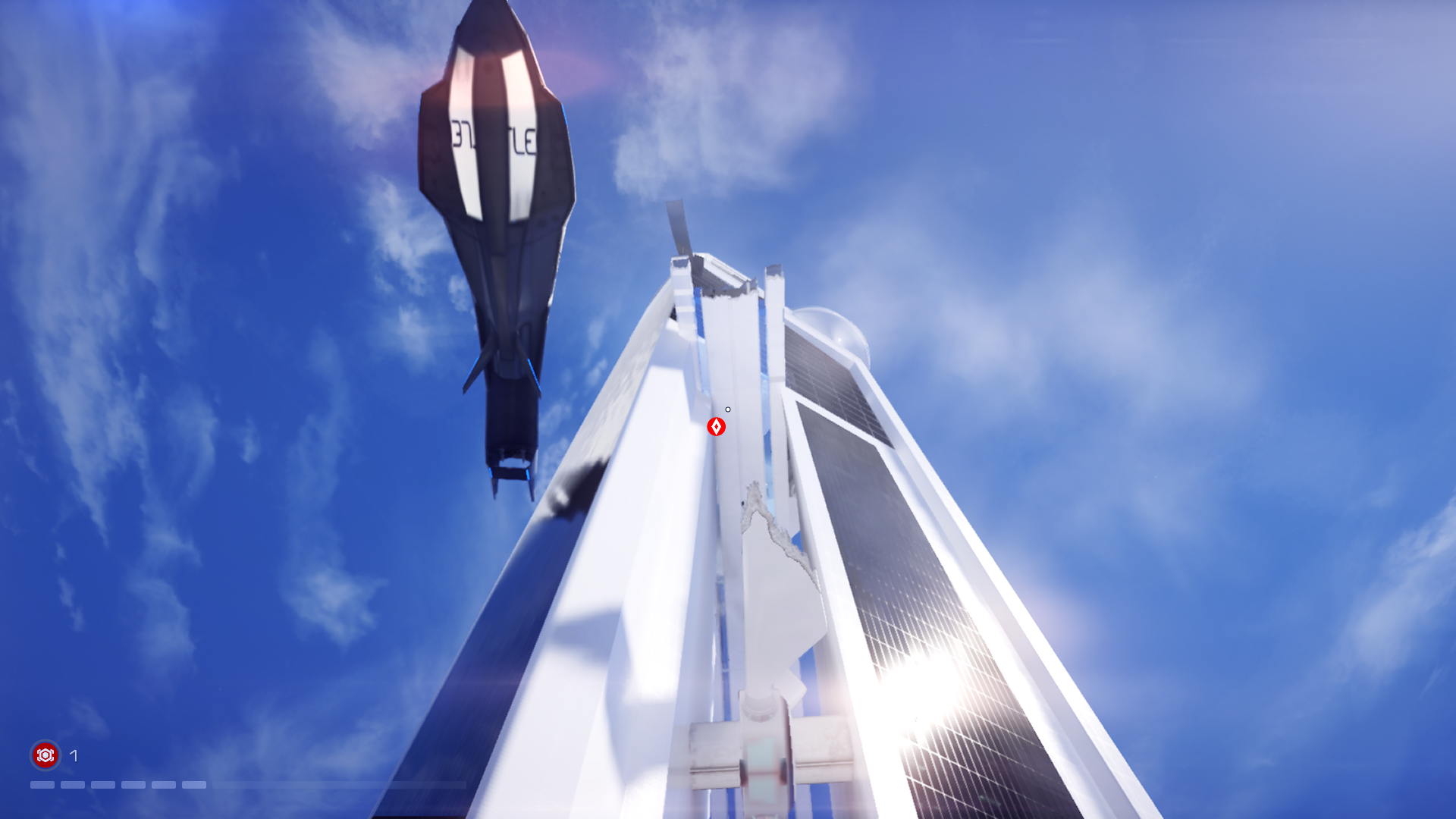
-
Mirrors Edge Catalyst Review 96
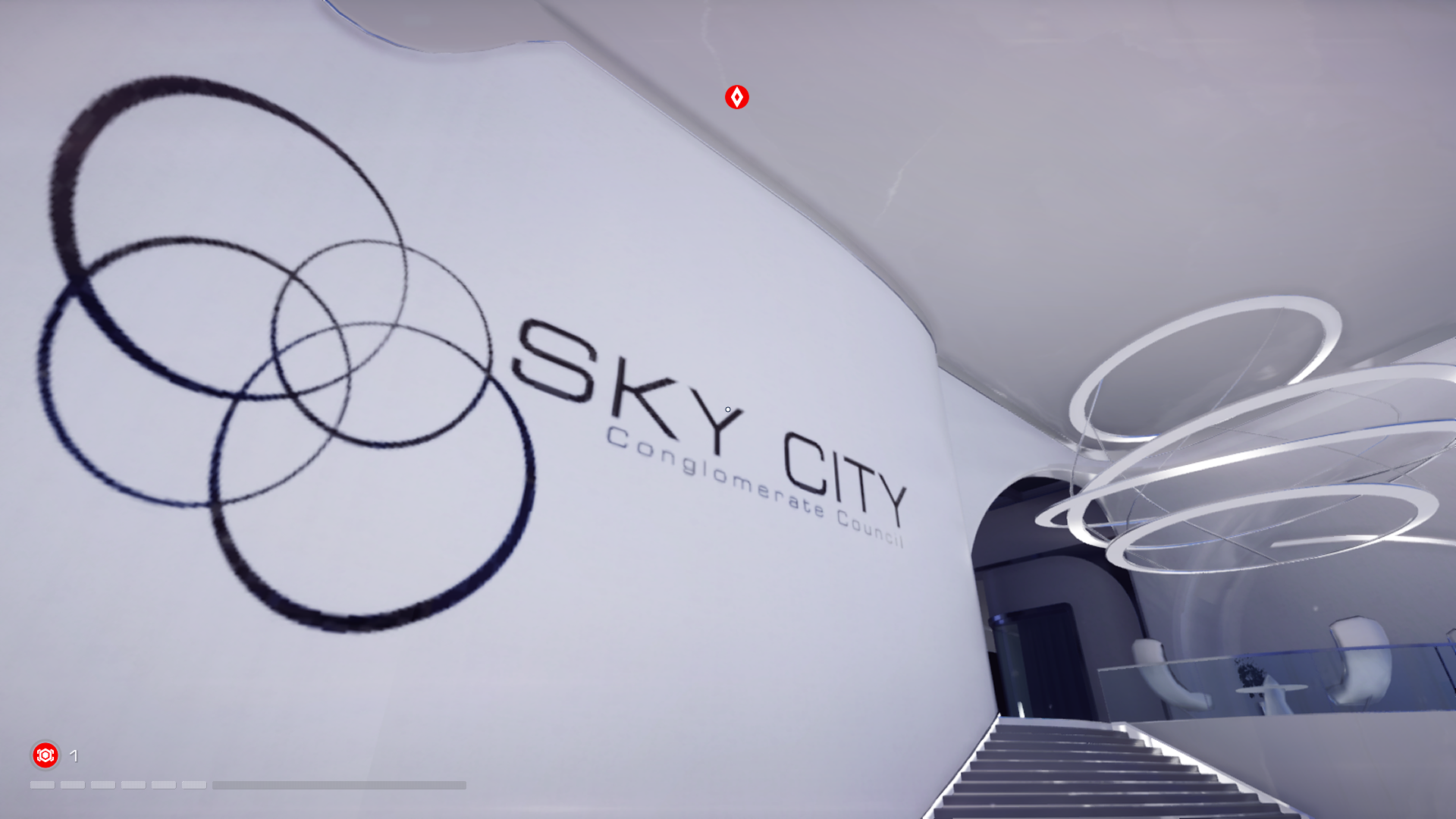
-
Mirrors Edge Catalyst Review 97
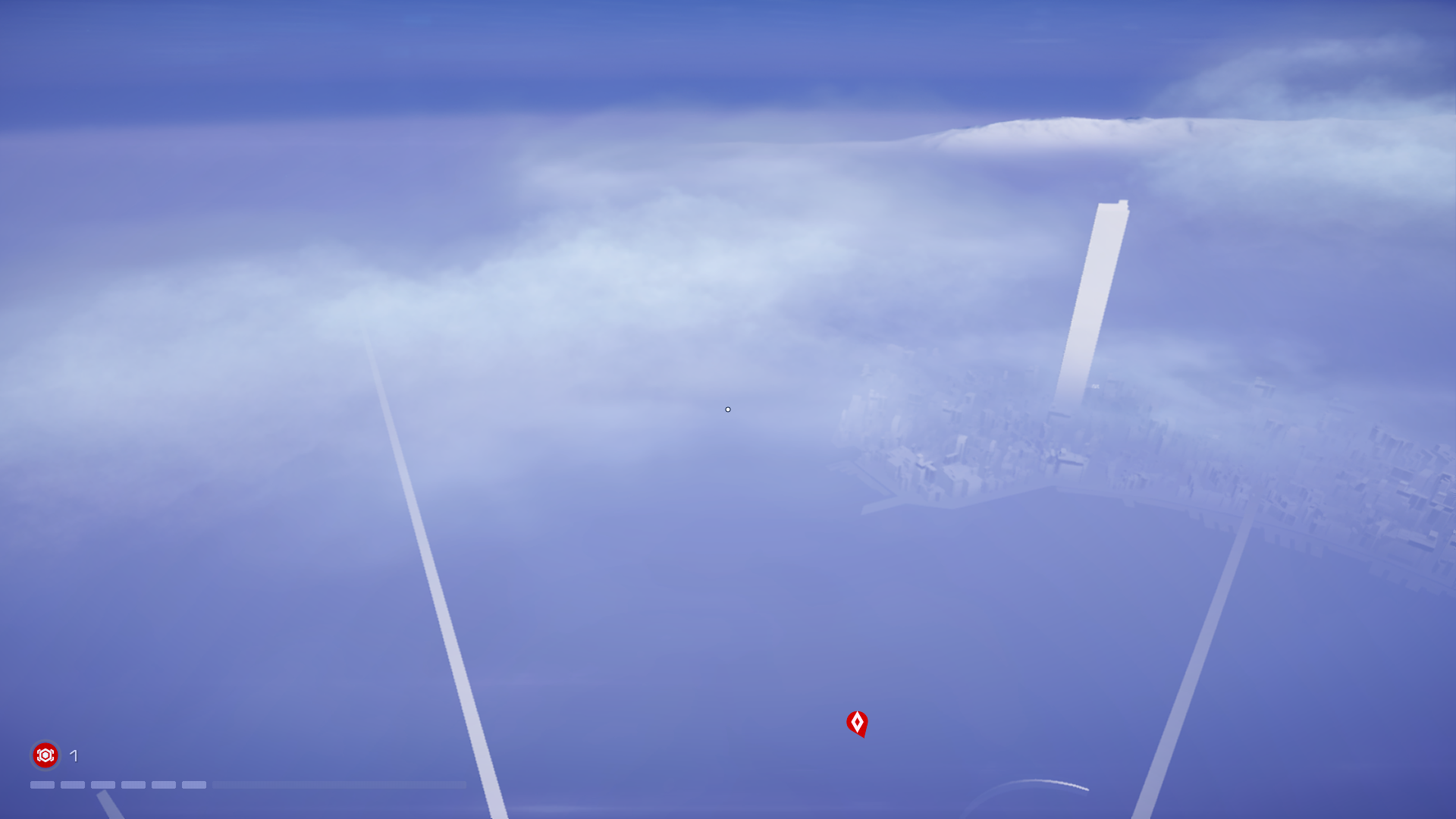
-
Mirrors Edge Catalyst Review 98
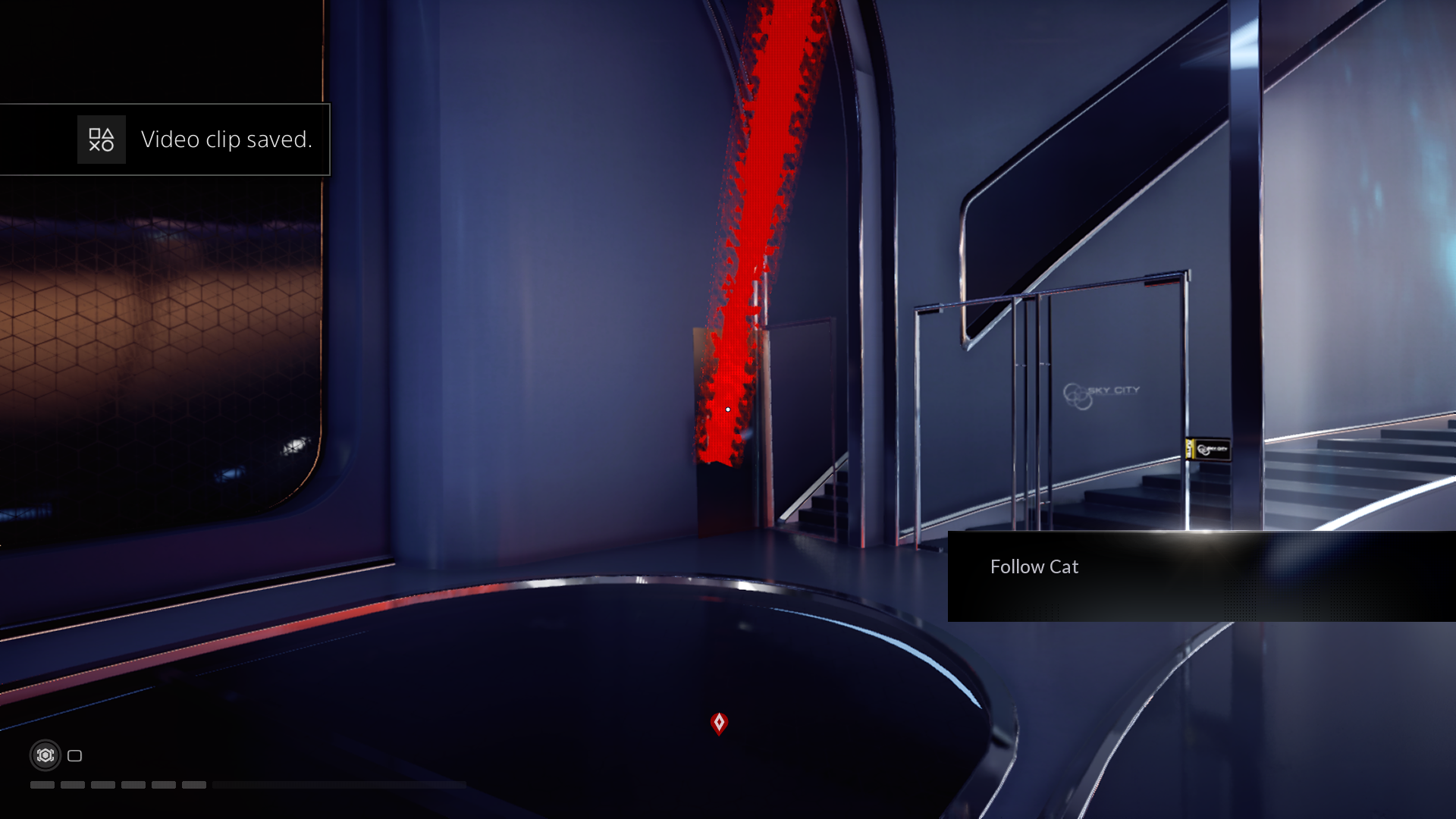
-
Mirrors Edge Catalyst Review 99
